
Windham Manufacturing Company
The Windham Manufacturing Company's Willimantic
mills are seen here in 1907. This Company was
organized in 1824, and became one of America's
largest producers of "duck cloth" used
extensively in sailing ship sails. The mills
closed for cotton cloth production in 1928, but
were home for several industrie |

Windham Manufacturing Company
The Windham Manufacturing Company's mills were
located on Bridge Street. The buildings were
later occupied by the Quidnick-Windham Company,
a silk manufacturing company, and after World
War Two by the Electromotive Company.
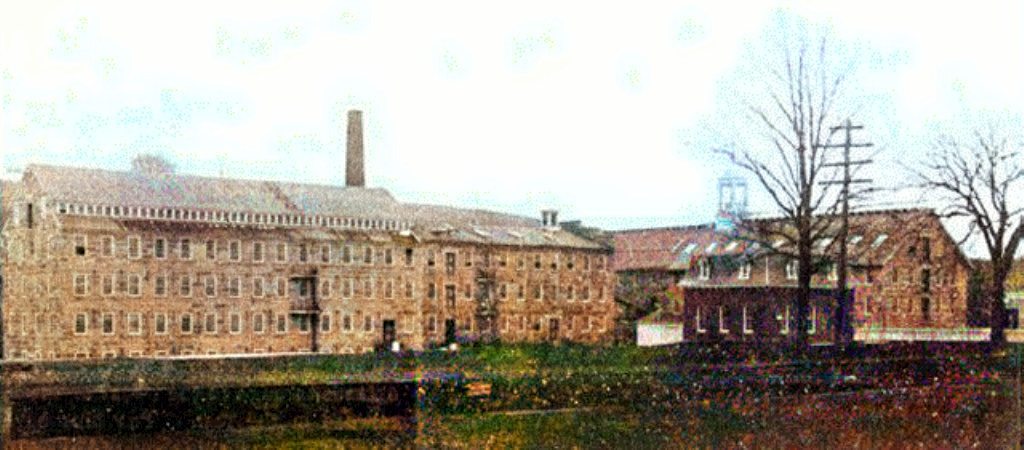 |
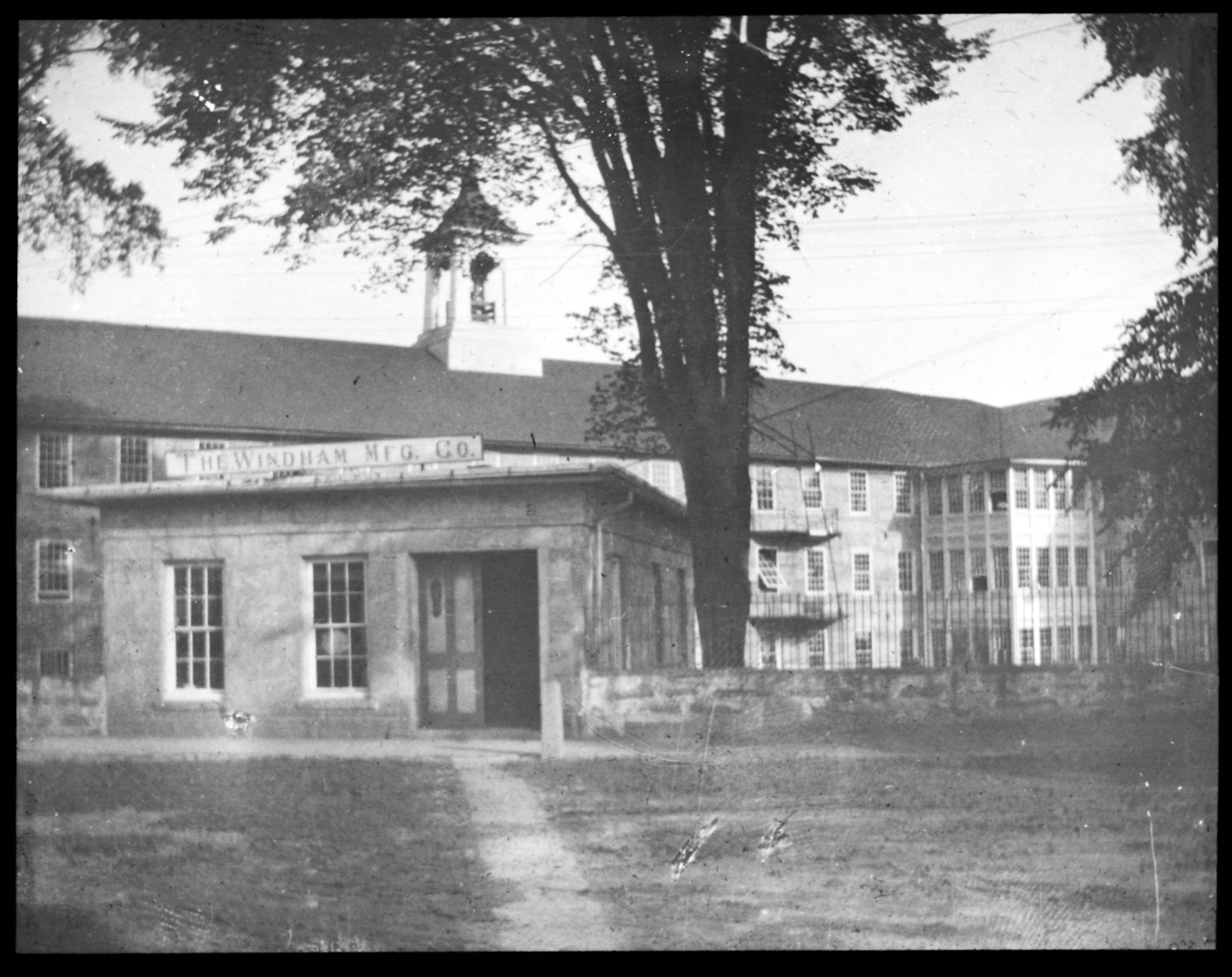
Windham
Manufacturing Company
The Windham Manufacturing Company. In the early
1800s, the mill started out as “Smithville
Manufacturing” (and was known locally as “The
Hayden Mill”). It was bought by the
Quidnick-Windham Manufacturing Company and
produced broadcloth for men's suits as well as
“duck cloth (canvas)”. In 1909 it added a power
plant with its 200 foot high smoke stack. In
1924 it became Windham Manufacturing Co.
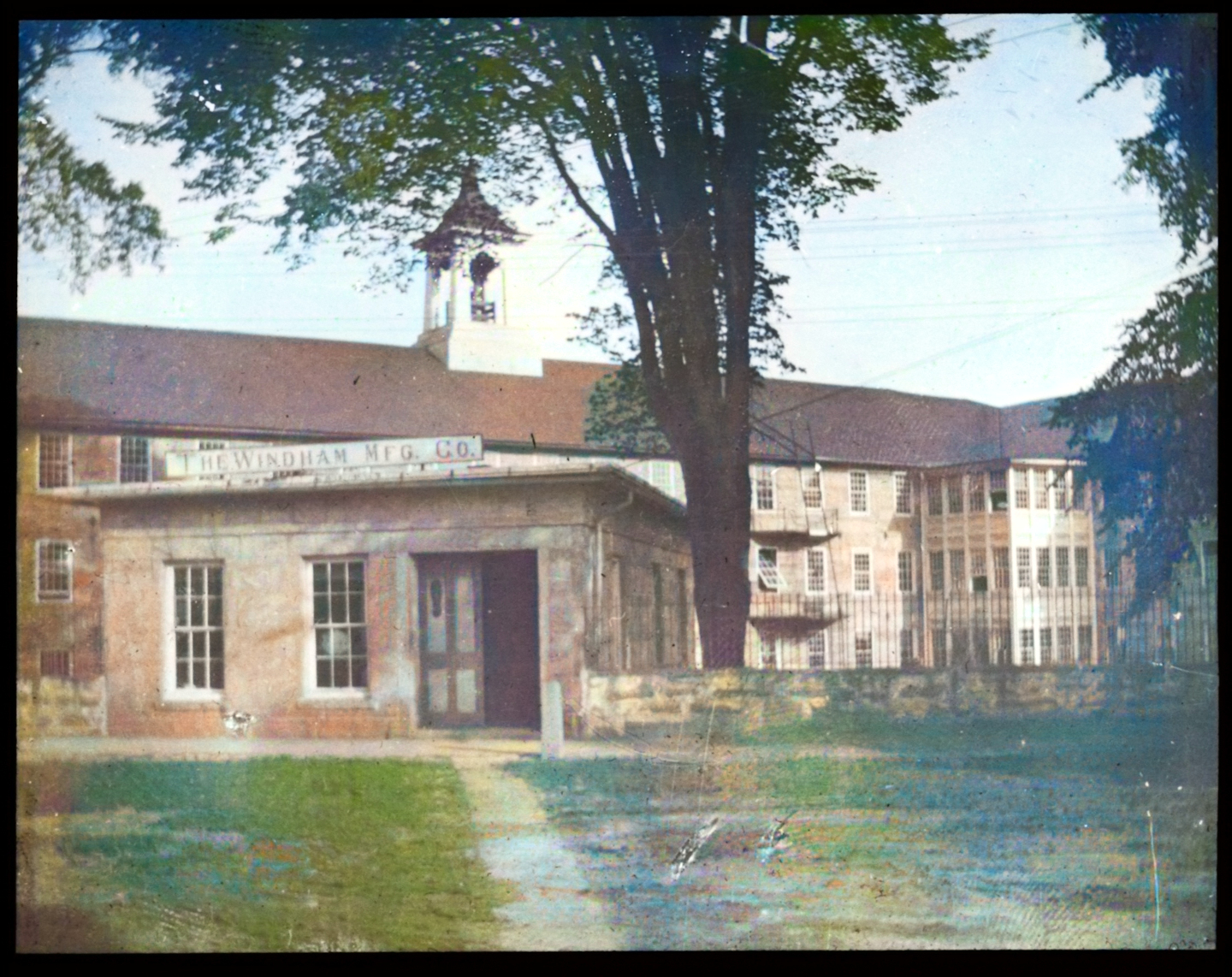 |
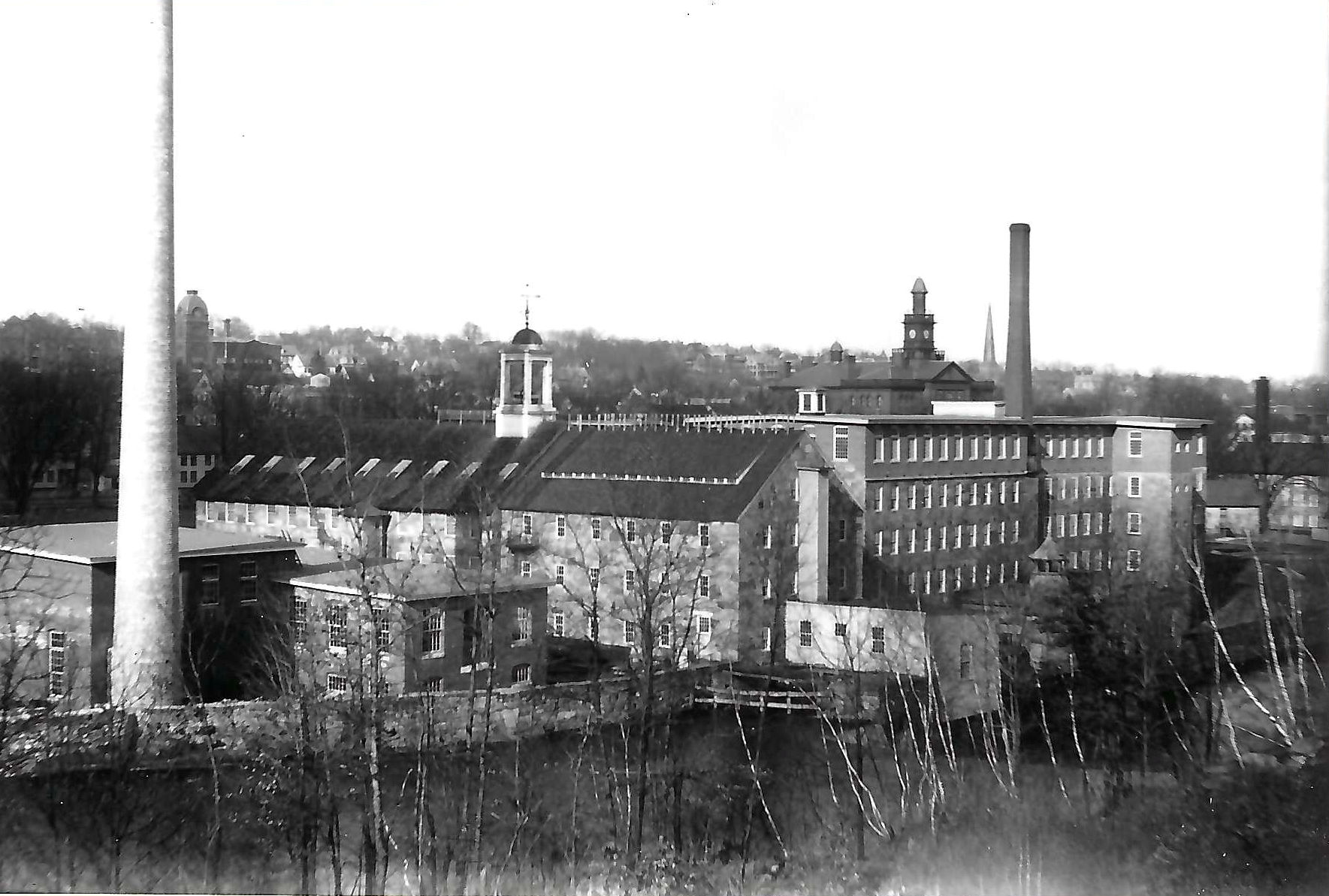
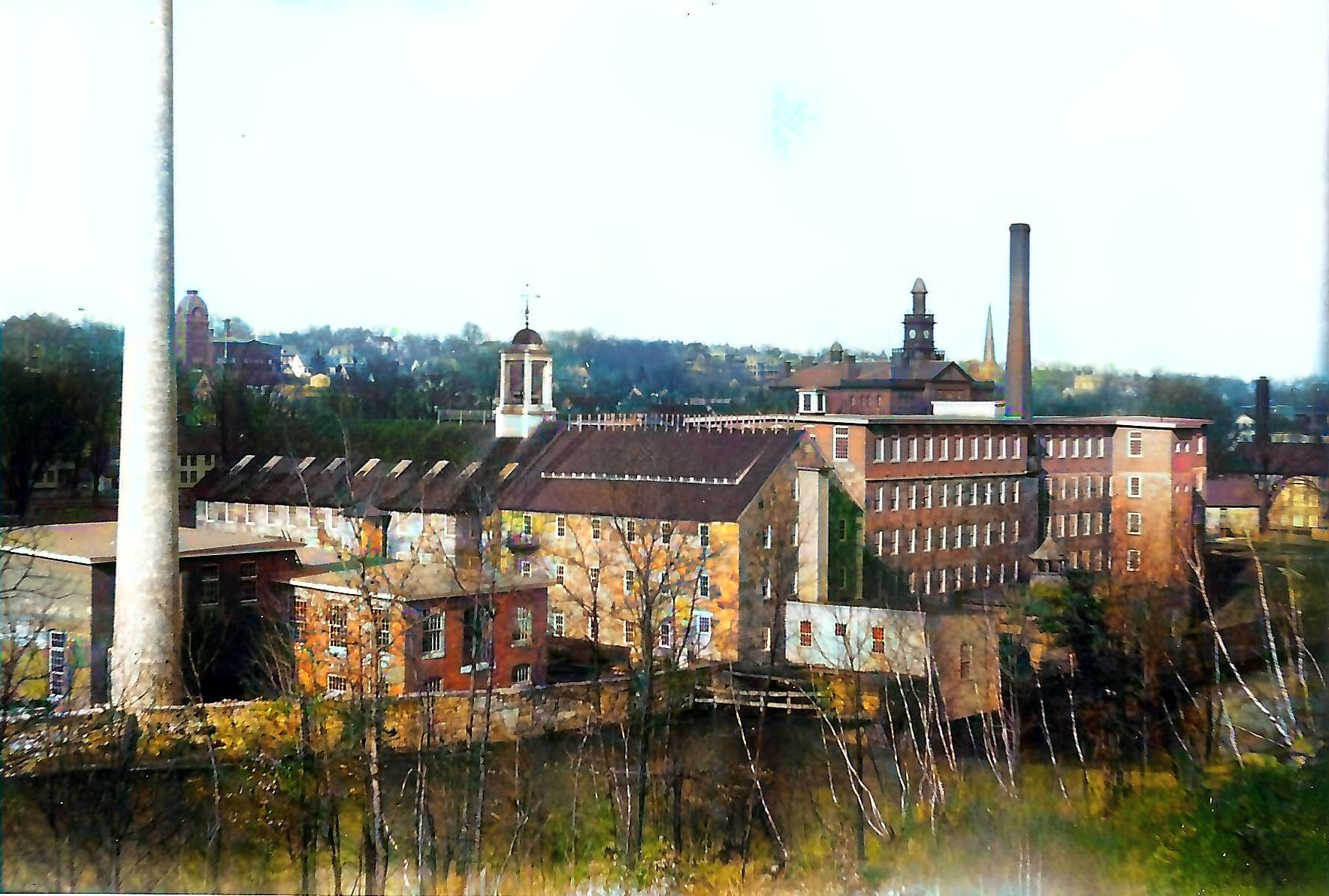 |
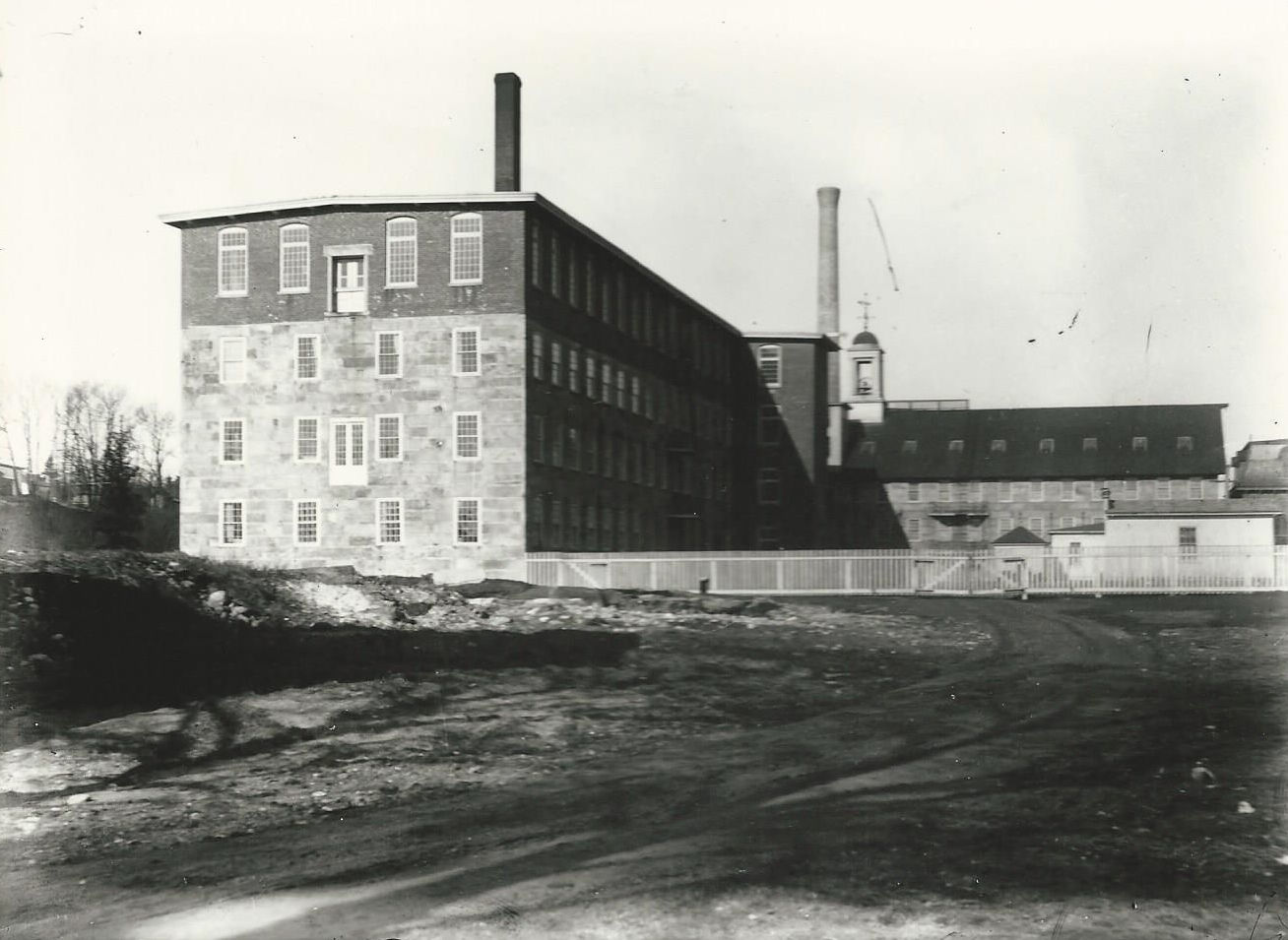
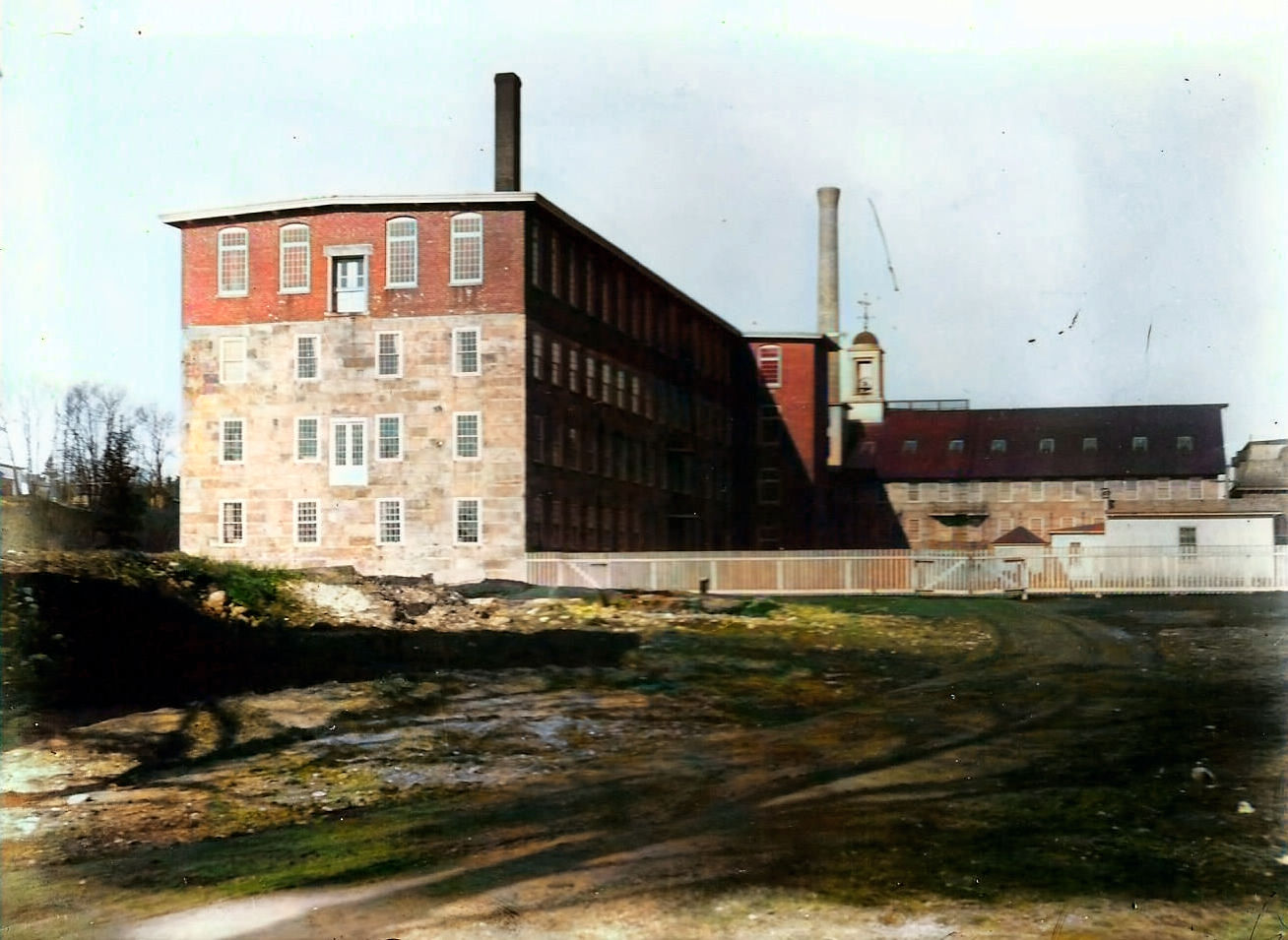 |
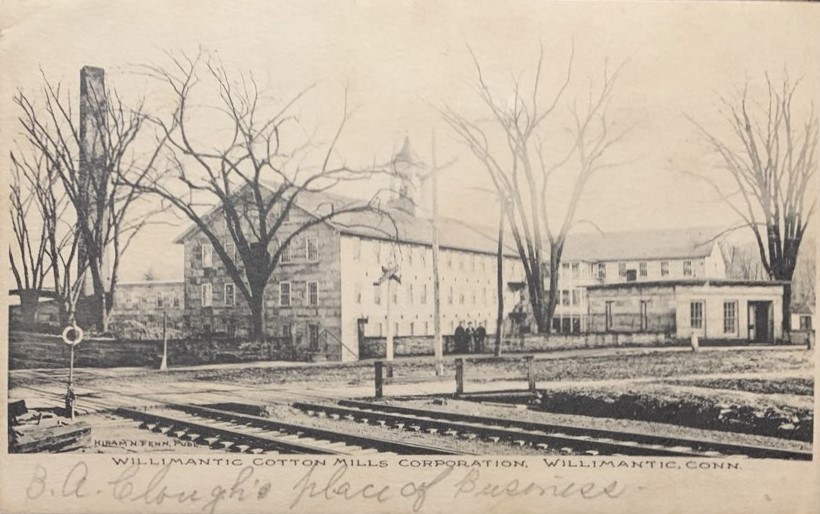
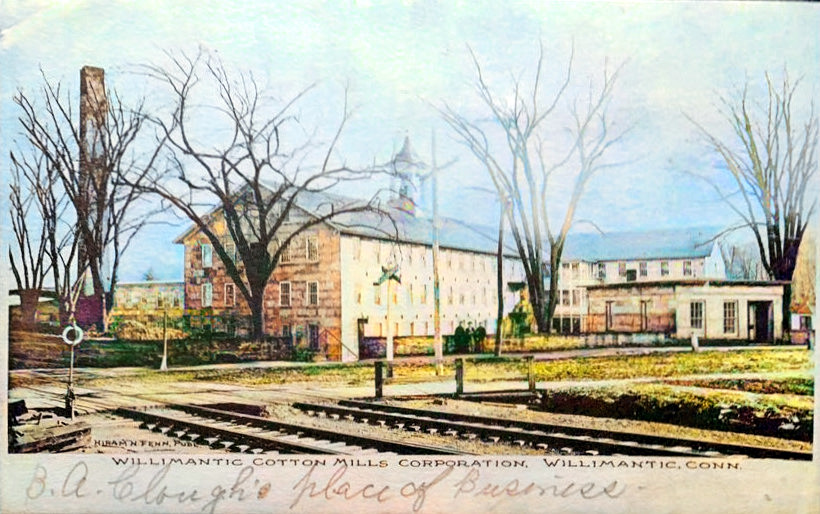 |
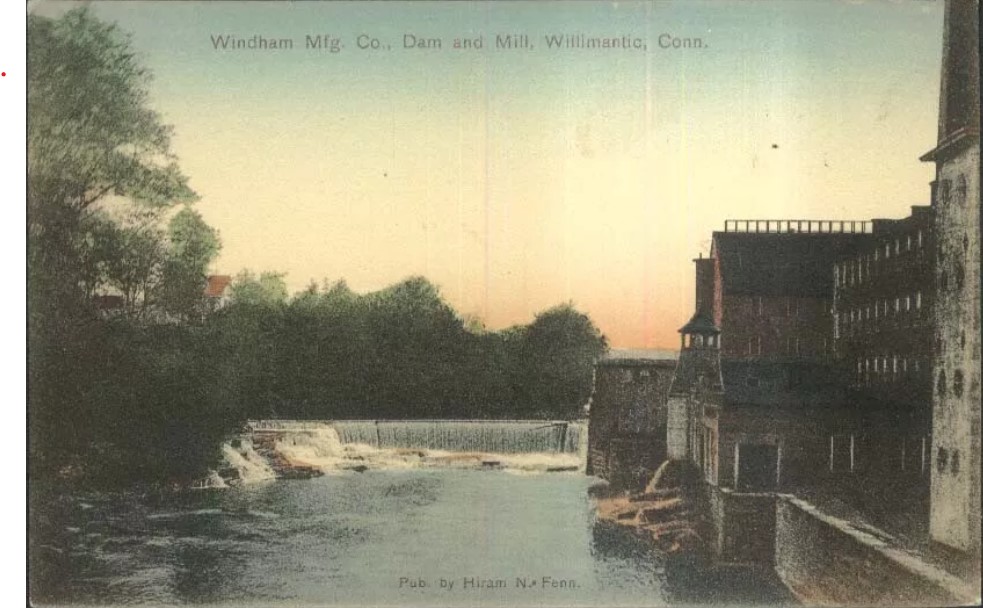 |
|
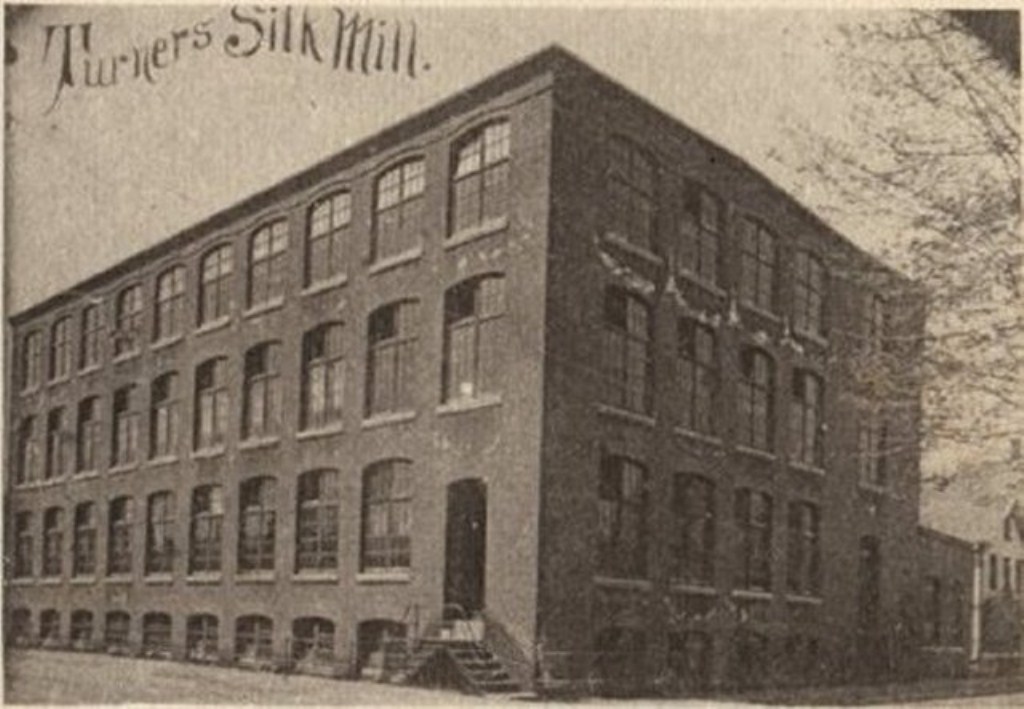
Turner Silk
Mill
The Turner Silk Mill,
stood on the western corner of Bank St.and
Valley St. It was built in 1888. The company
went into liquidation in 1917, and was later
used by the Willimantic Trade School. It was
demolished in 1970.
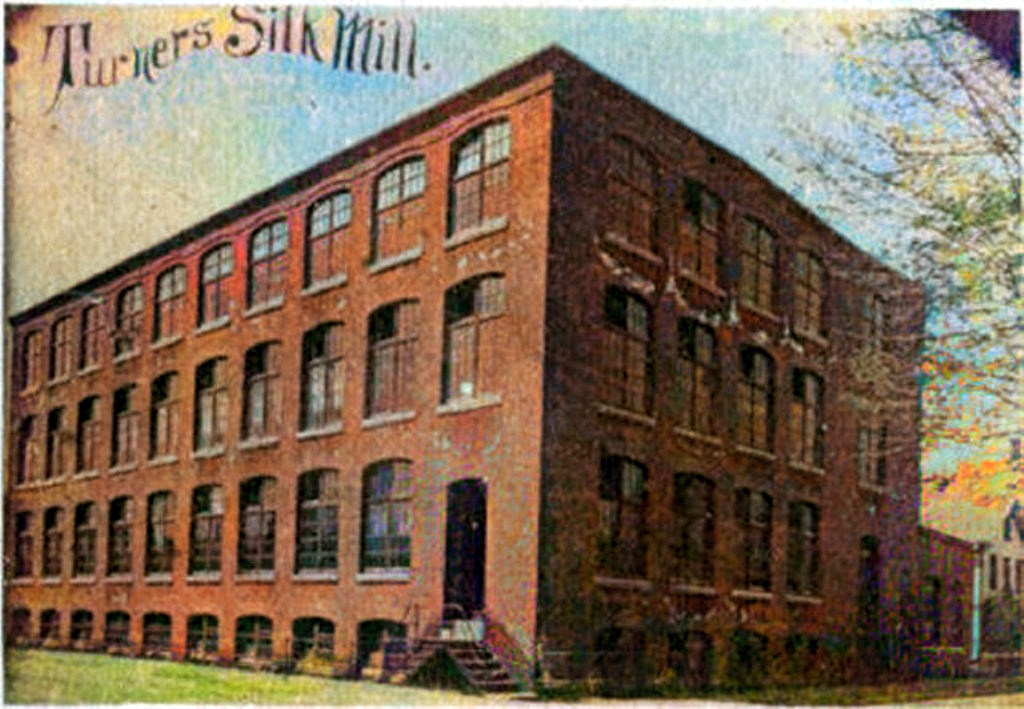 |
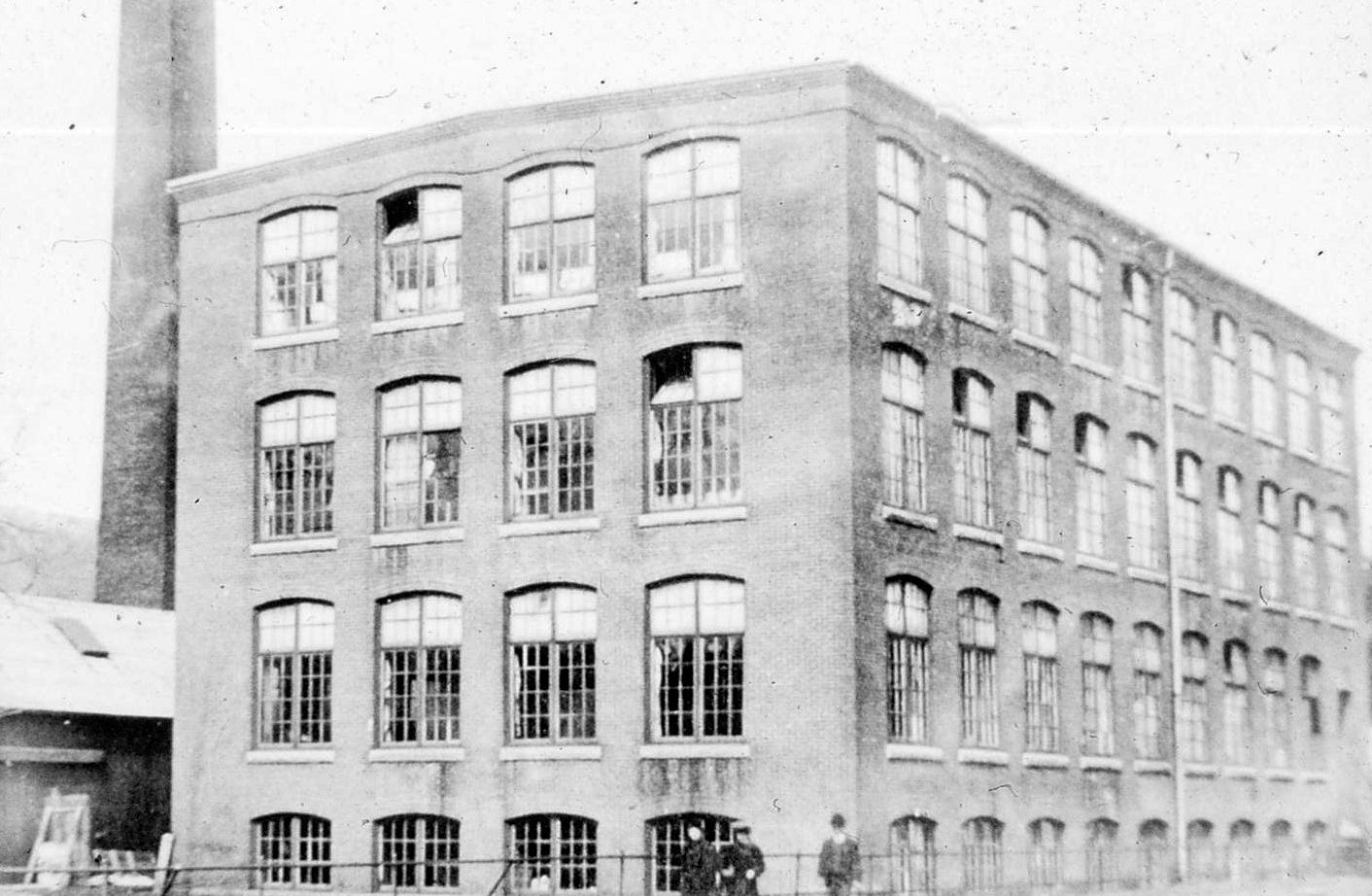
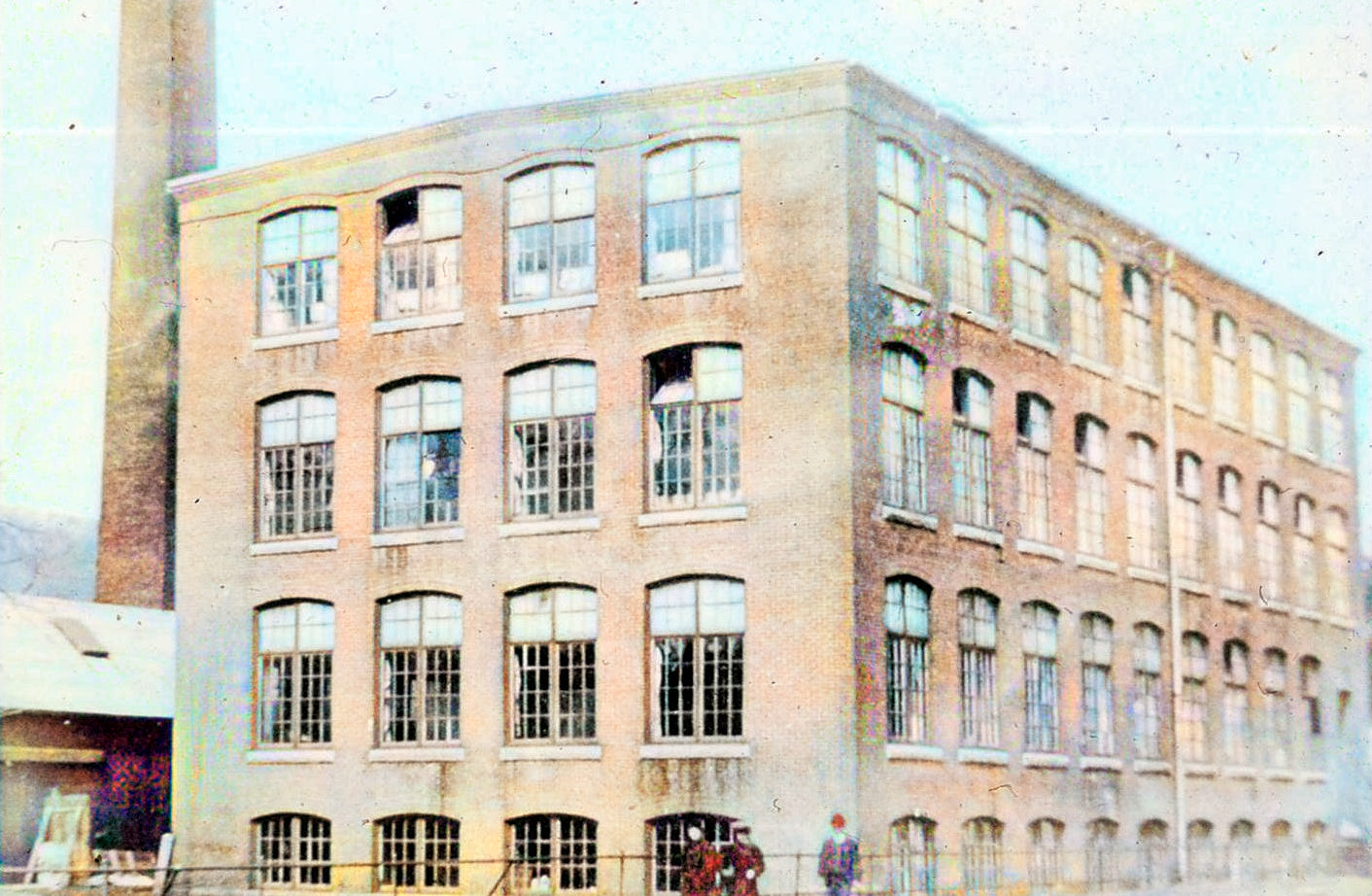 |
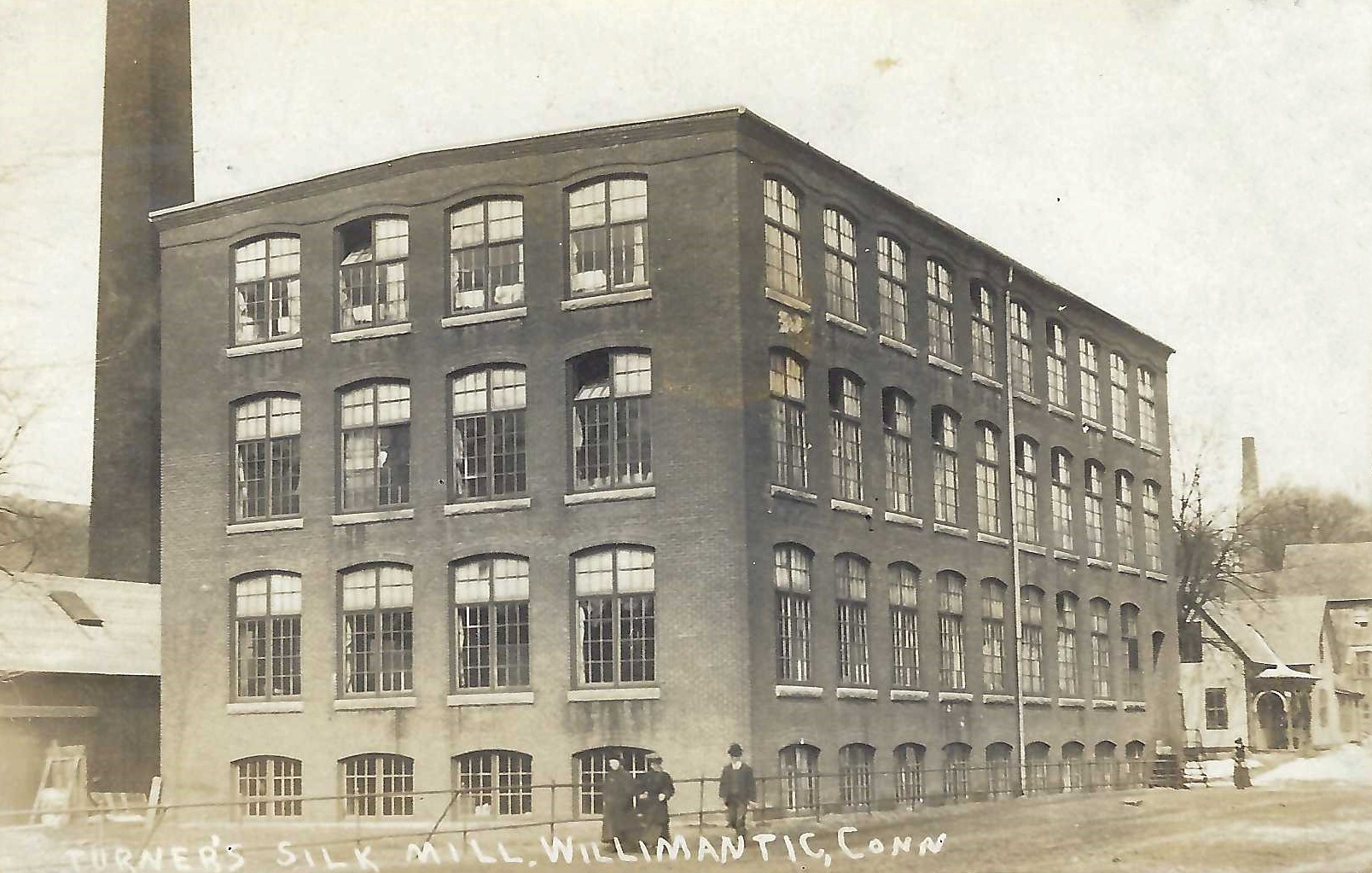
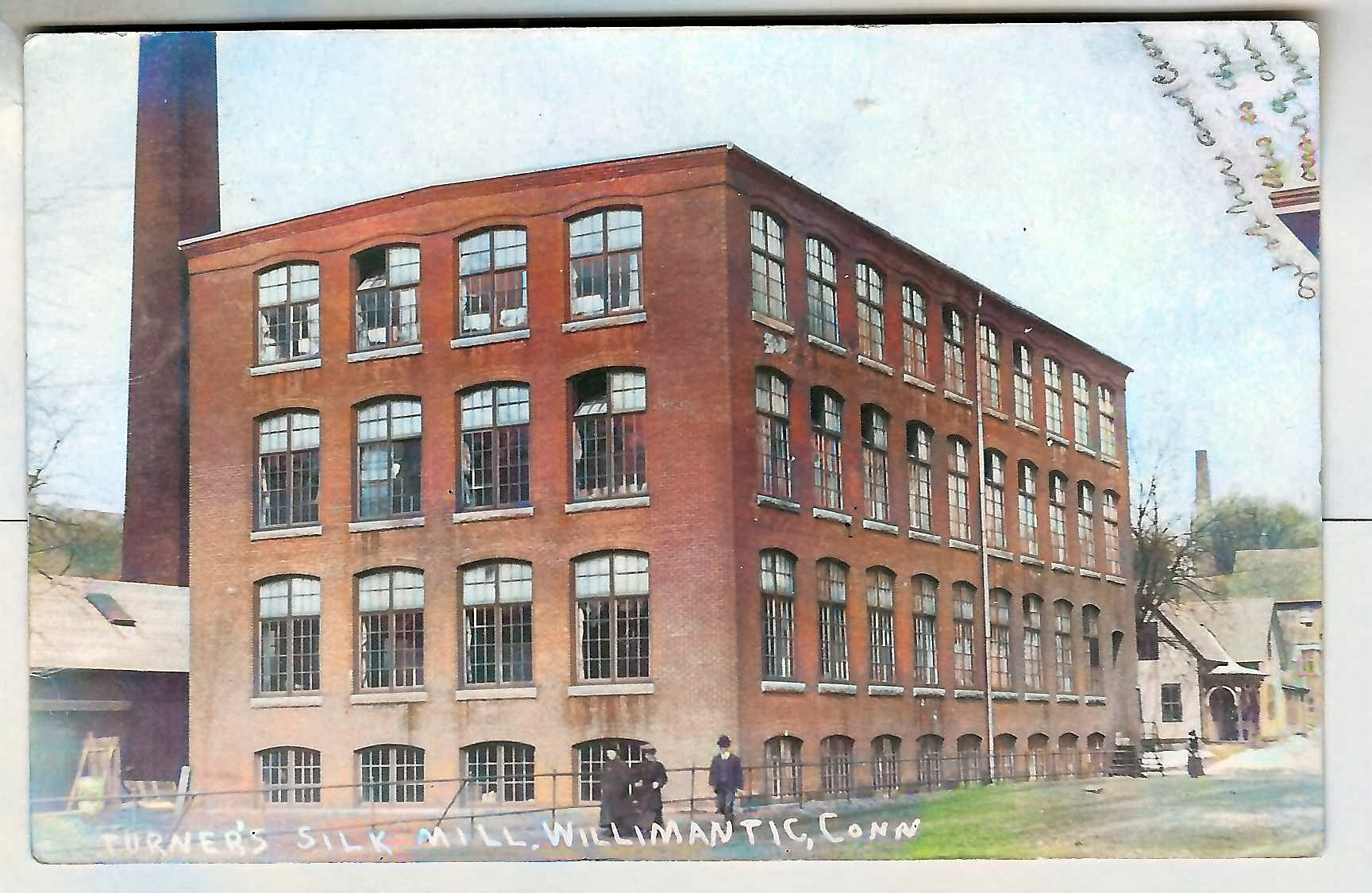 |
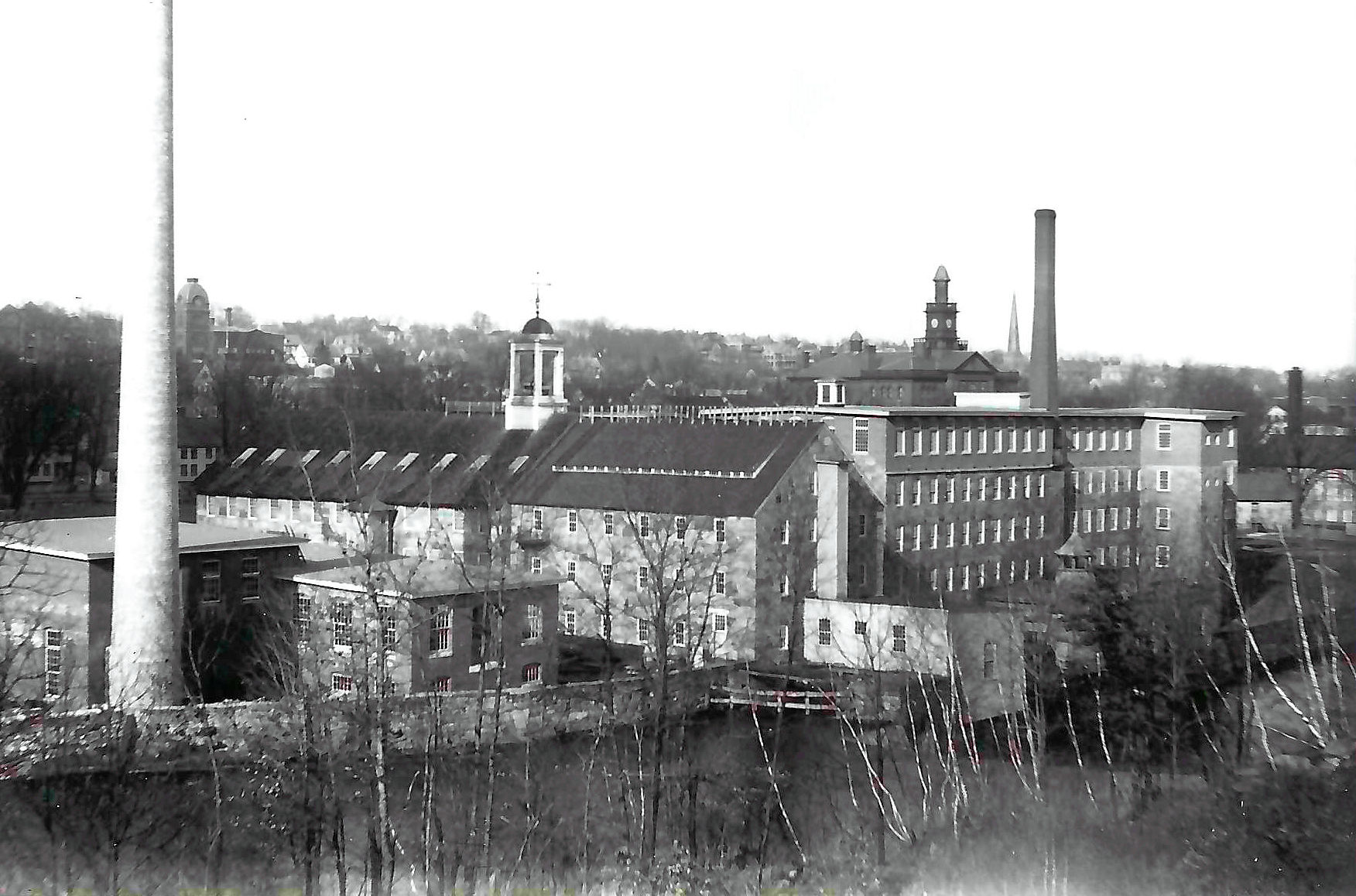
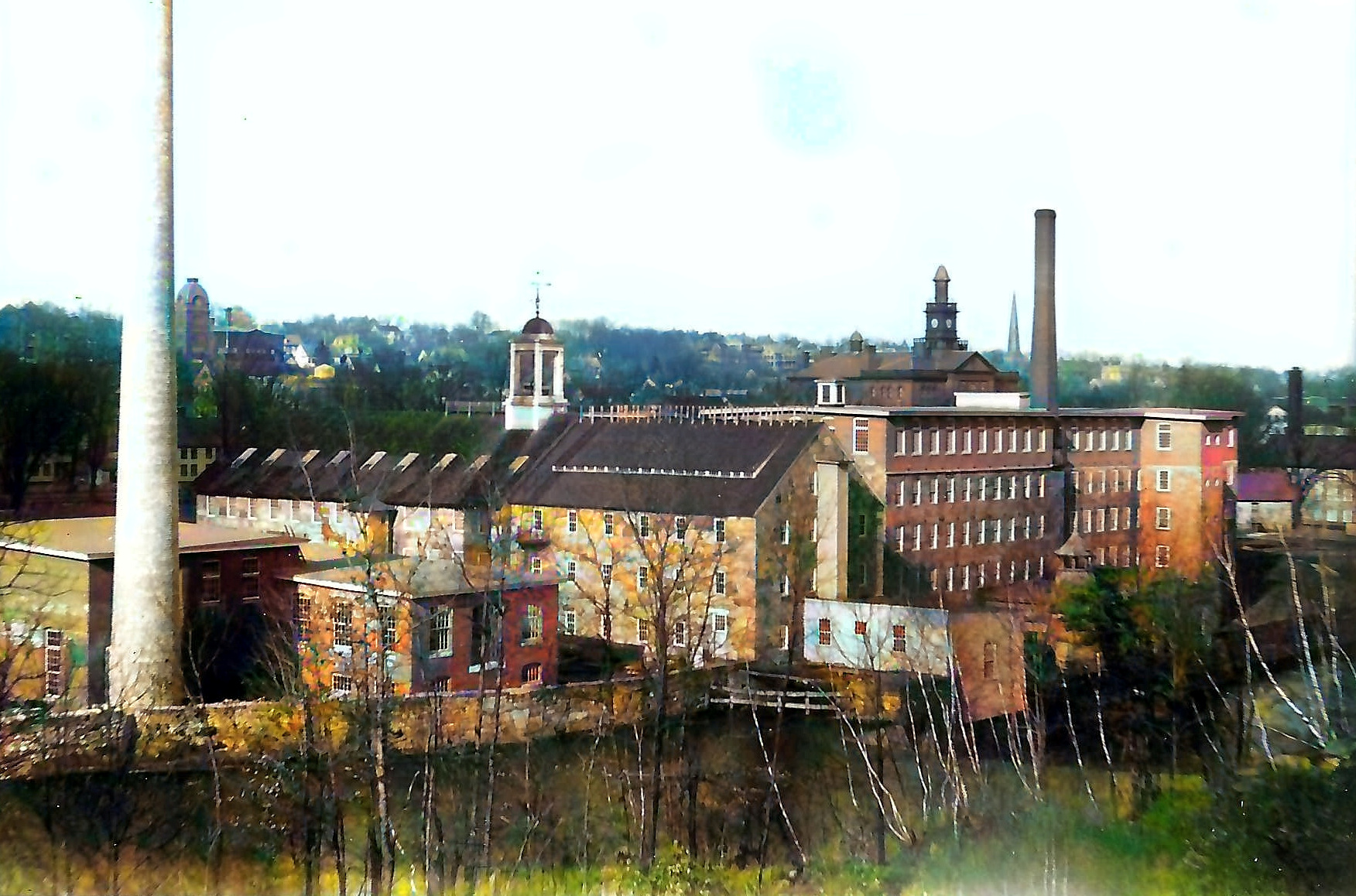 |
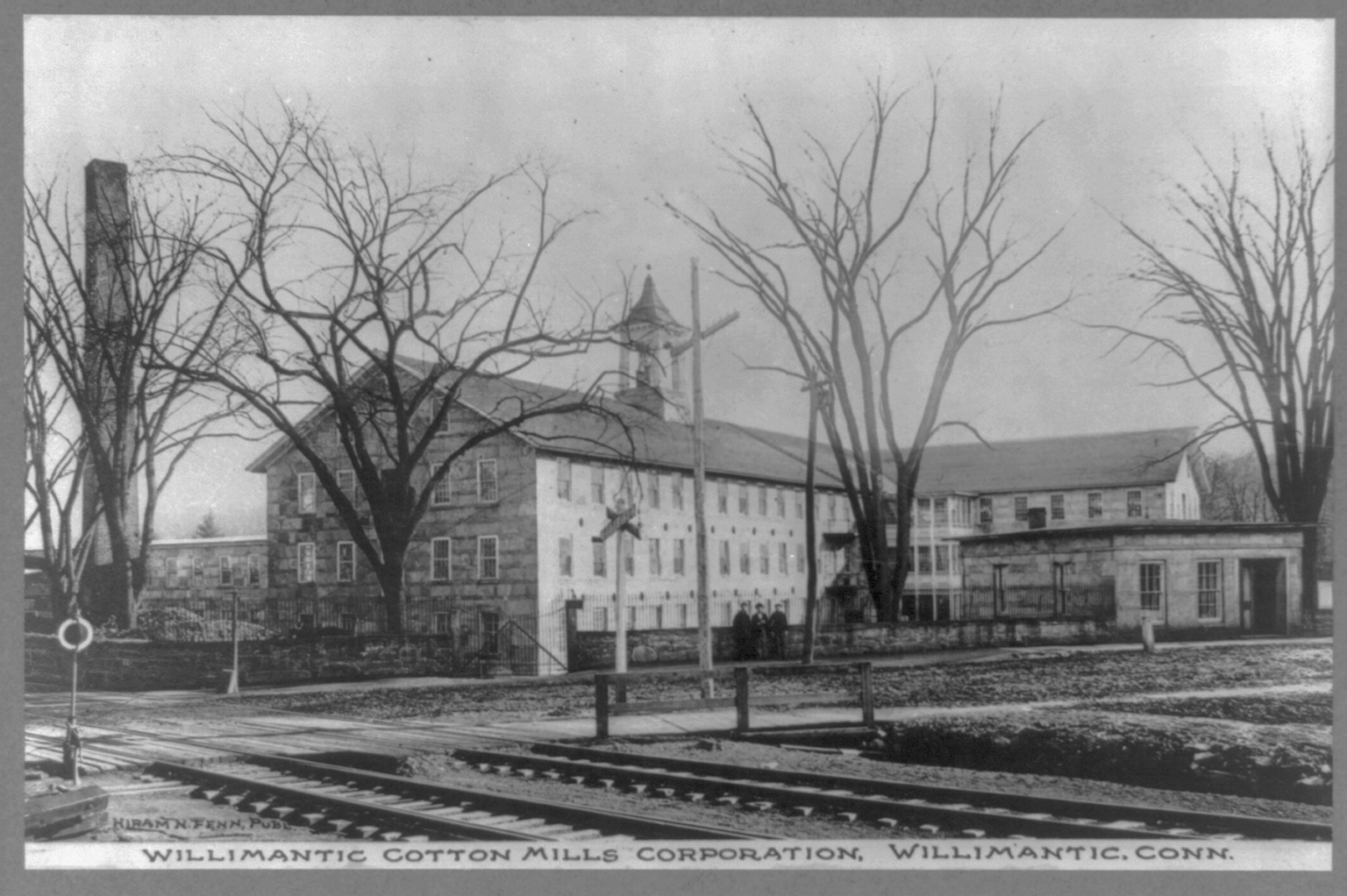
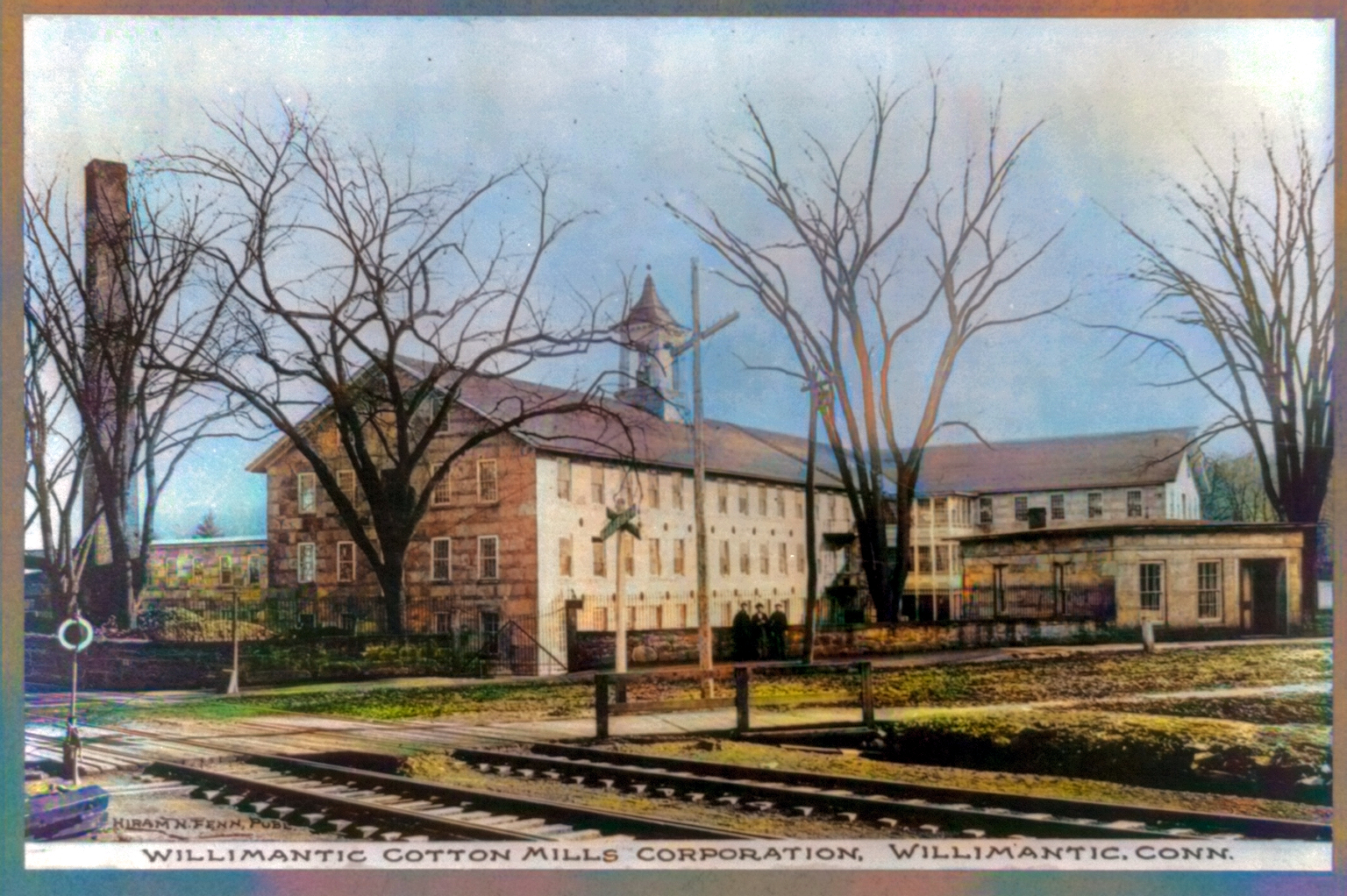
|
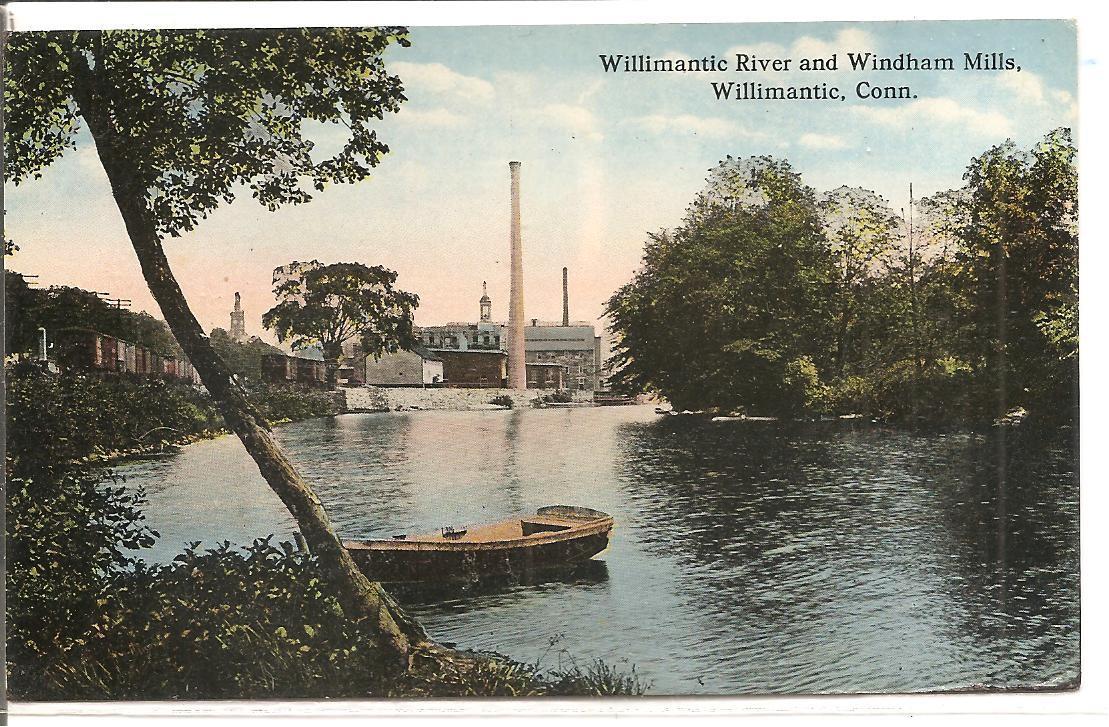 |
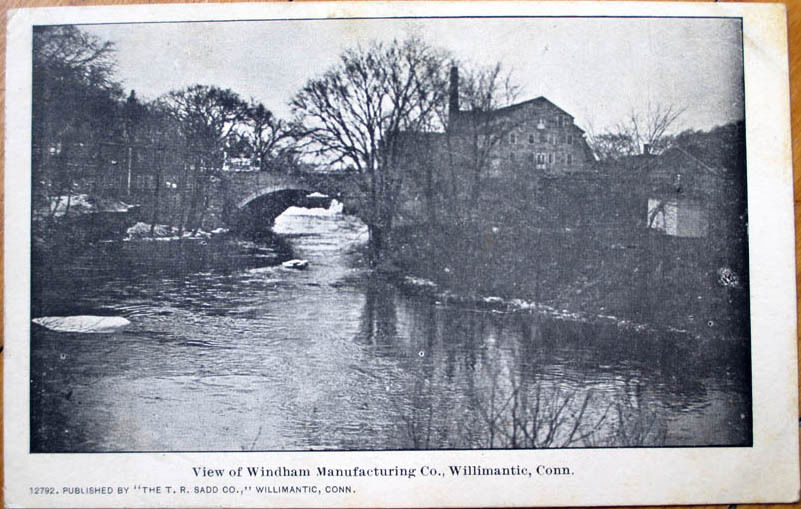
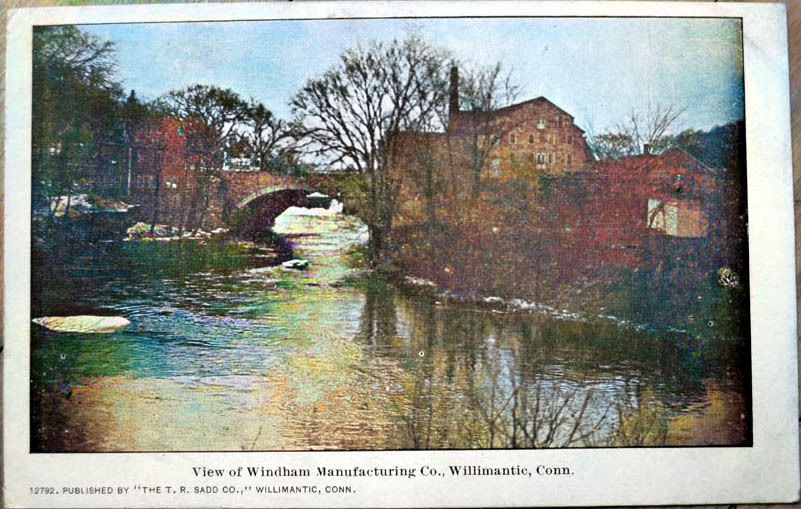 |
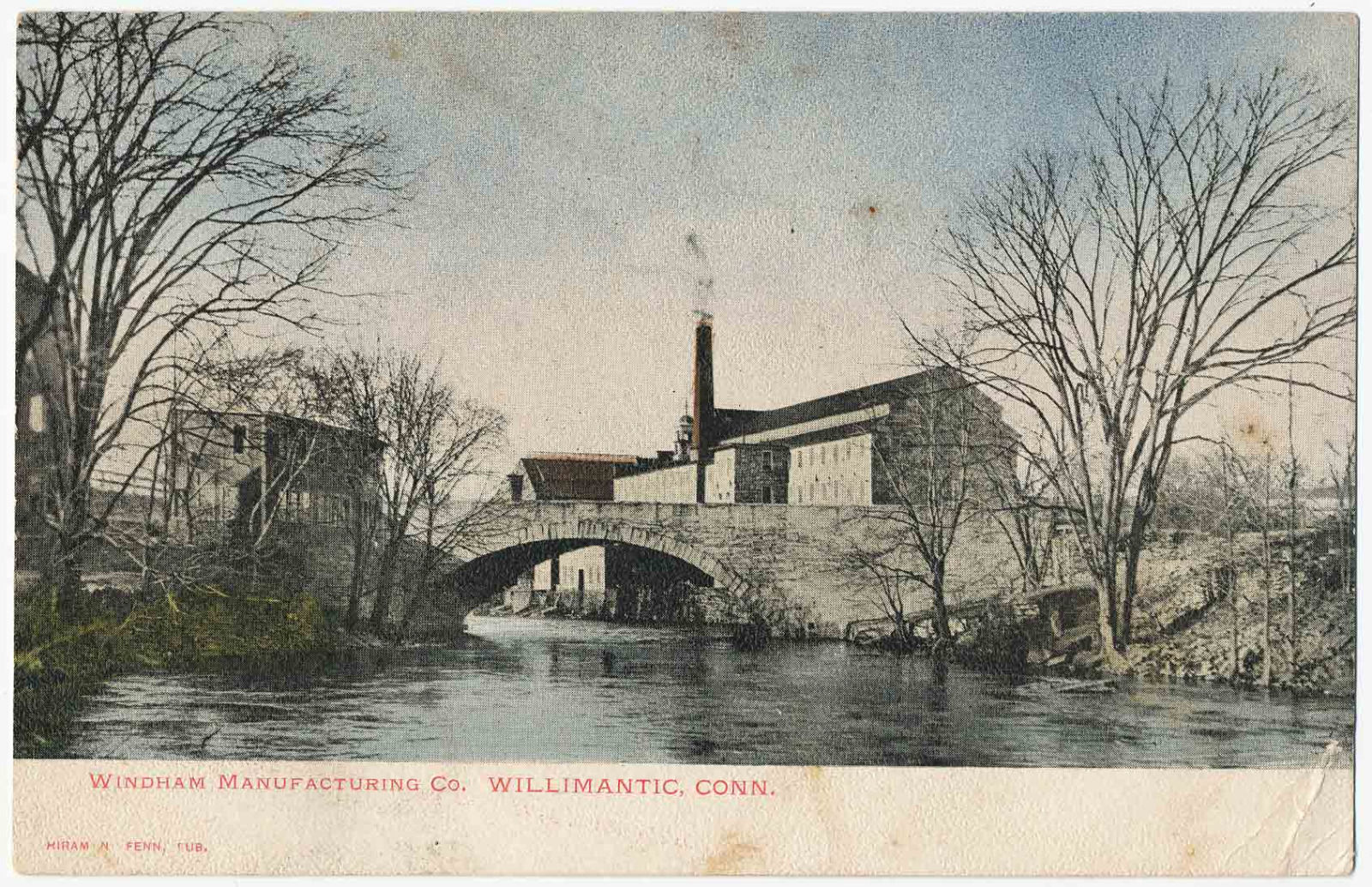
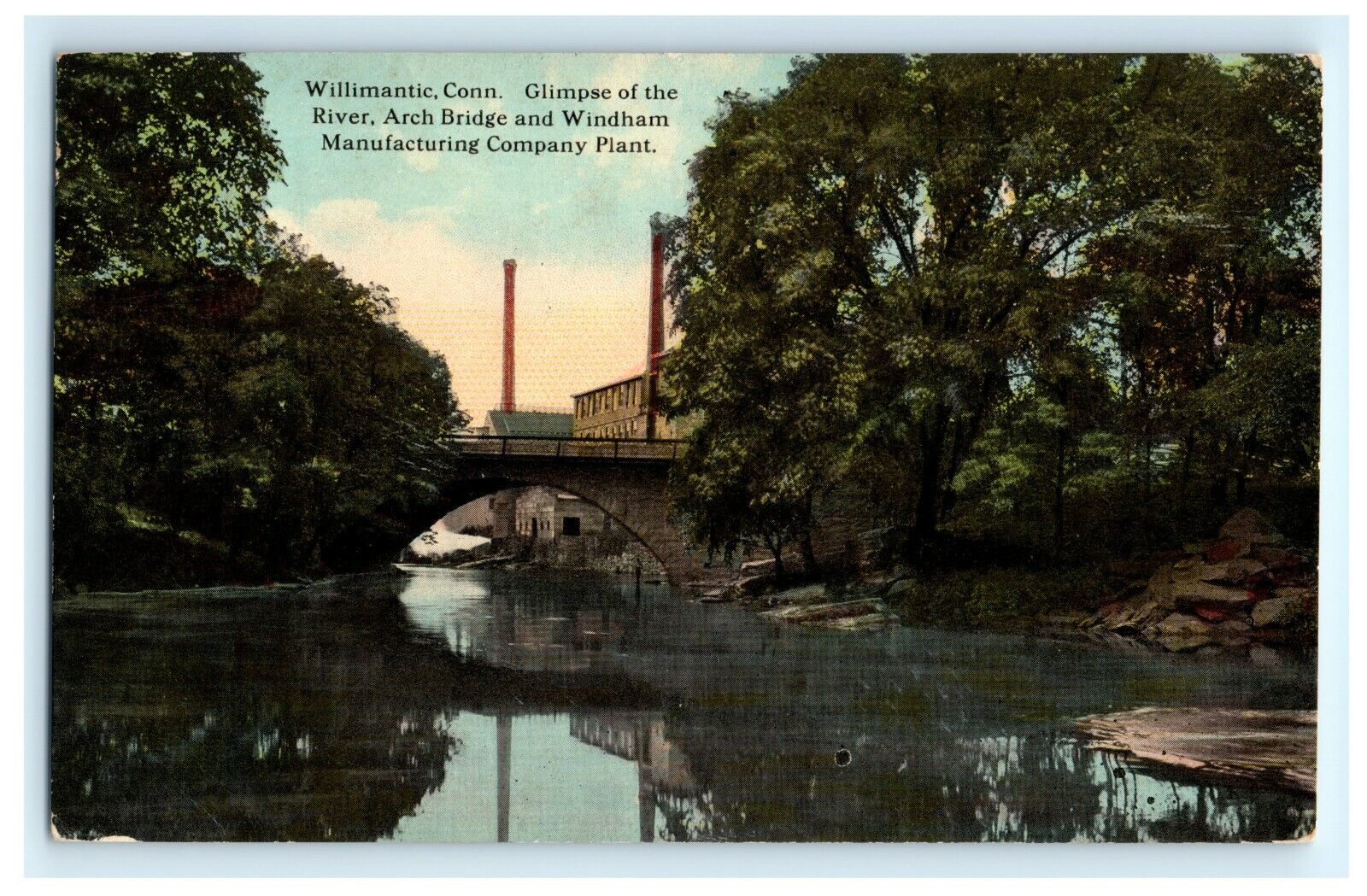
|
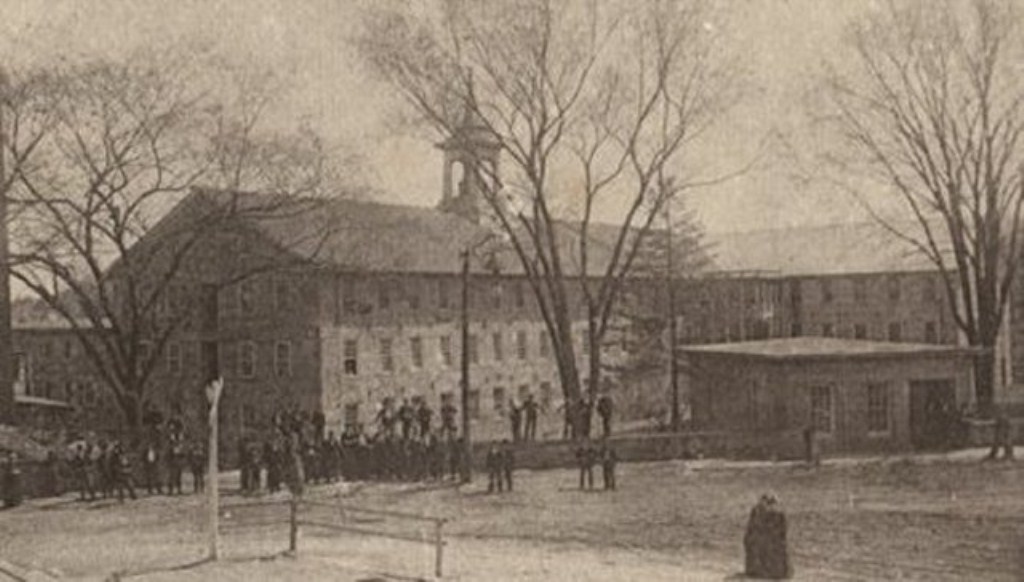
Smithville
Manufacturing Company
The Smithville Manufacturing Company's cotton
mills stood on the eastern side of Bridge
Street. The company was well known for its high
quality duck cloth, a hardwearing cotton cloth
that was used in sailing ship sails, and in
sailors' uniforms. Cotton cloth had been weaved
on this site since the early 1820s. The mills
were demolished in 1940
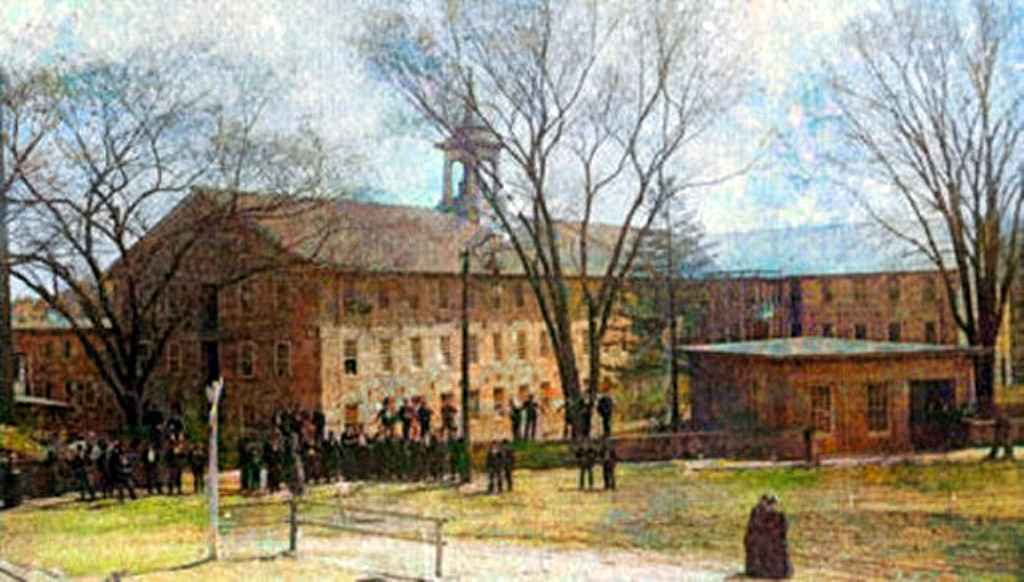 . . . .
|
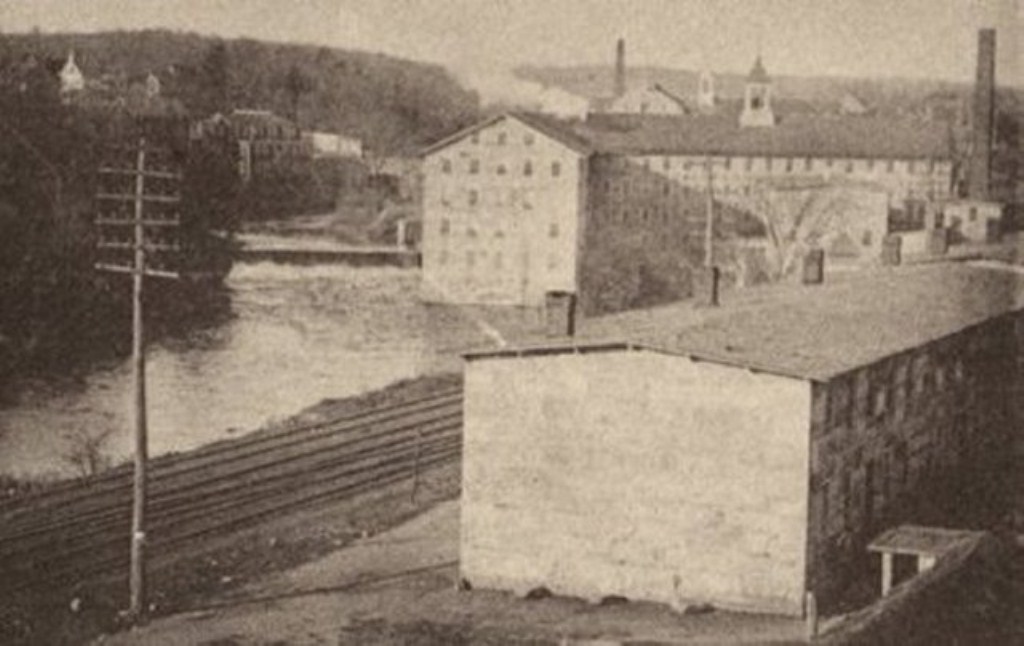
Smithville
Manufacturing Company
This view
on the right was taken from atop a Main Street
business block and shows the company's dam and
its stone worker housing in the bottom right
hand corner. The street, which
ran to the Rail Depot, was known as Stone Row.
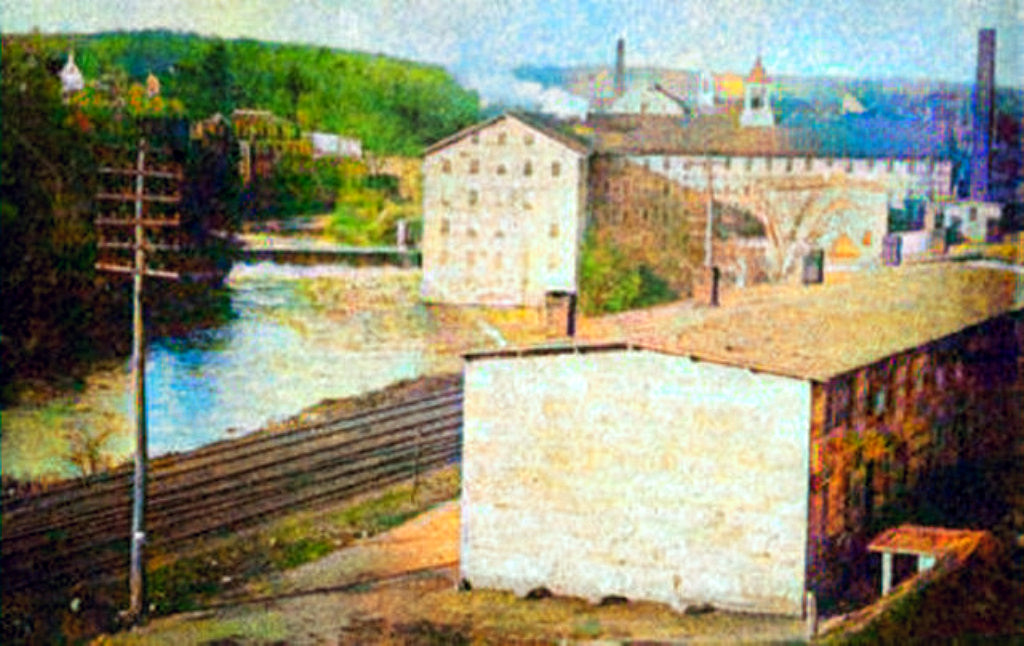
|
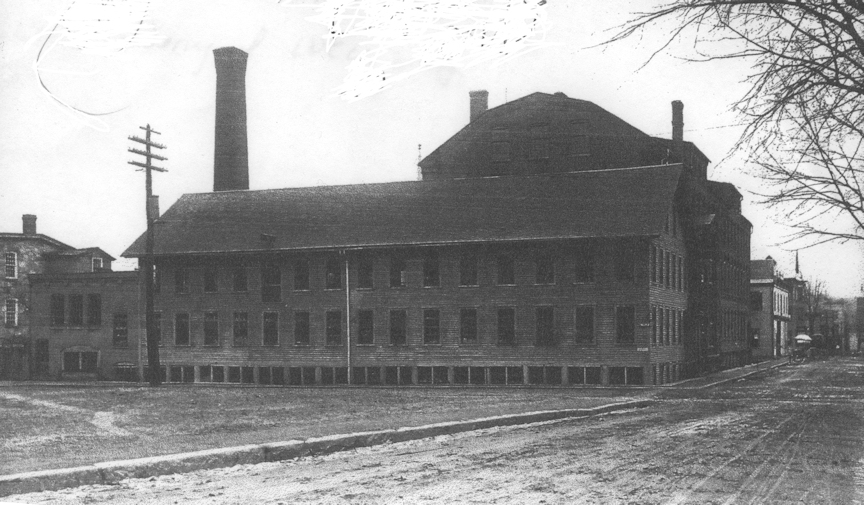
Morrison
Machine Company and
Natchaug Silk Company
The Morrison Machine
Company's factory is the wooden structure, and
was located on Valley Street.
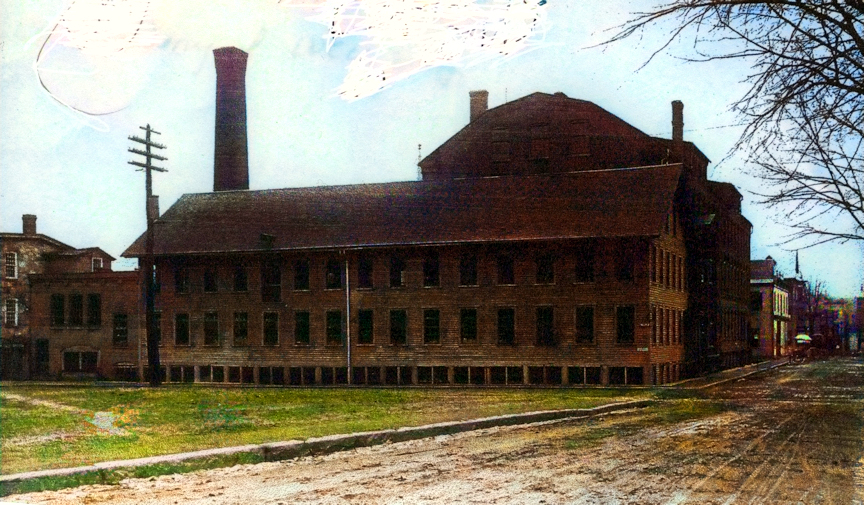
|
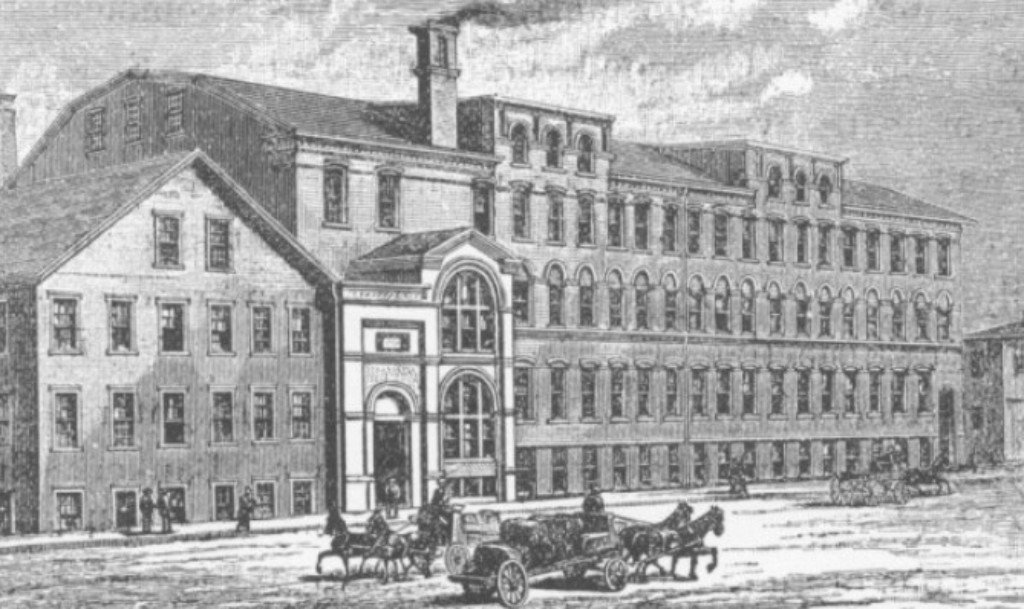
Morrison Machine Company and
Natchaug Silk Company
Natchaug Silk Mill
The Natchaug Silk
Mill on North Street was built in 1881/1882 by
Frederick Dwight Chaffee. The factory was later
taken over by the Windham Silk Company and Brand
Rex.
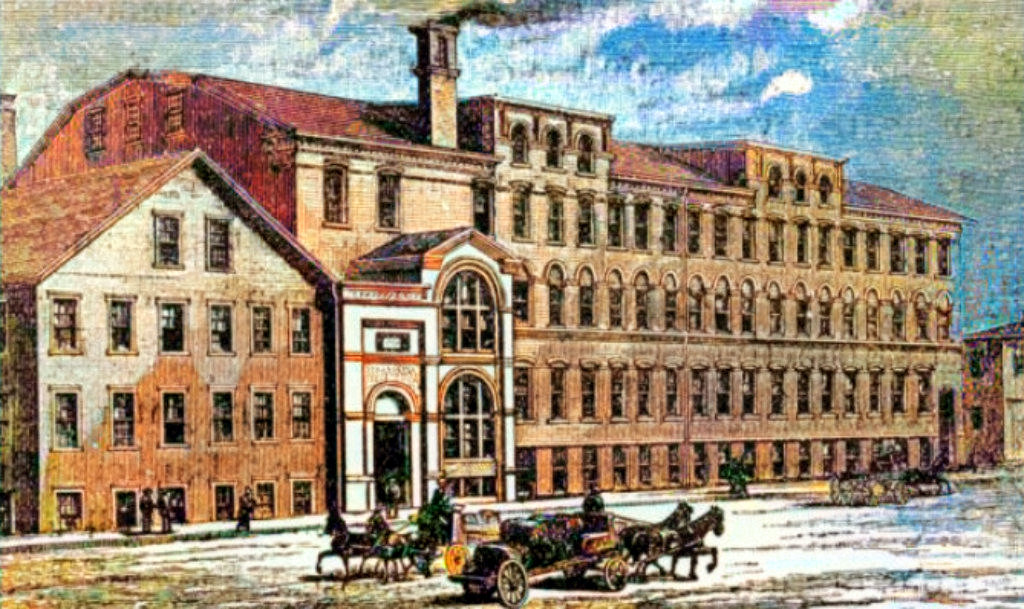
|
 |
 |
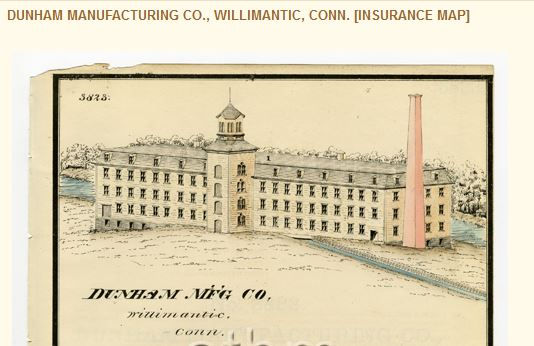 |
|
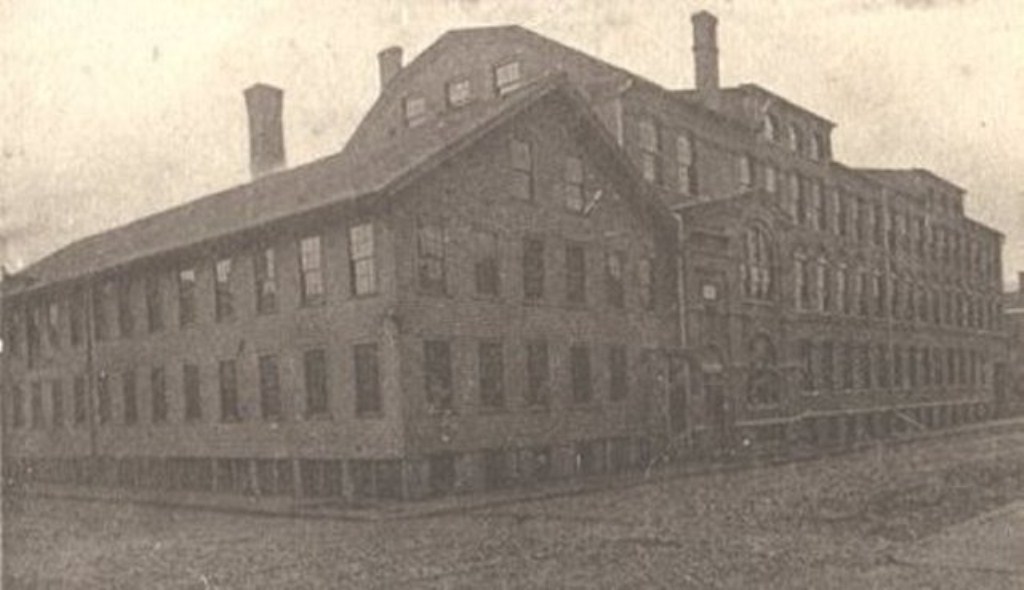
Morrison
Machine Company and
Natchaug Silk Company
Morrison Machine Company & Natchaug
Silk CompanyThe
Morrison Machine Company's factory is the wooden
structure, and was located on Valley Street.
The Natchaug Silk Company's mills, built in
1888, stood on North Street. The Morrisons
manufactured silk spinning machinery, and the
Natchaug Company was famous for its high quality
dress silk. The former company's mills were
taken over by the Windham Silk Company in 1910.
The latter company went into liquidation in
1895, due to a financial scandal. The Brand
Company later used their mills in the 1950s.
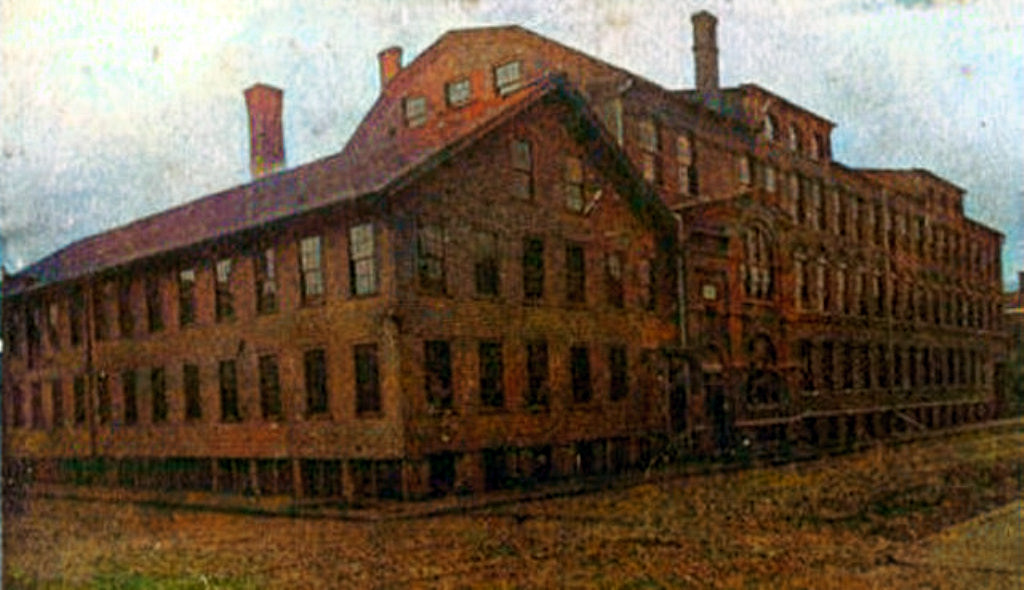 |
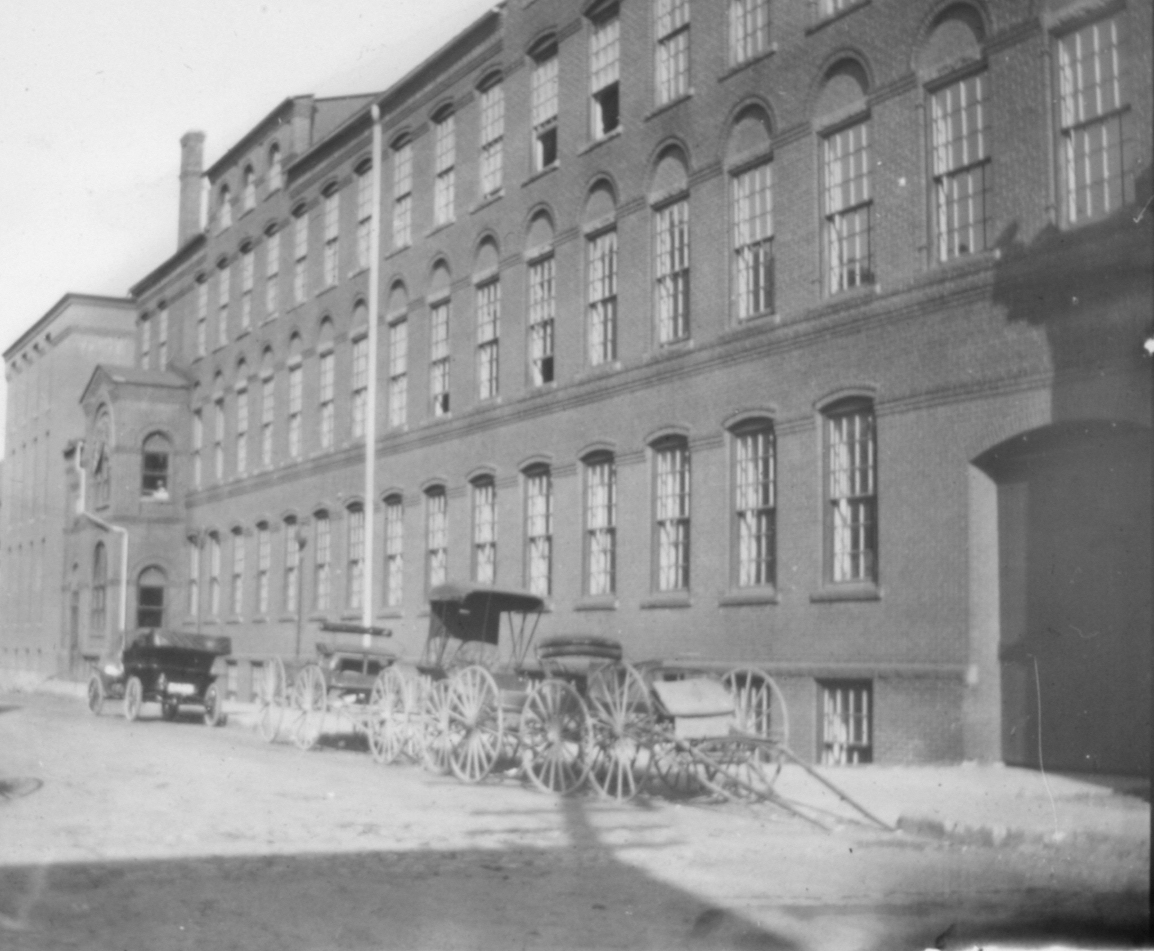
Natchaug Silk Company
. This is the North St.
façade of the Natchaug Silk Company (in the
1950s, William Brand was located there). Col. J.
Dwight Chaffee had the building erected in 1887
and by the time it was completed his business
had grown so much that he also began taking over
space in the adjoining Morrison Machine
Company’s building on Valley St. One of the
great innovations of this company was to allow
purchasers to buy directly from the mill and so
Natchaug Silk became a very early mail order
business.
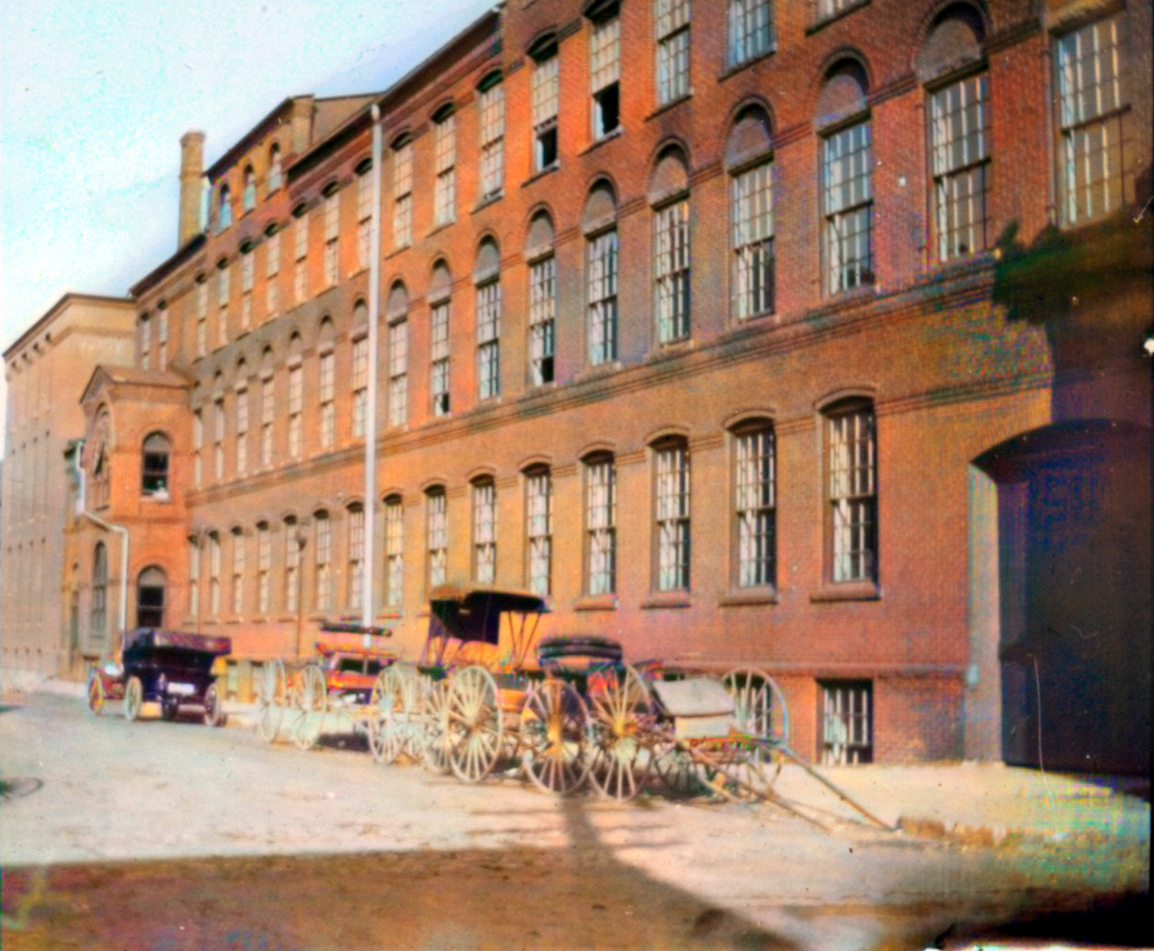
|
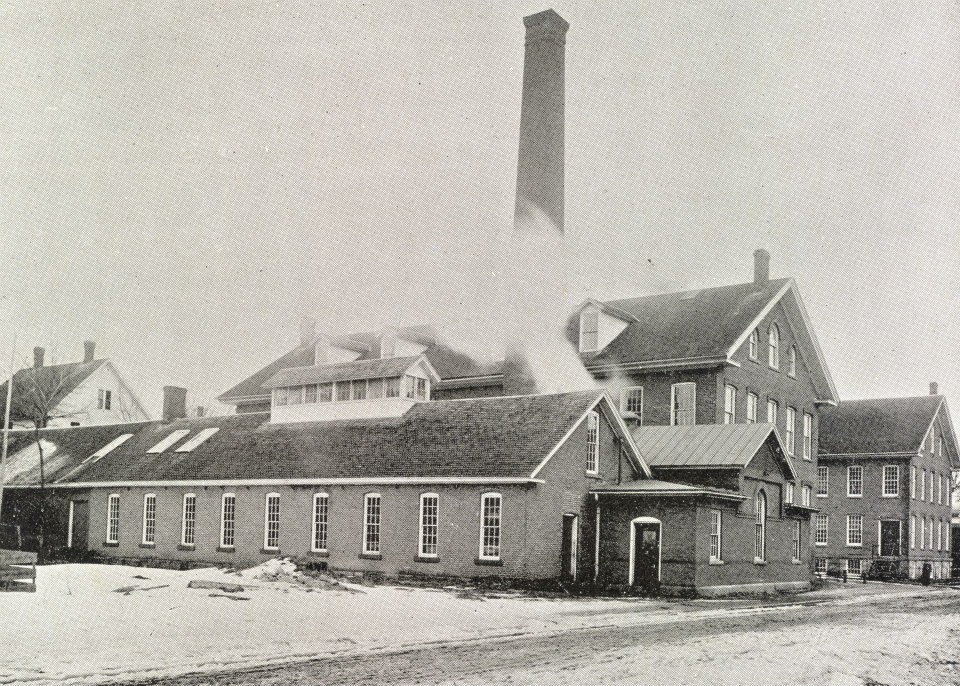
Holland Silk Company - Valley Street
The Holland Silk
Company's mills manufactured high quality silk
thread in Willimantic from 1864 until 1937, the
year the company located to Pennsylvania. The
Holland brothers came from neighboring
Mansfield, one of the first towns in the United
States to manufacture silk thread
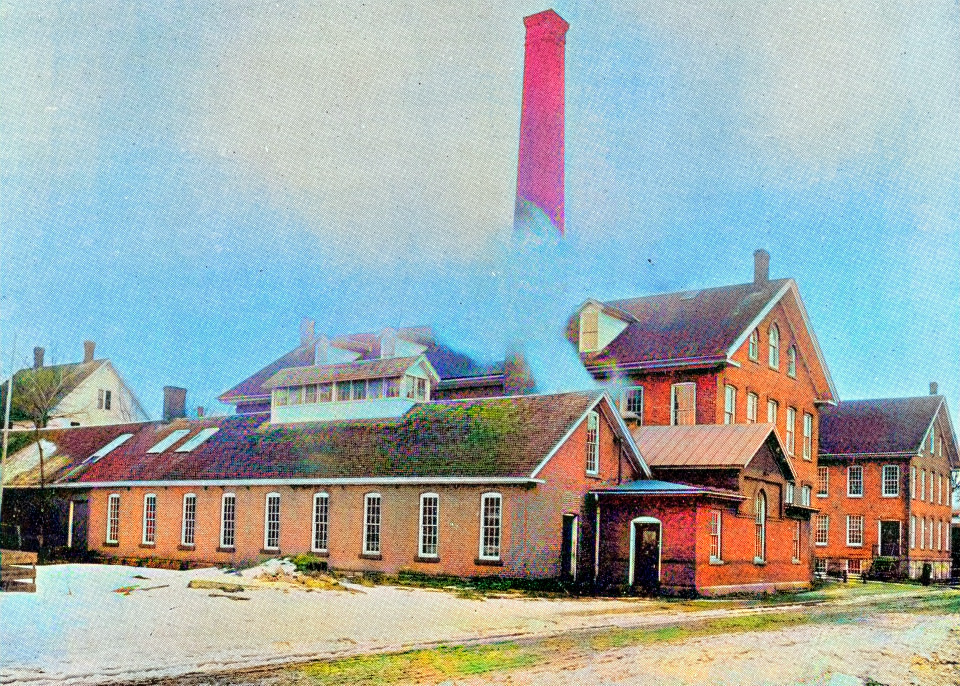 |
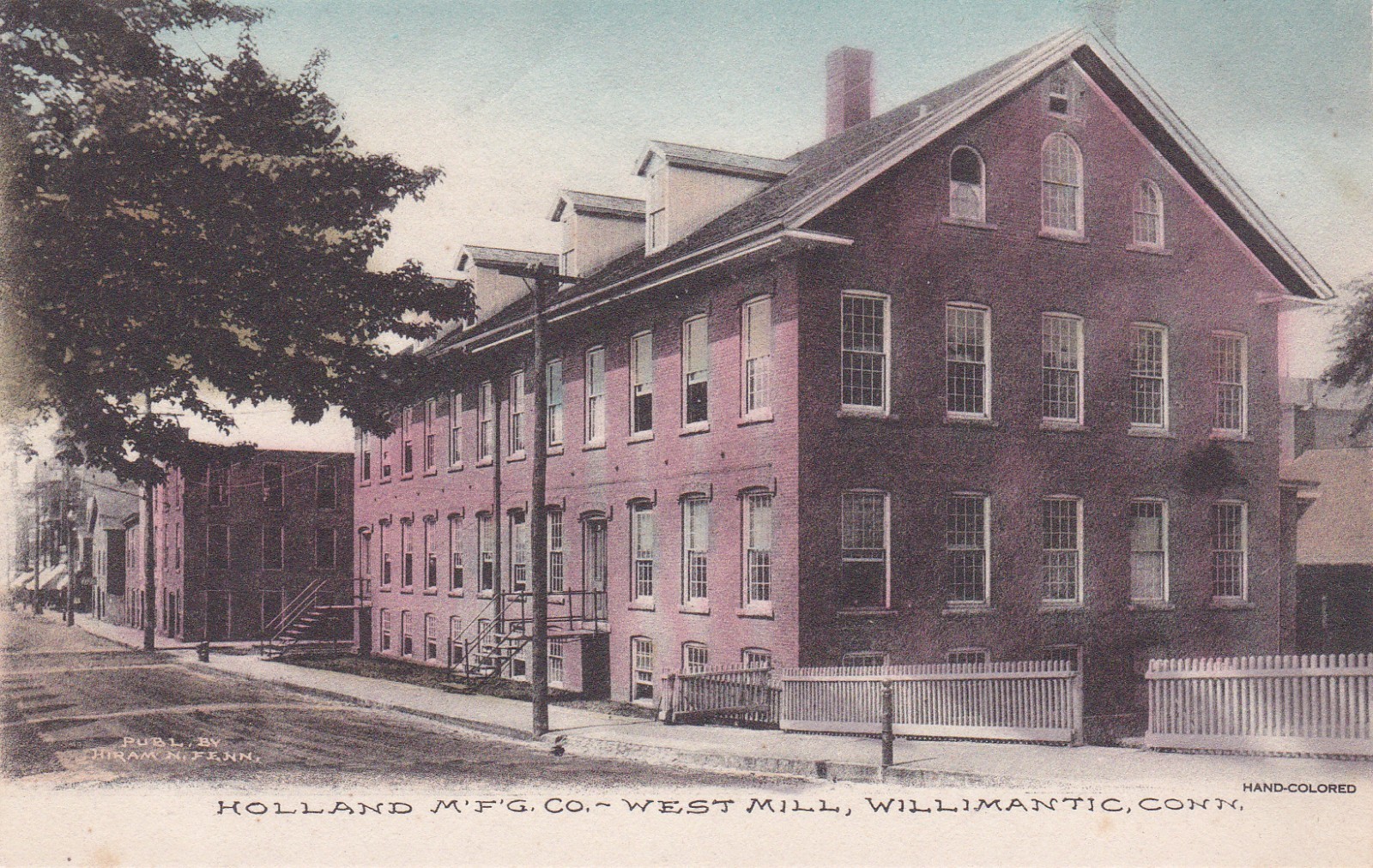 |
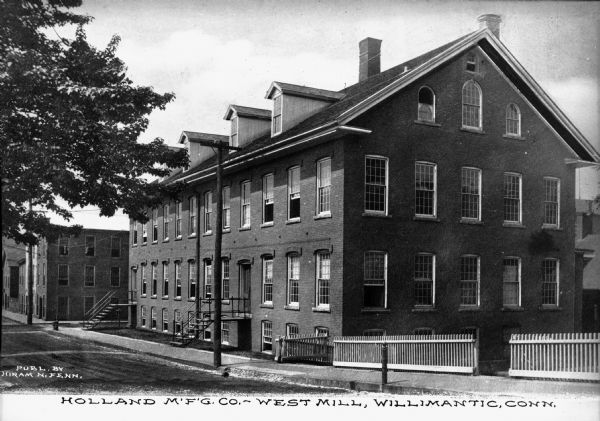
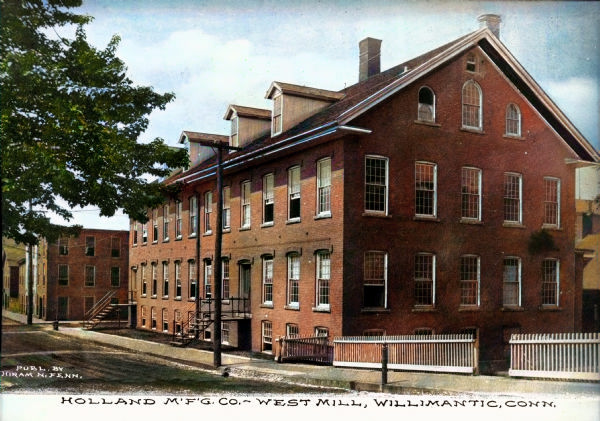 |
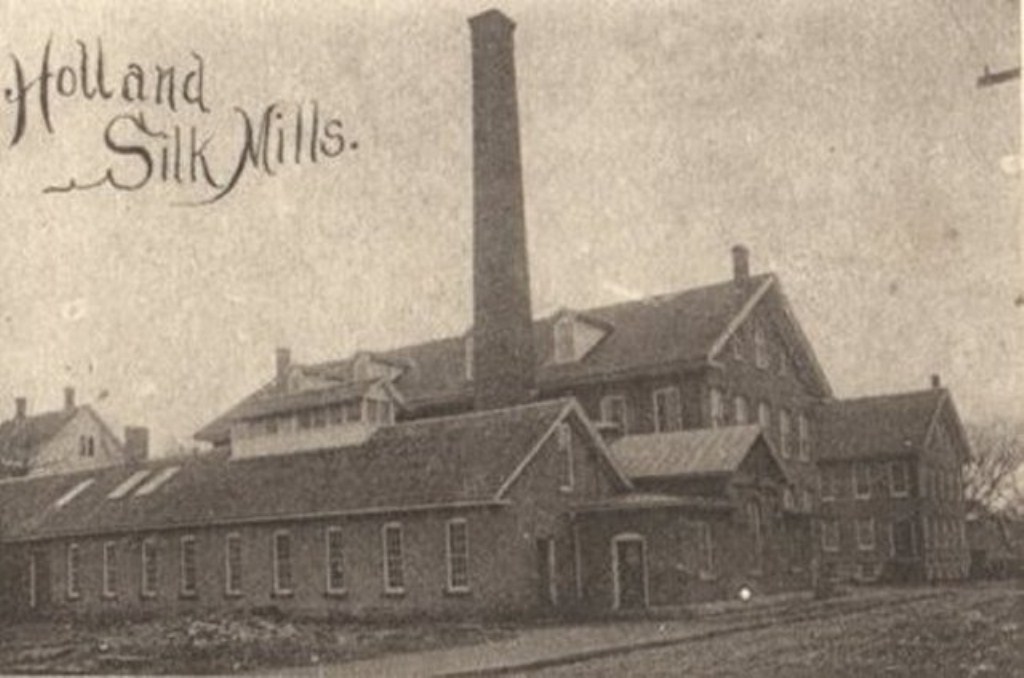
Holland Silk
Company
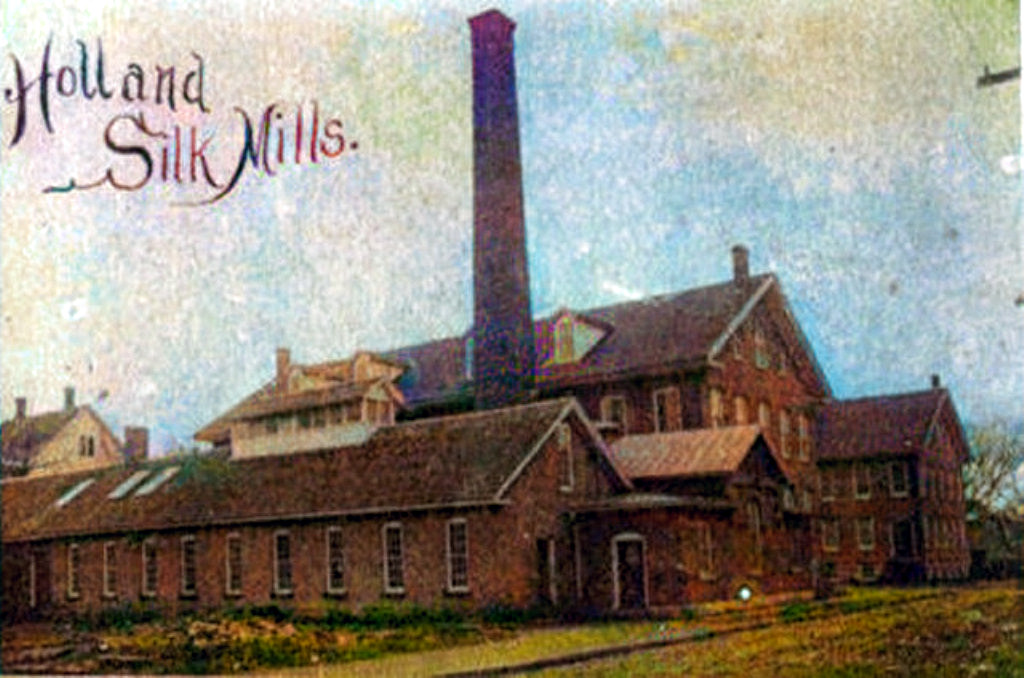 |
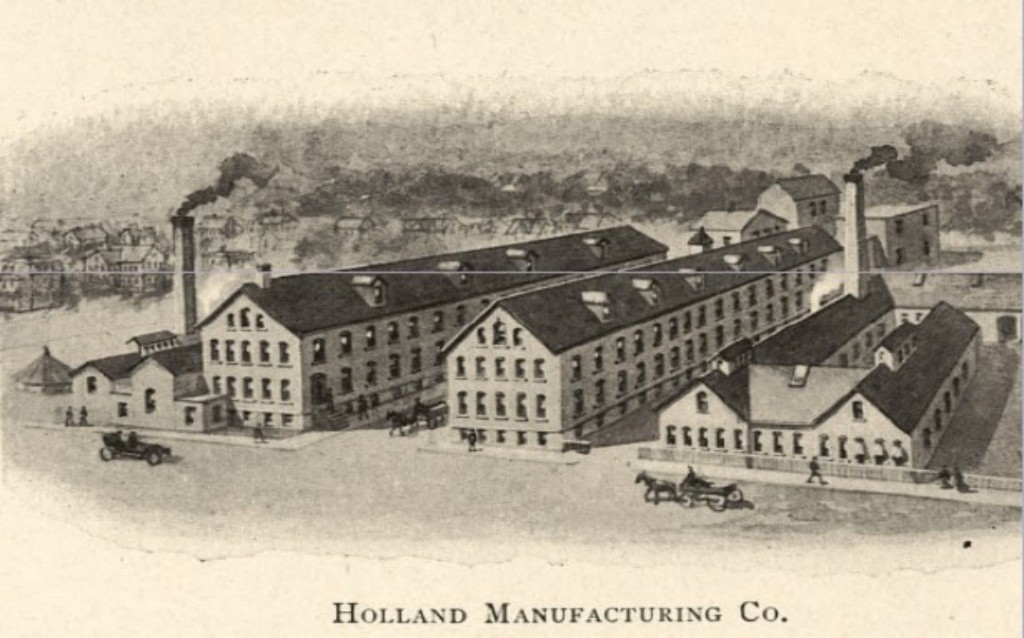
The Holland Mills
were on the northeast and northwest corners of
Valley and Church Streets.
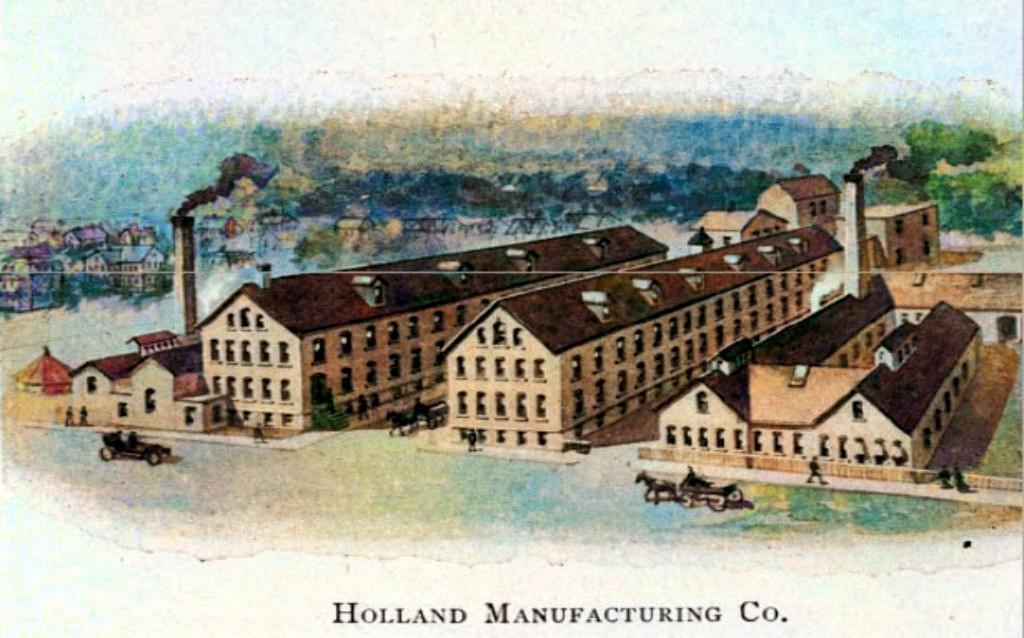
|
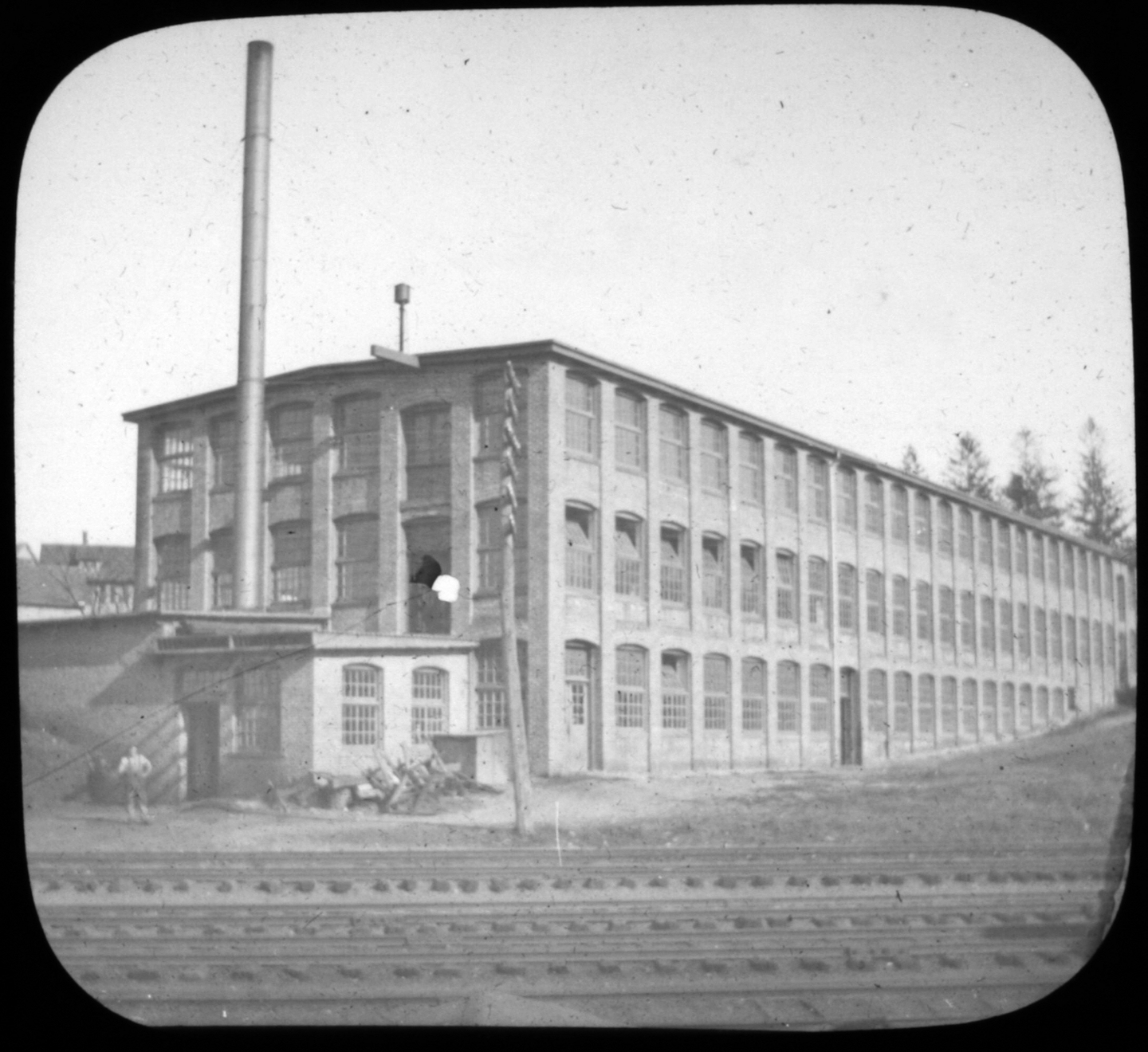
Roselin Mfg. Co.Milk
Street
This
circa 1912 photo shows the back side of the
Roselin Mfg. Company’s Milk Street plant before
the hurricane of 1938 demolished the second
floor
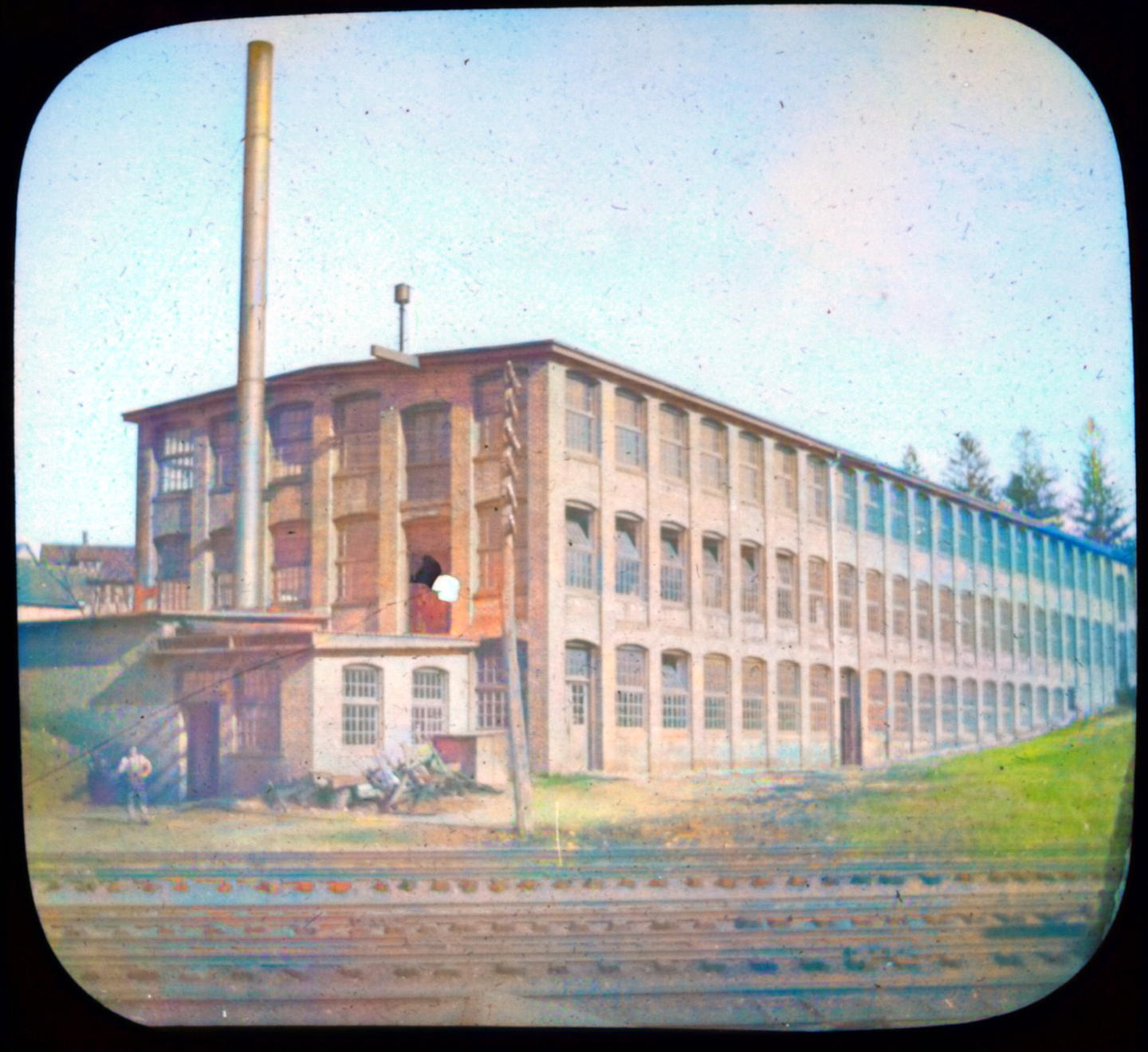
|
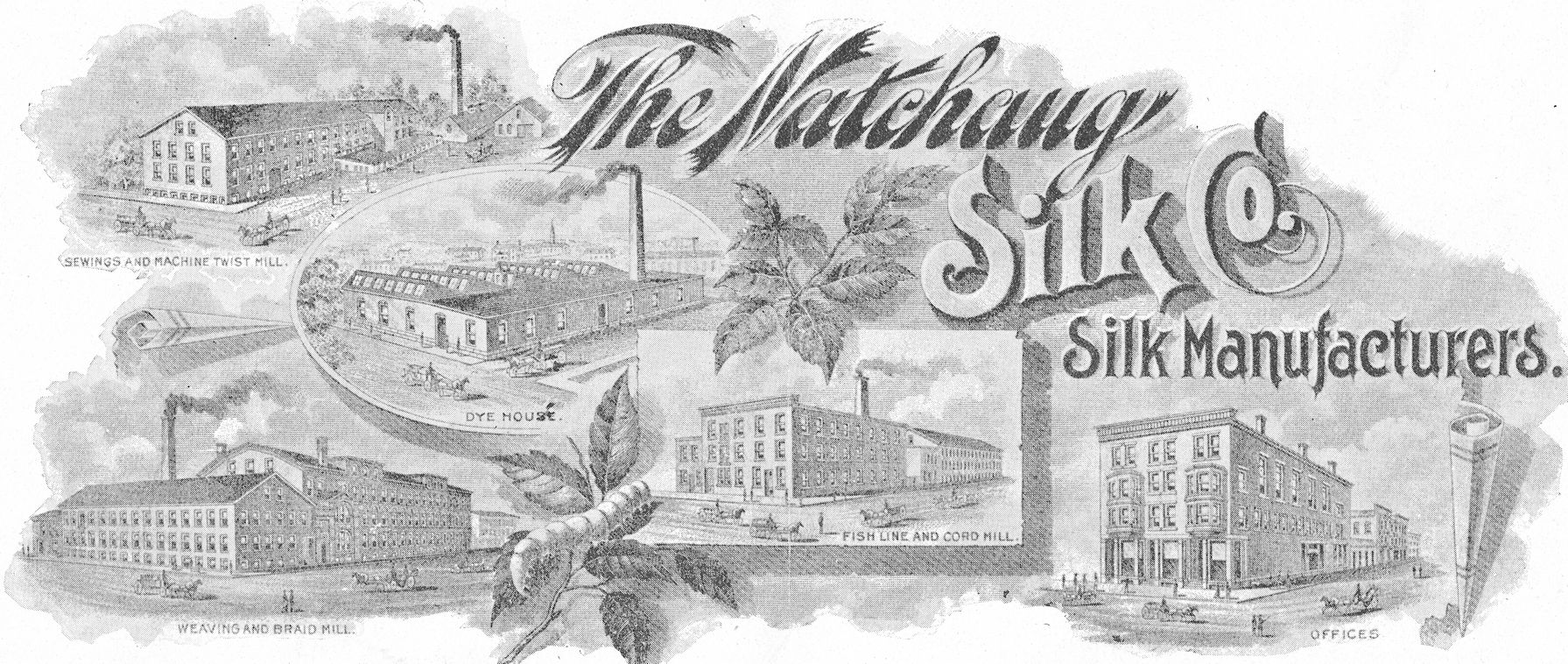 |
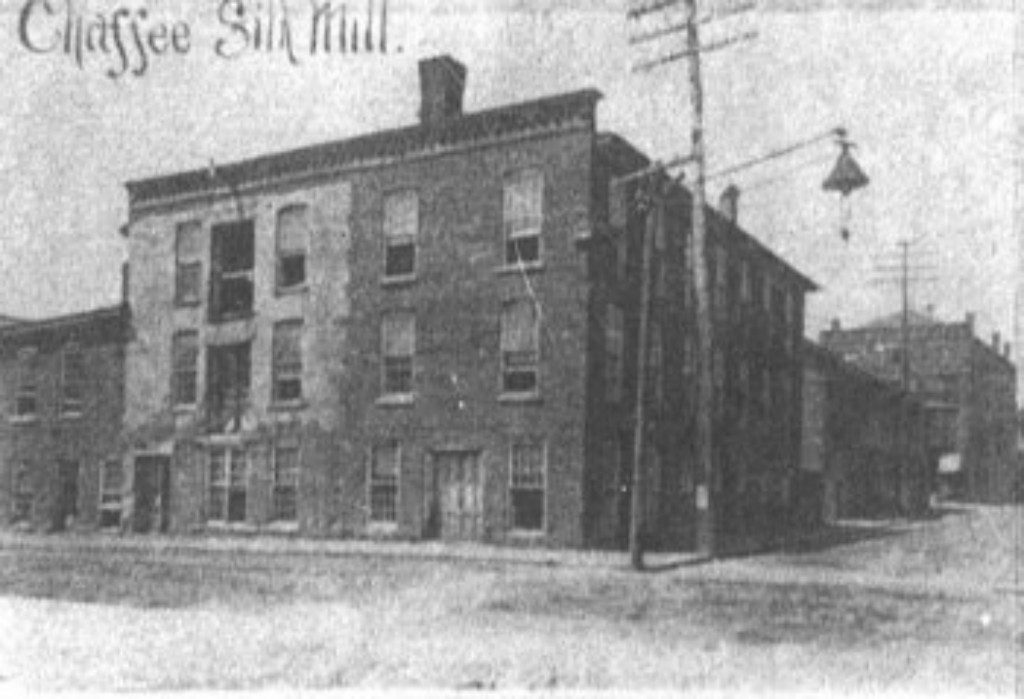
The
Chaffee Silk Mill, pictured on the corner
of Church and Valley in a building erected in
1872. J. Dwight Chaffee manufactured high
quality silk thread and silk fishing lines from
this site, well into the 20th
century. This building was also fell victim to
early 1970s city redevelopment.
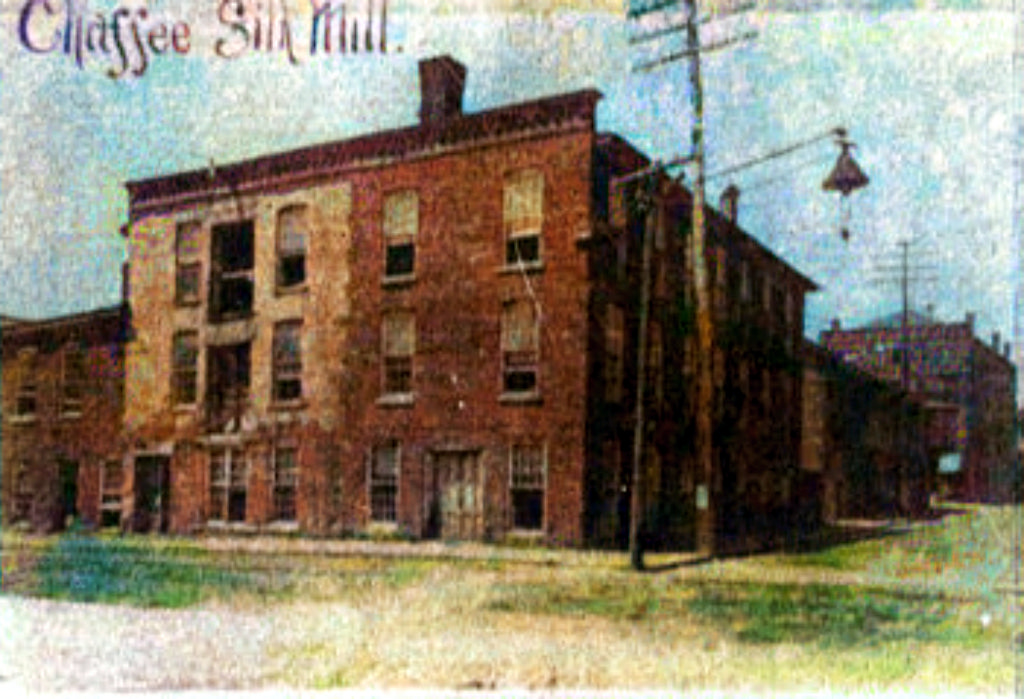 |
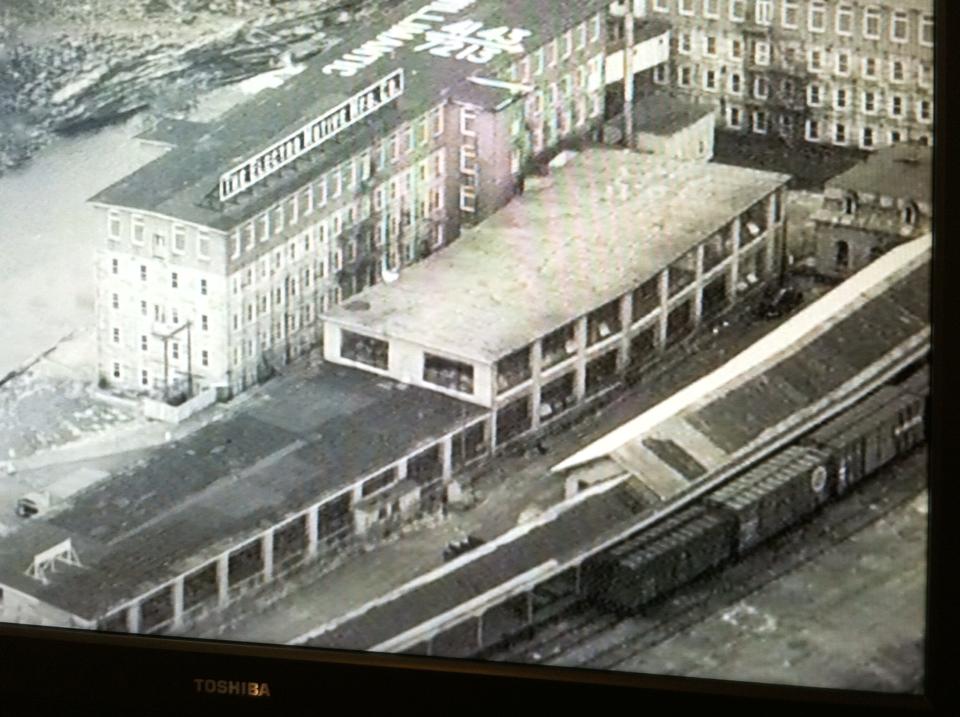
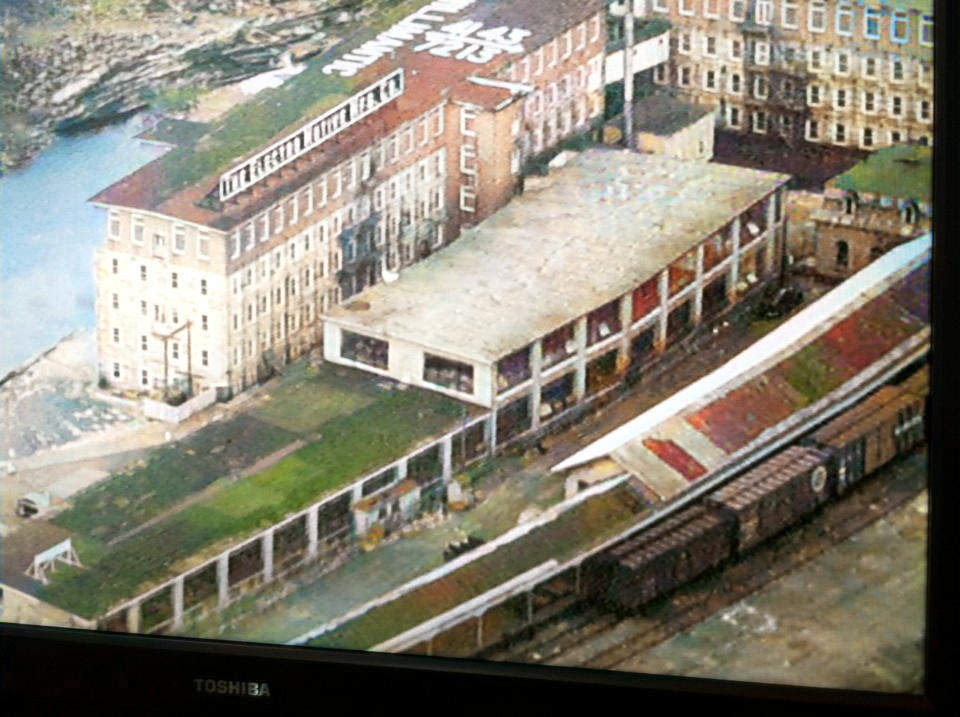 |
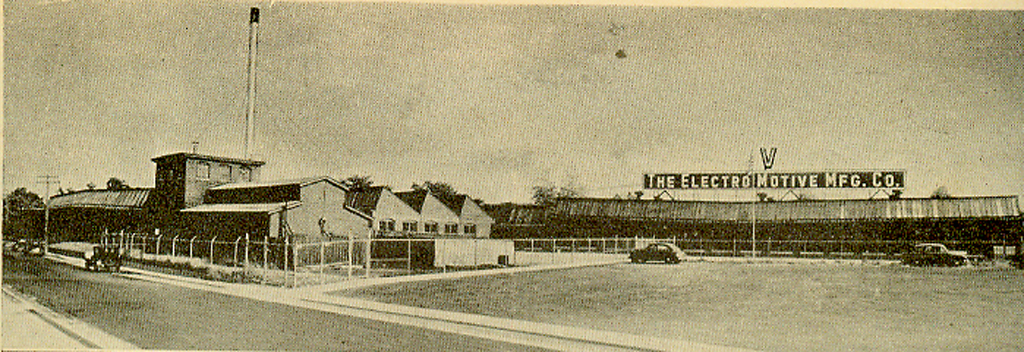
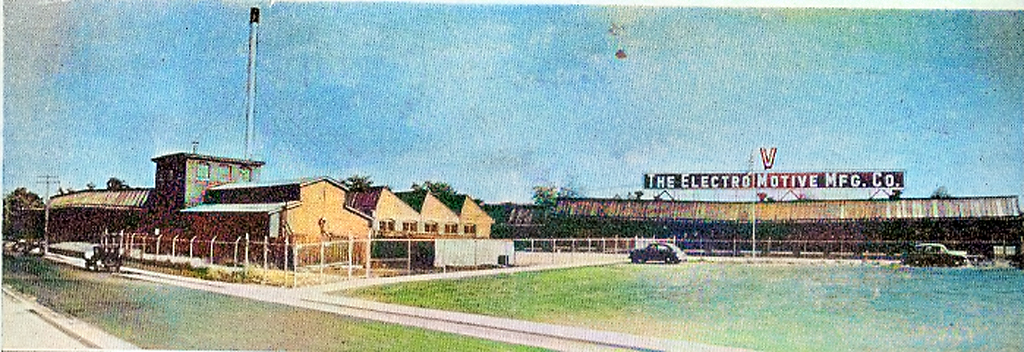 |
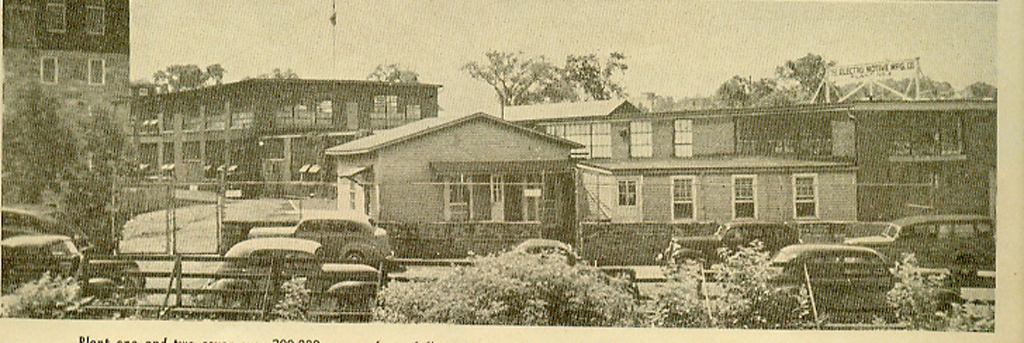
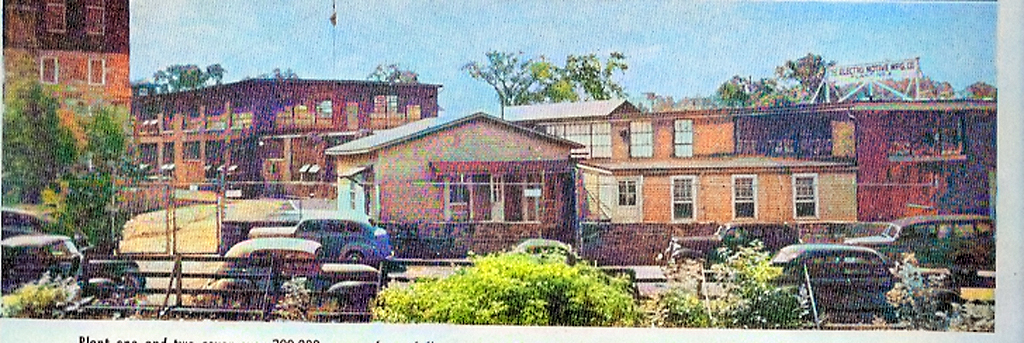 |
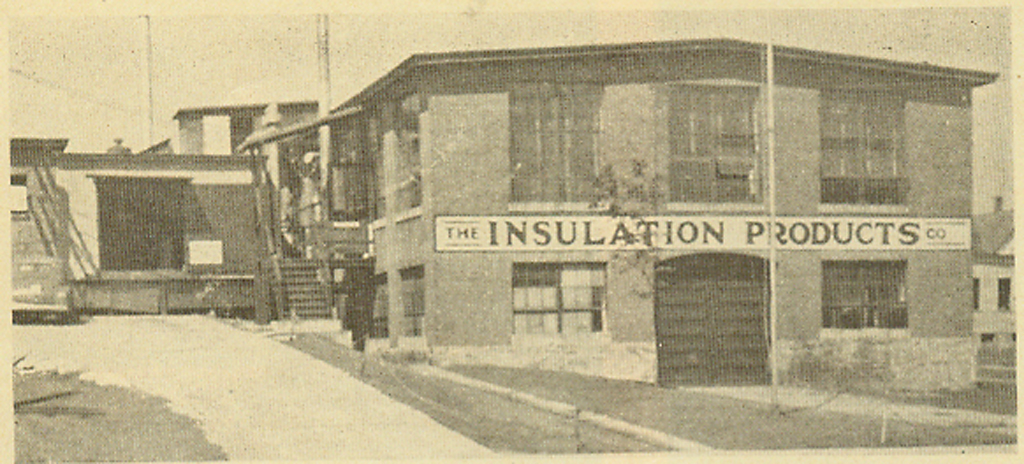
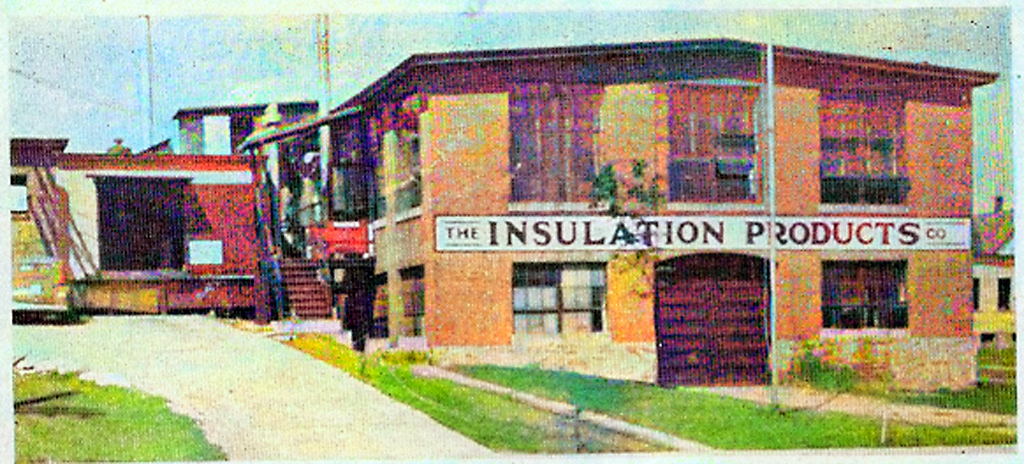 |
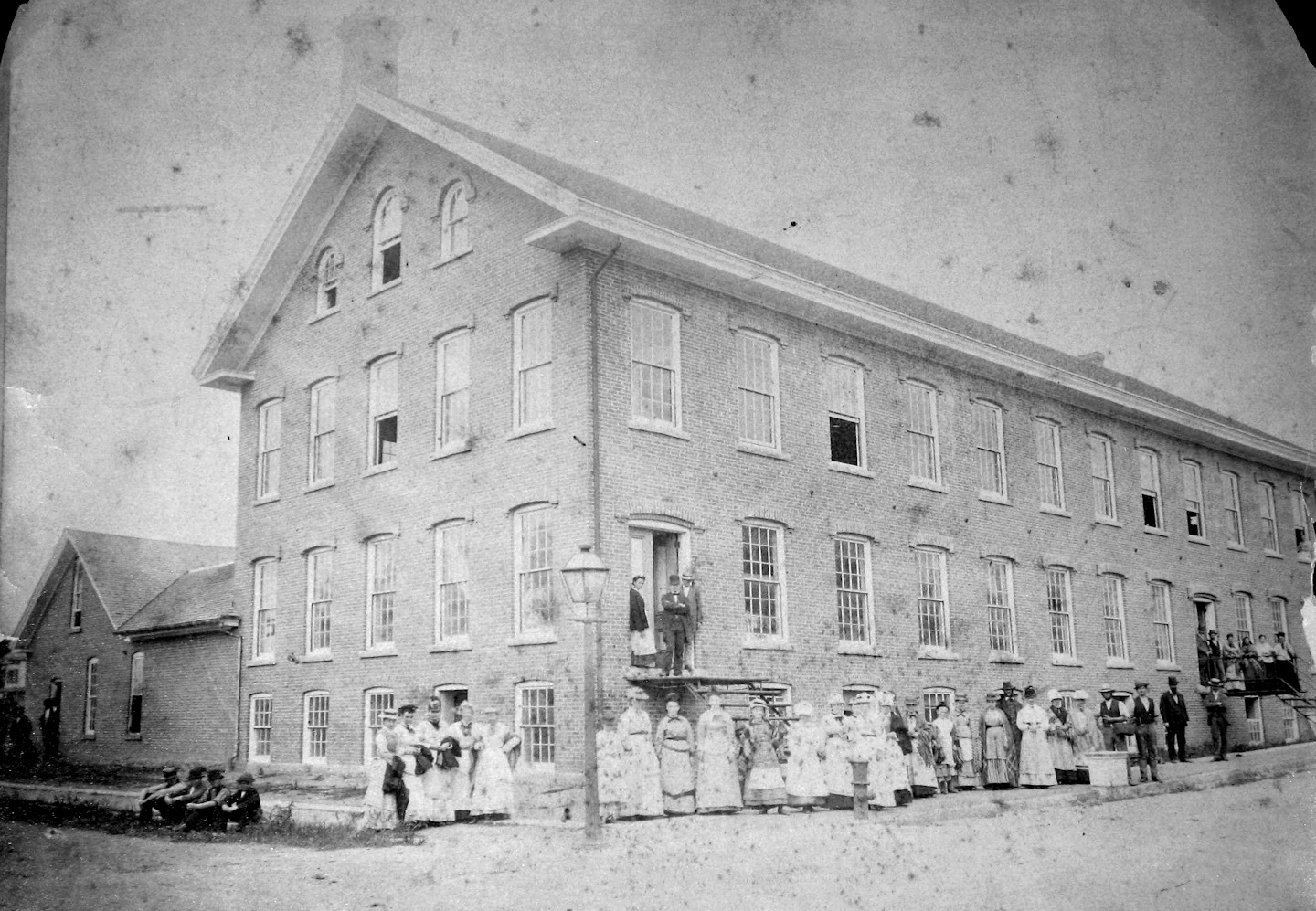
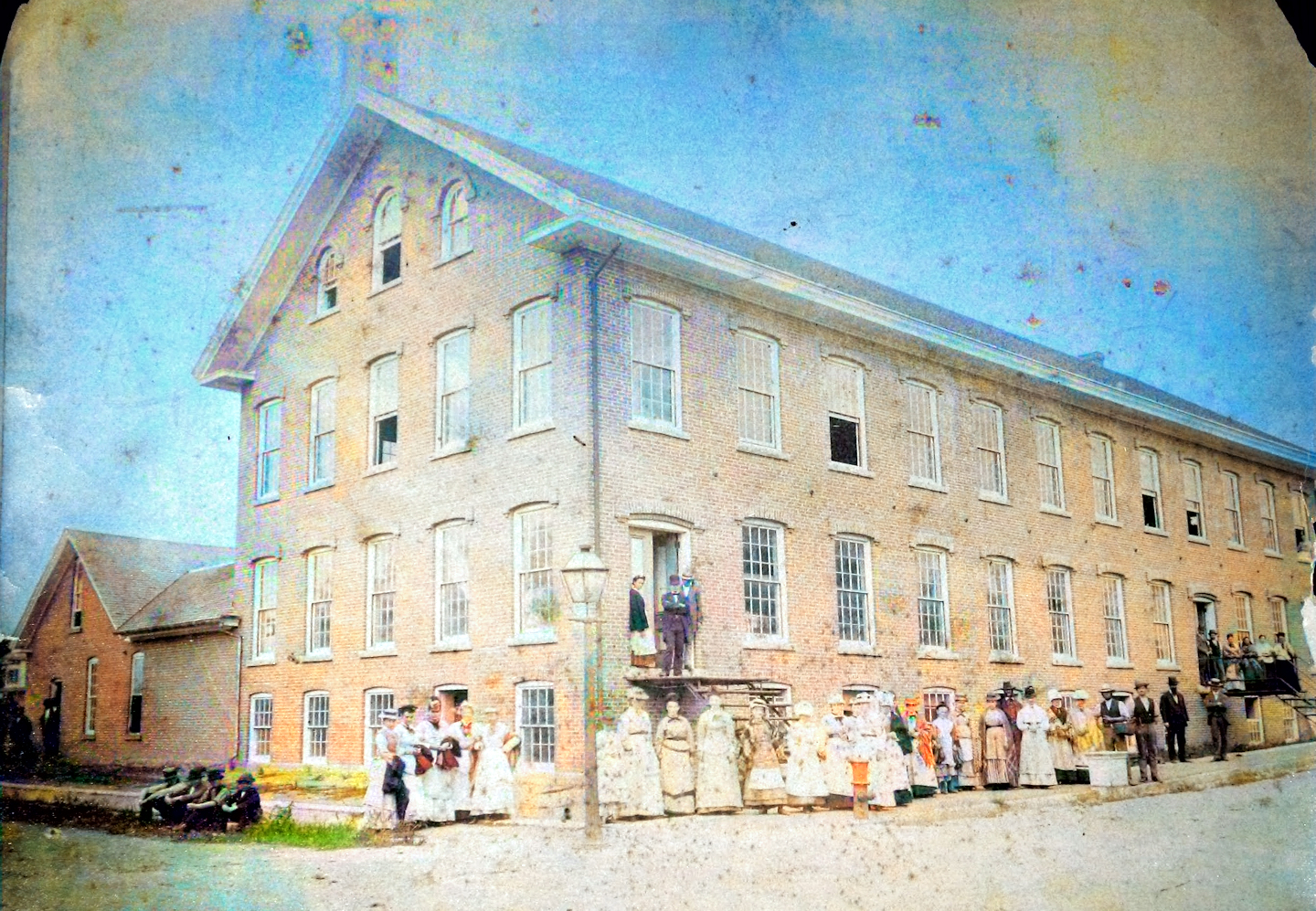 |
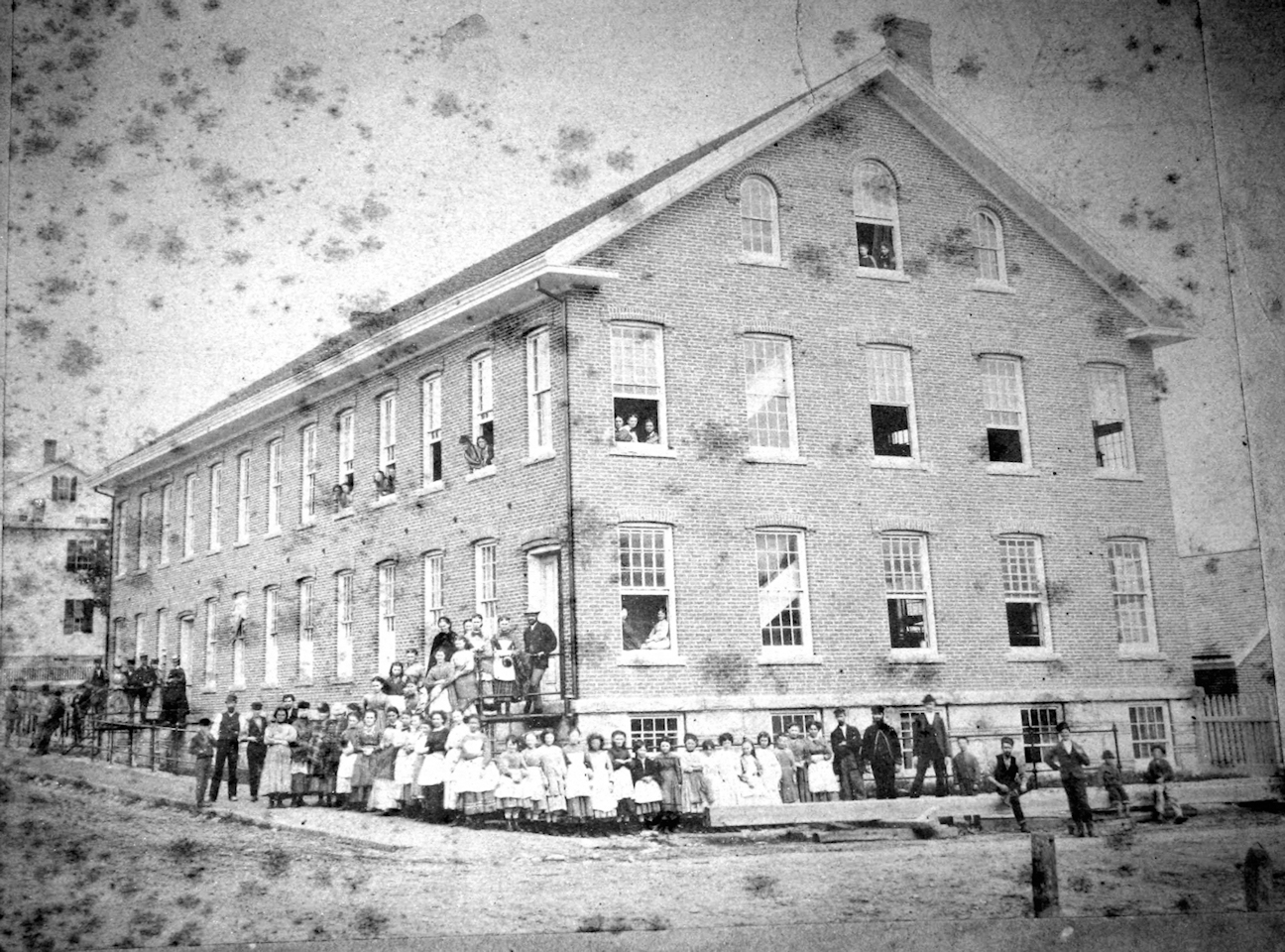
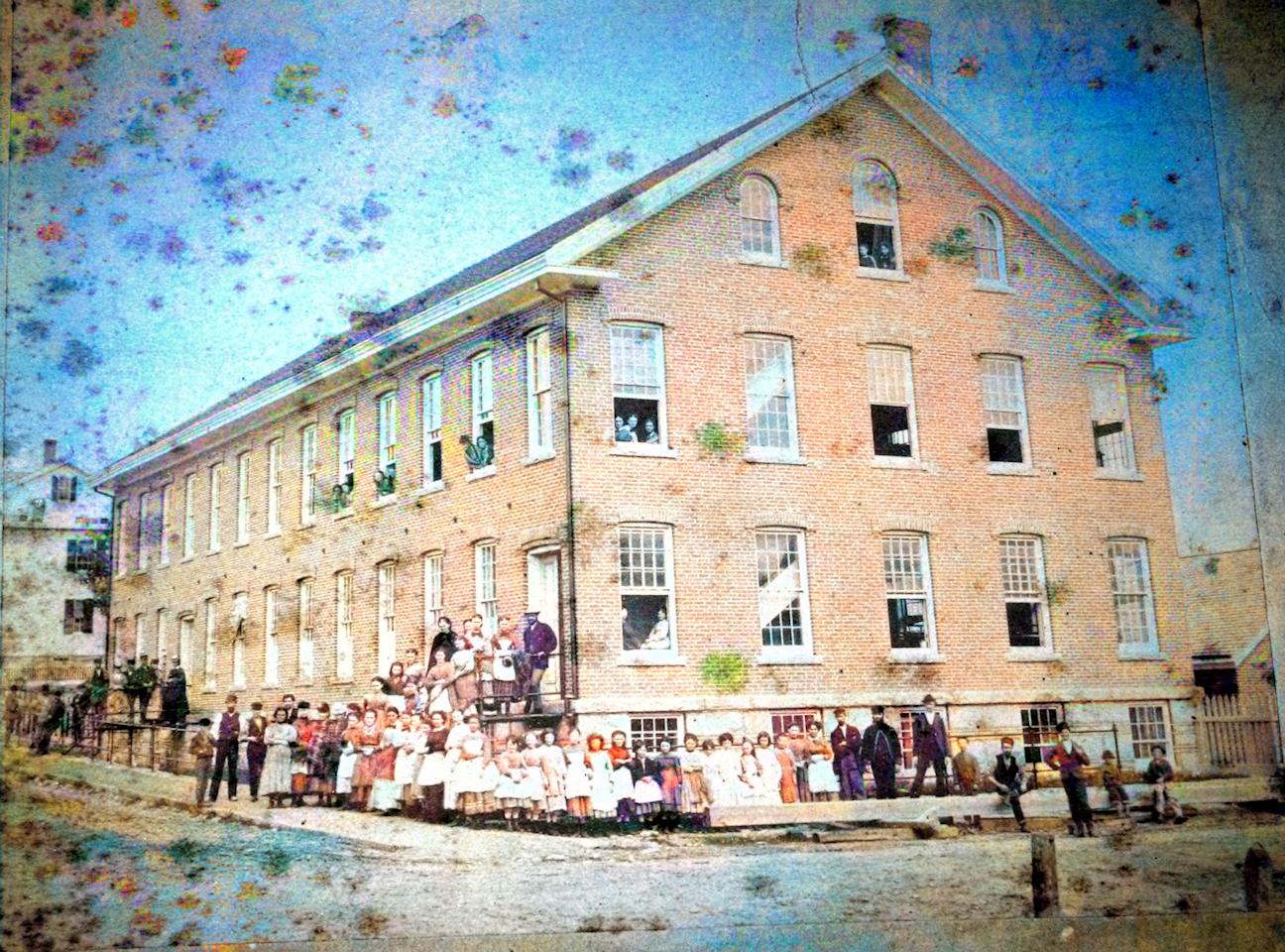 |
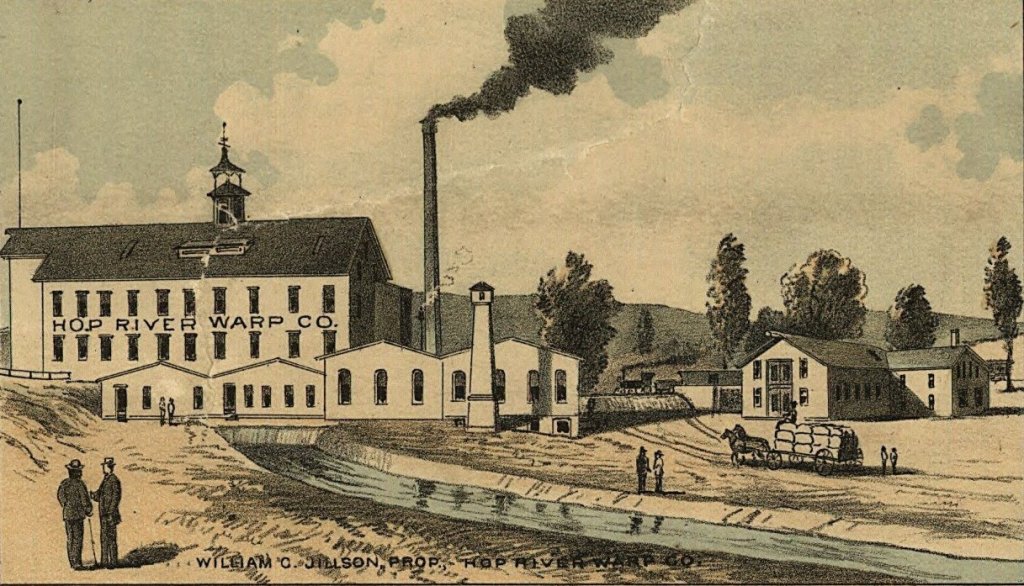
The Hop
River Warp Company
It was begun by Willimantic's William
Jillson and closed in 1891. Its location
is sometimes said to be Columbia, other times,
Willimantic. The Hop River flows into the
Willimantic River in the area (today) where the
RT6 expressway crosses the Columbia- |
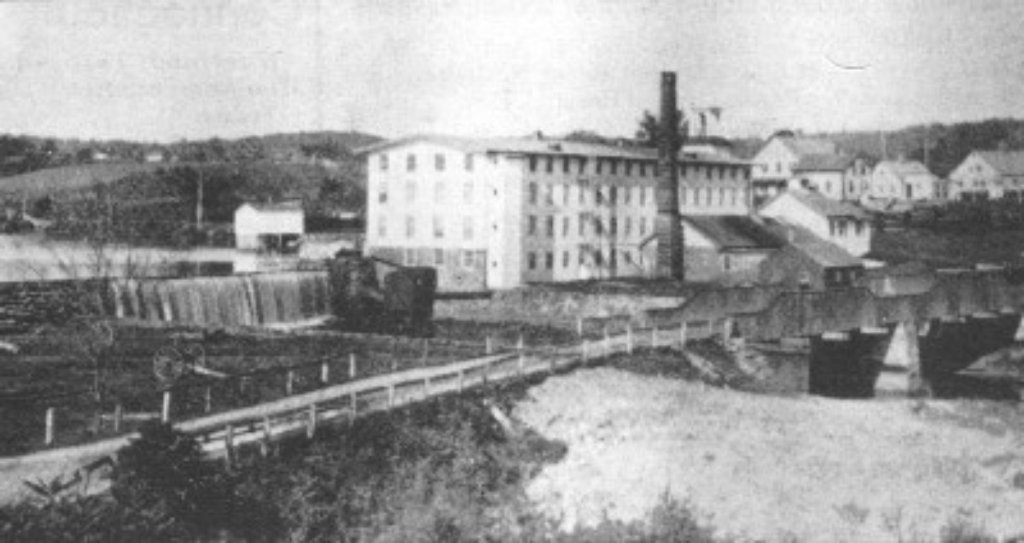
Willimantic Cotton Mfg. Co.
The Willimantic Cotton Manufacturing Company was
established in 1814, one of the first in
Connecticut. "Eagleville Lake was created as a
reservoir for the mill's water power. When the
Eagle Manufacturing Company took charge in 1822,
the village became Eagleville. Rifle parts were
made during the Civil War, then the mill
returned to cotton production under several
changes in ownership. When the textile business
failed in 1931 during the Depression,
inner-soles for shoes were made at the mill
until it was abandoned in 1953 and then burned
in 1956.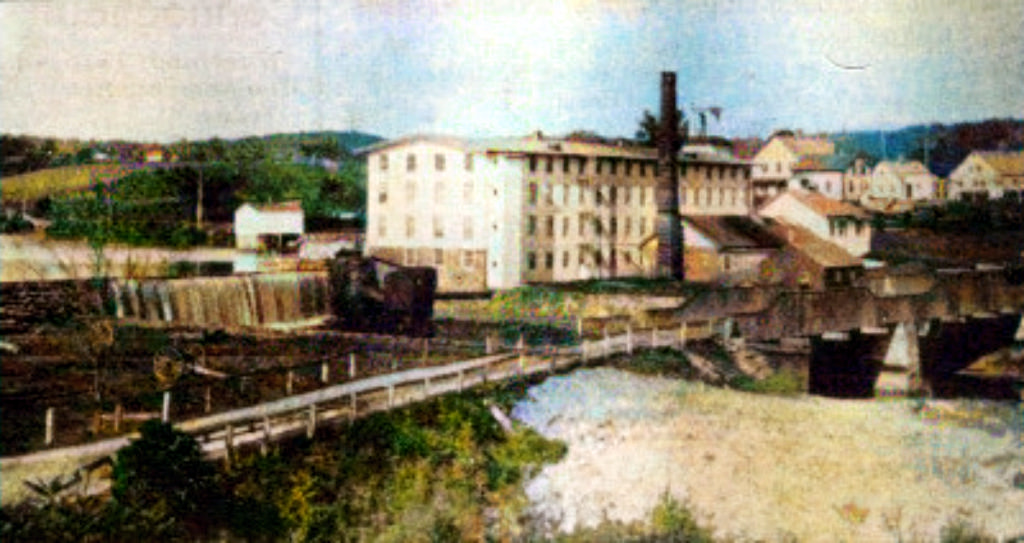
|
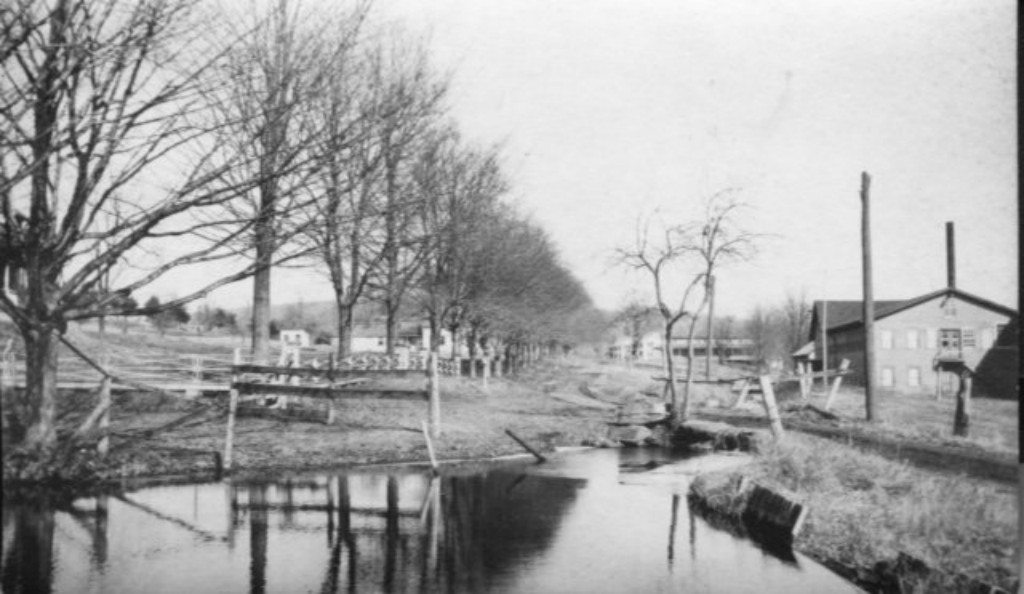
Conantville Silk Mill
Mansfield's
Conantville Silk Mill was built just before the
Civil War. It was taken over by Max Pollack in
the early 20th century to manufacture cotton
thread. The old mill building is perhaps known
to locals as the Shaboo Club, which burnt down
in the late 1970s. The Eastbrook Shopping Mall
stands on the site today
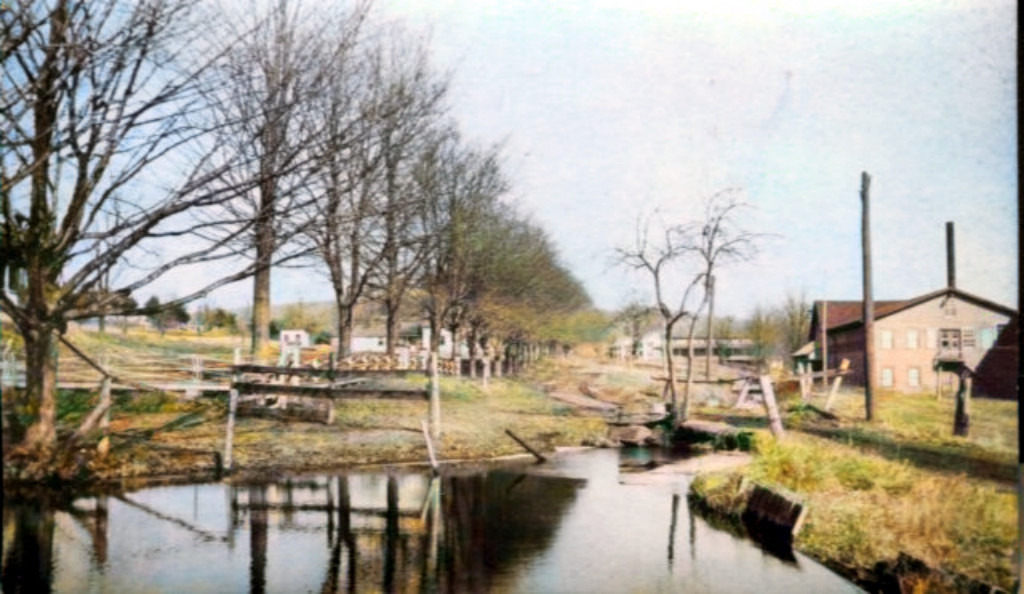 |
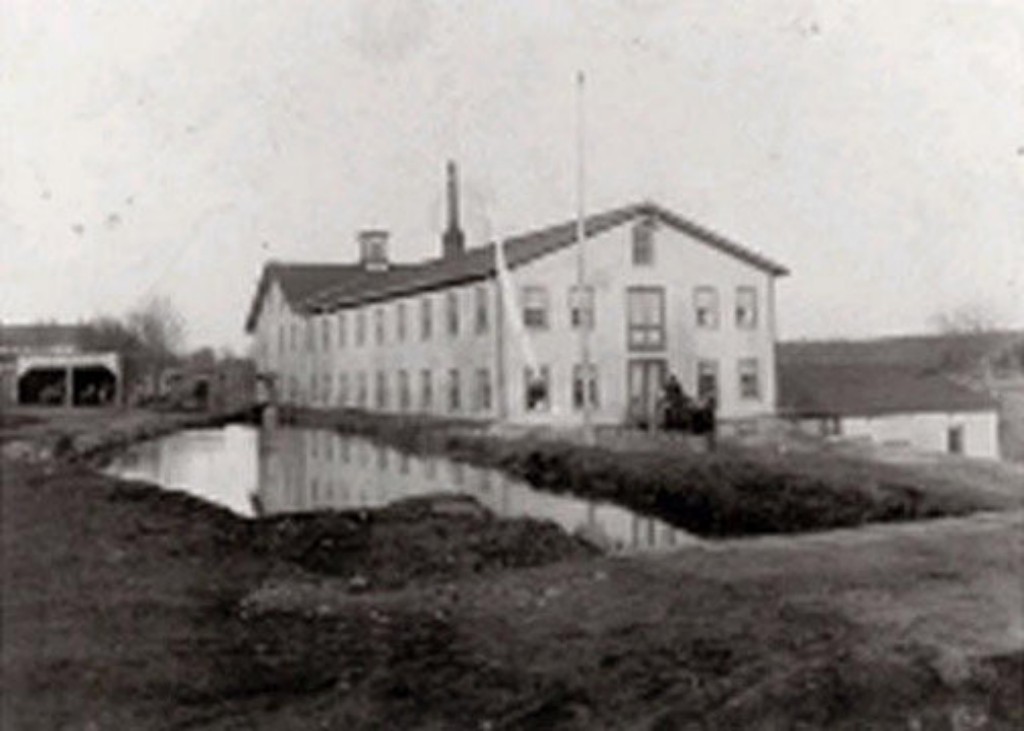
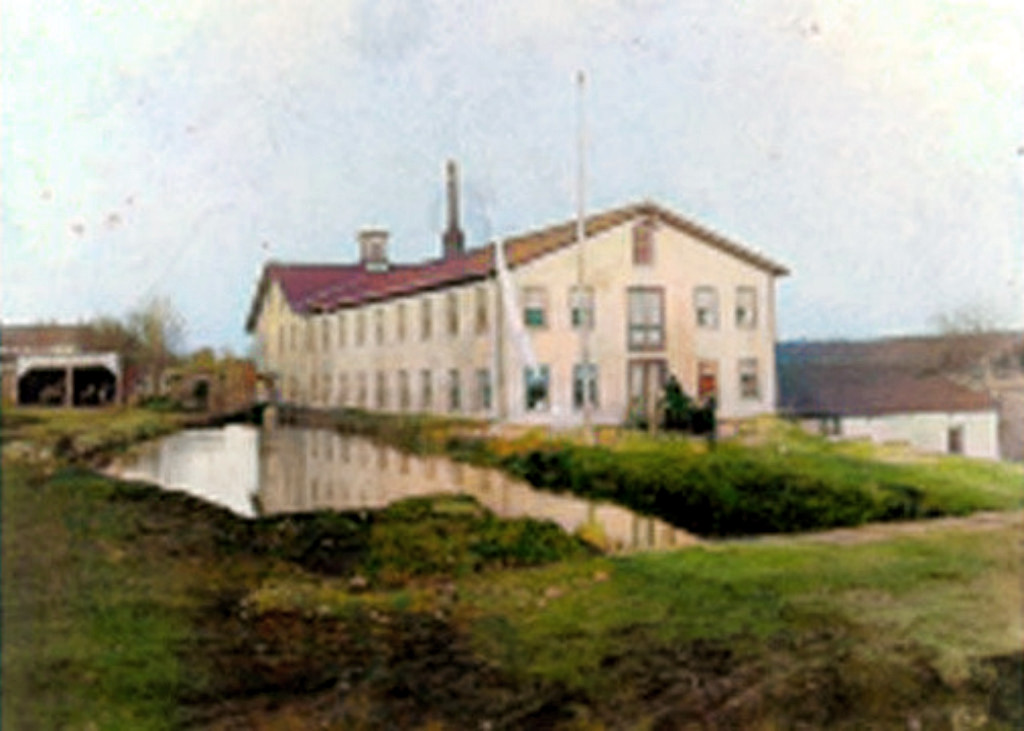 |
| |
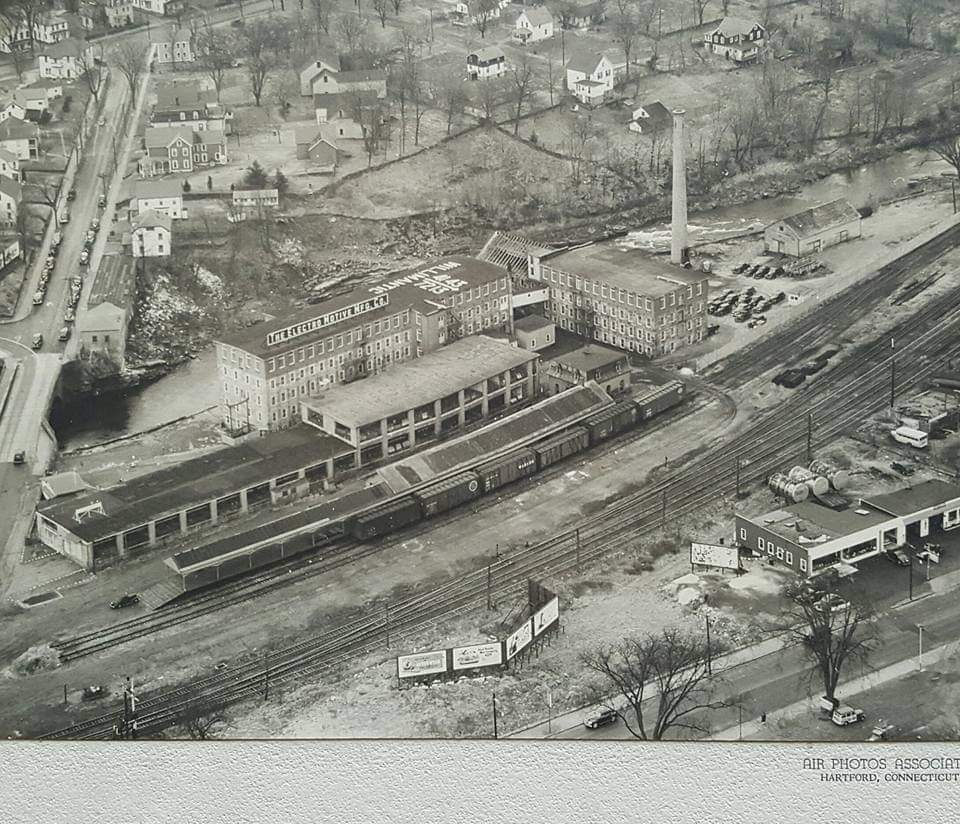
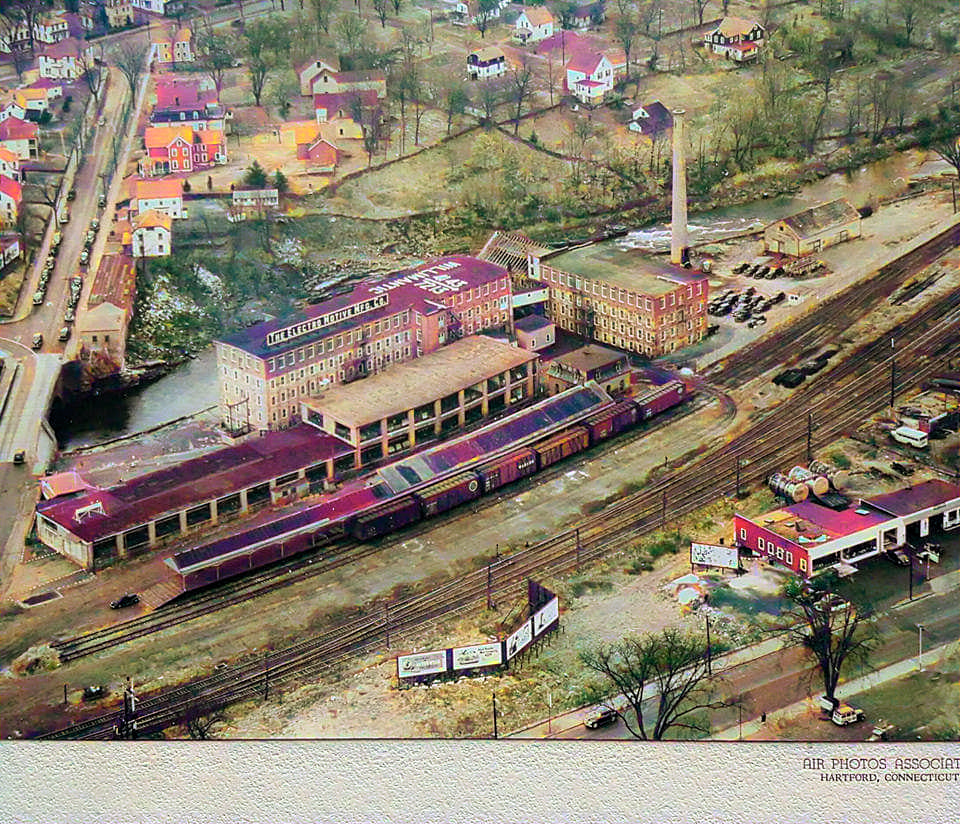 |
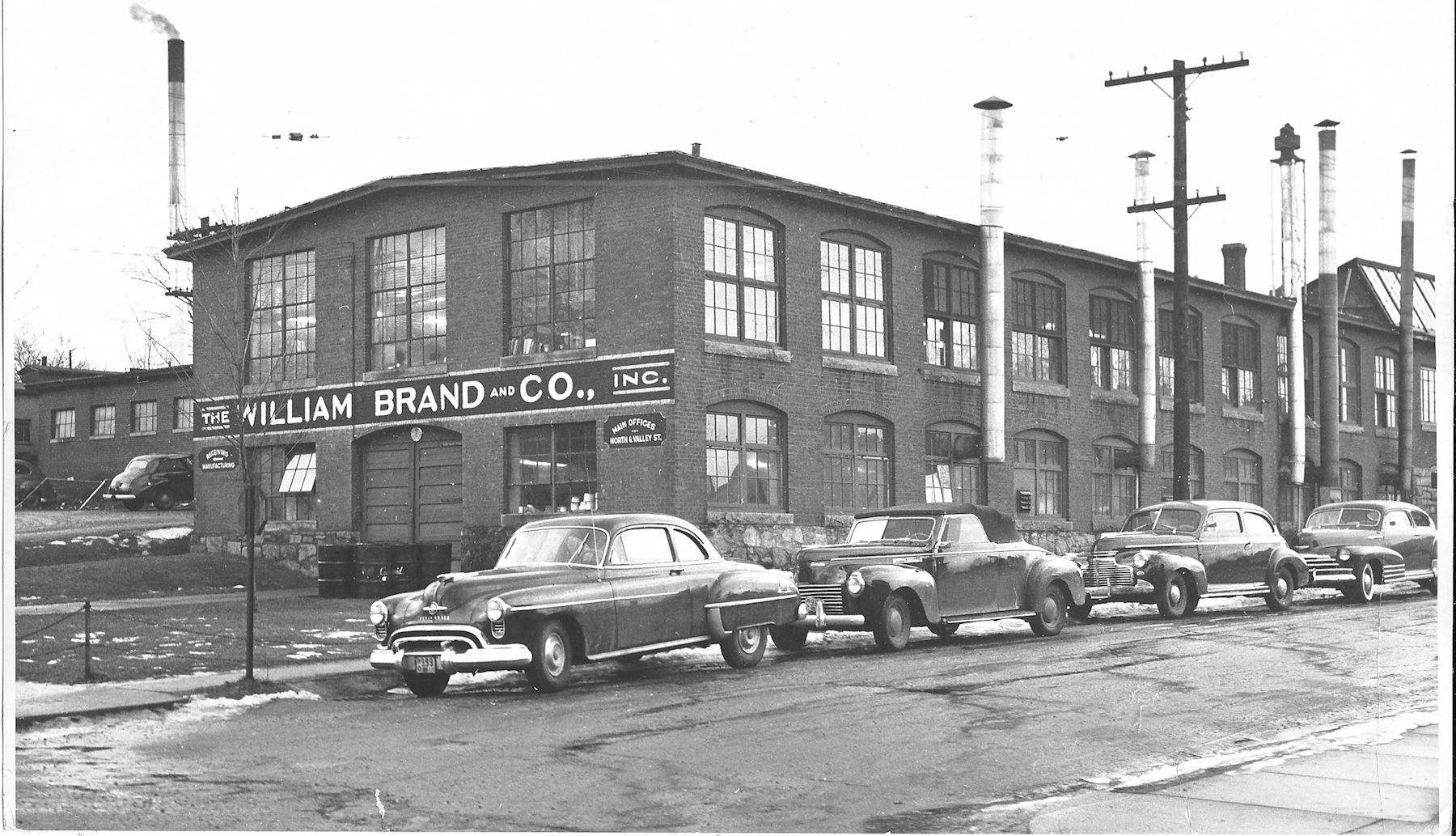
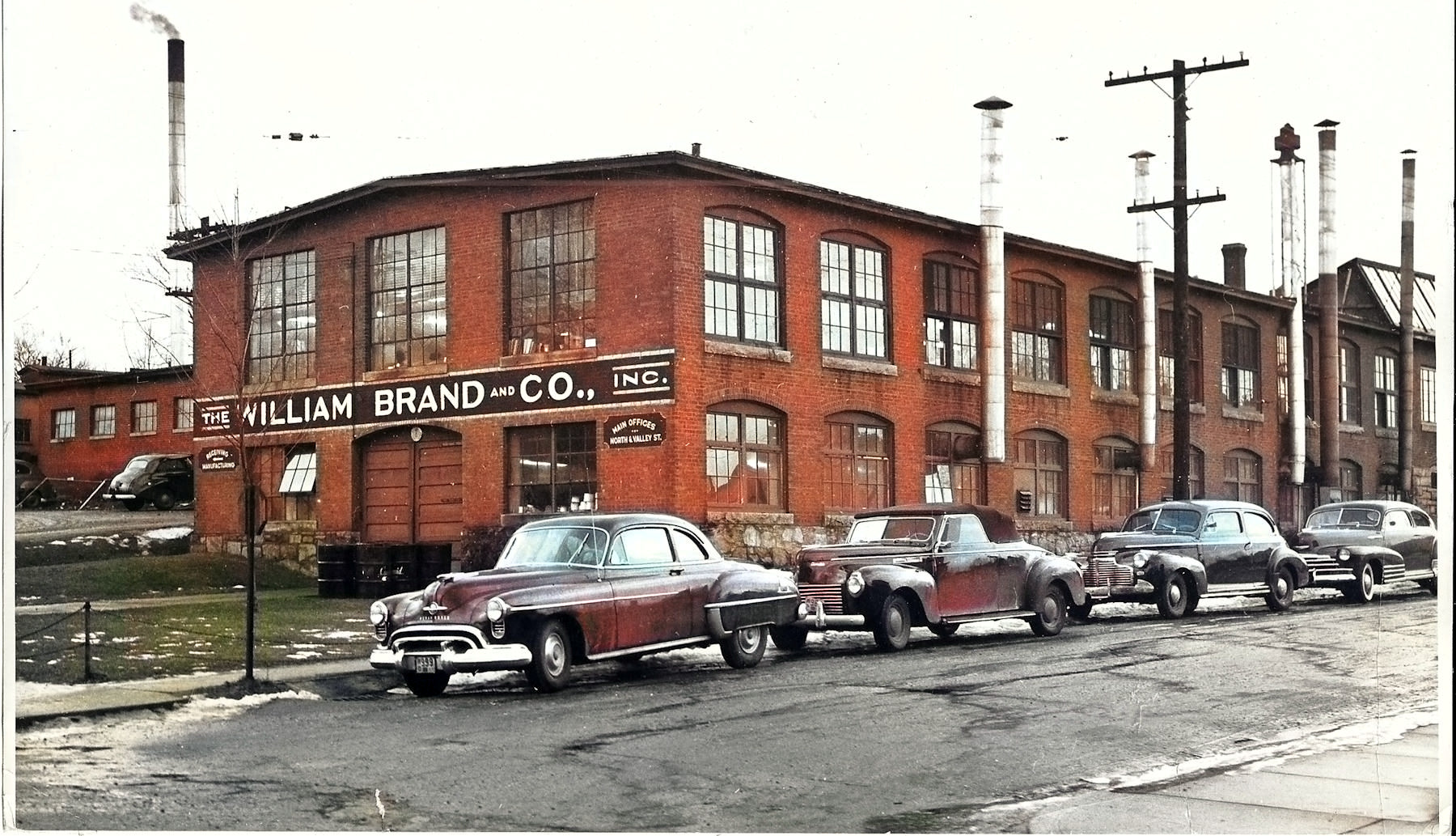
|
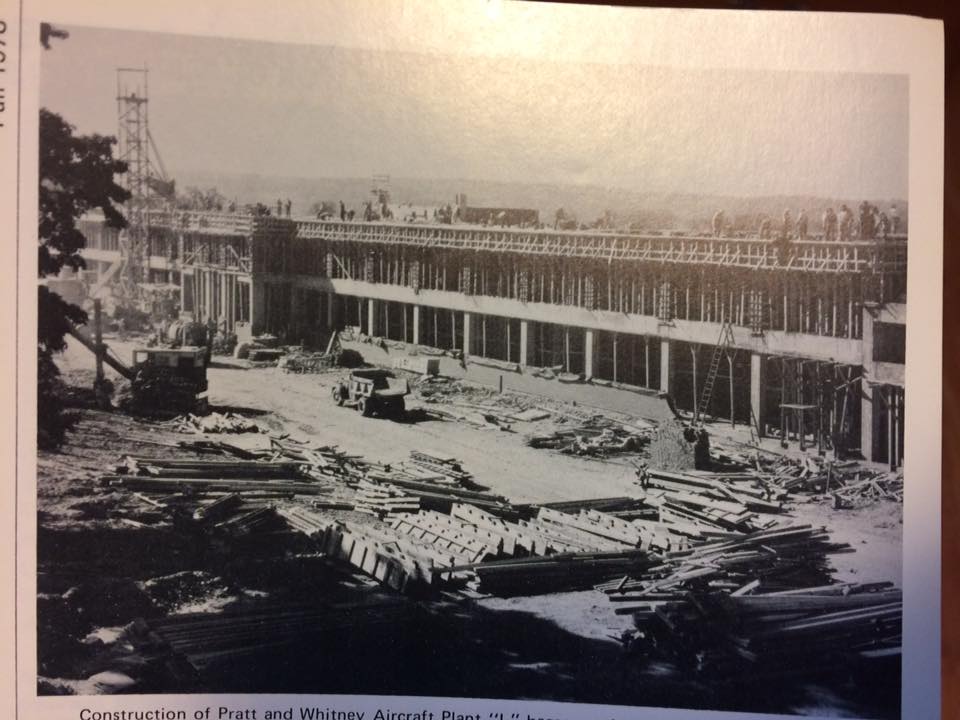
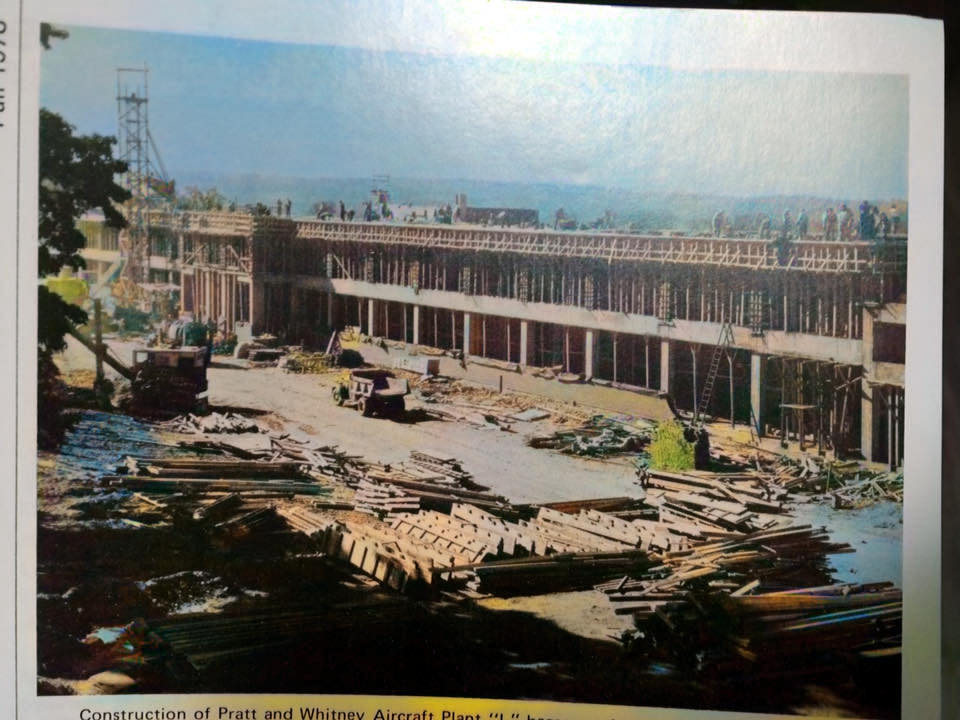 |
| |
|
|
|
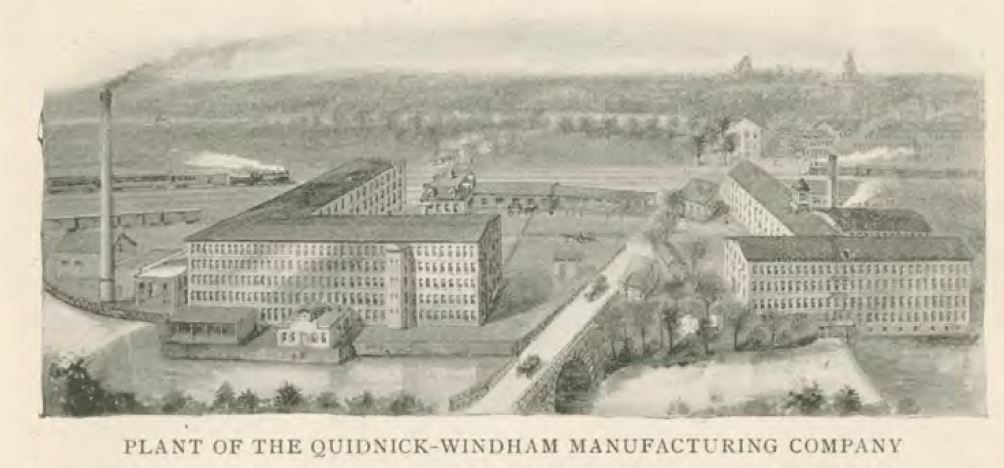
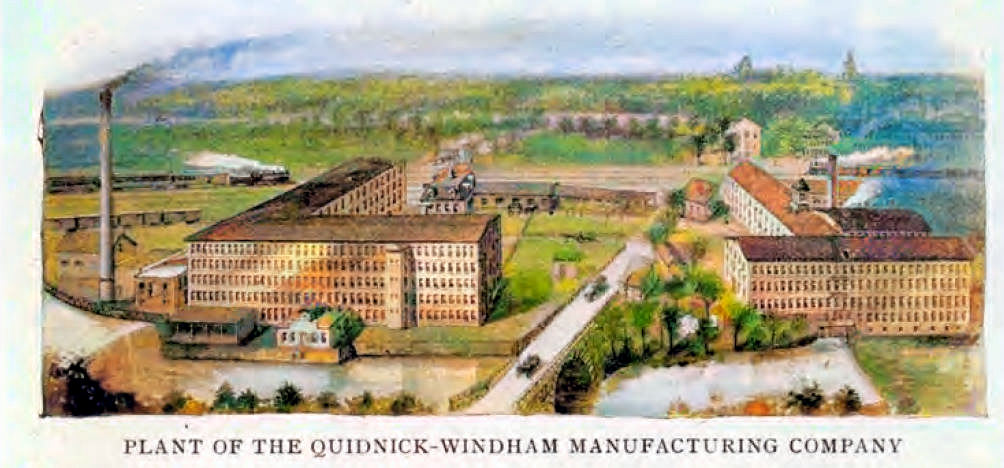 |
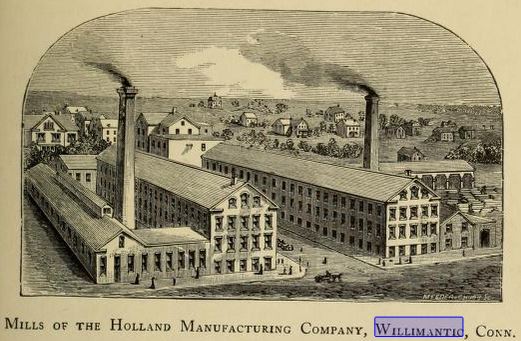
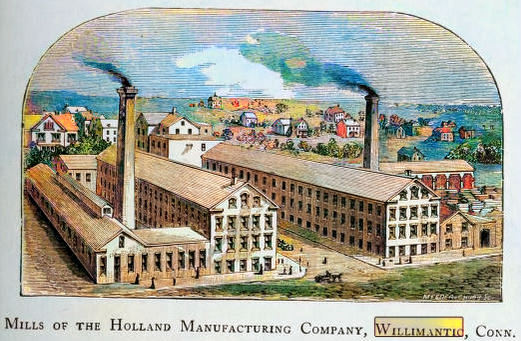 |
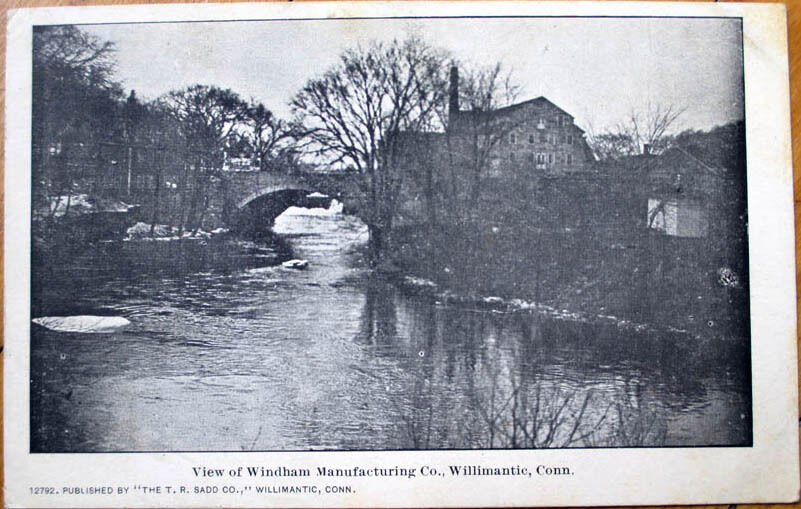
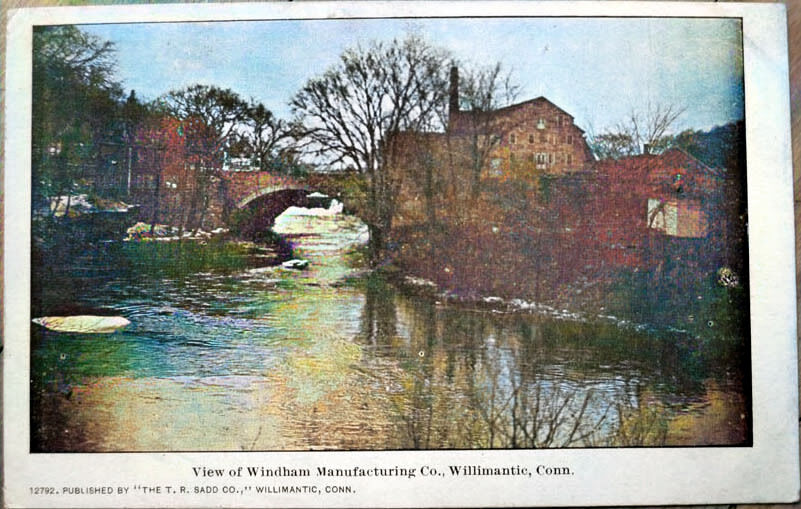 |
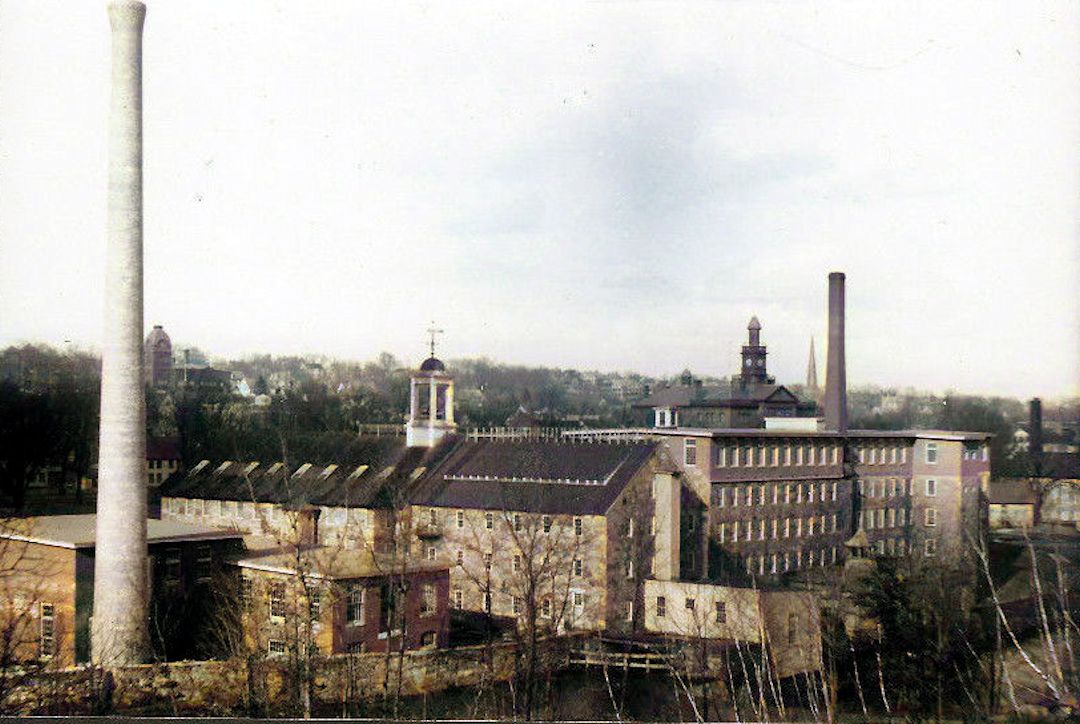 |
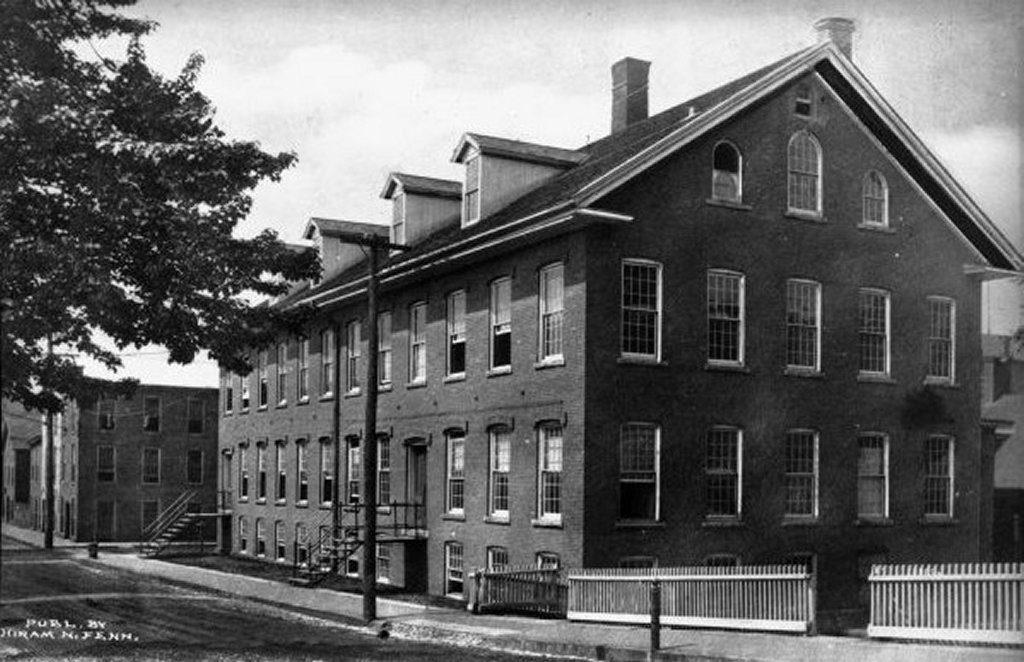
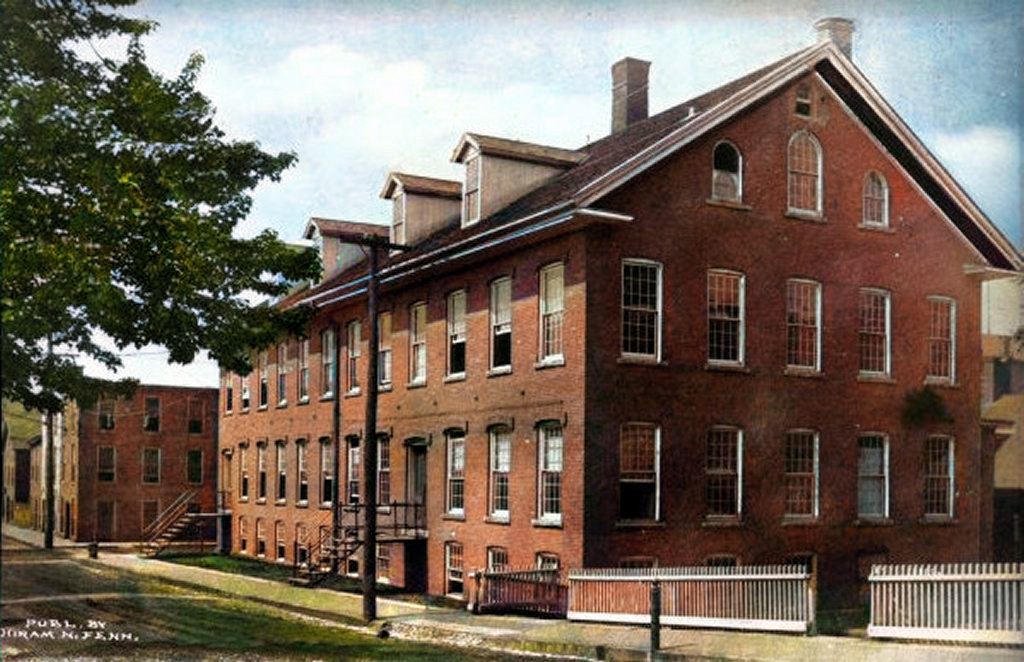 |
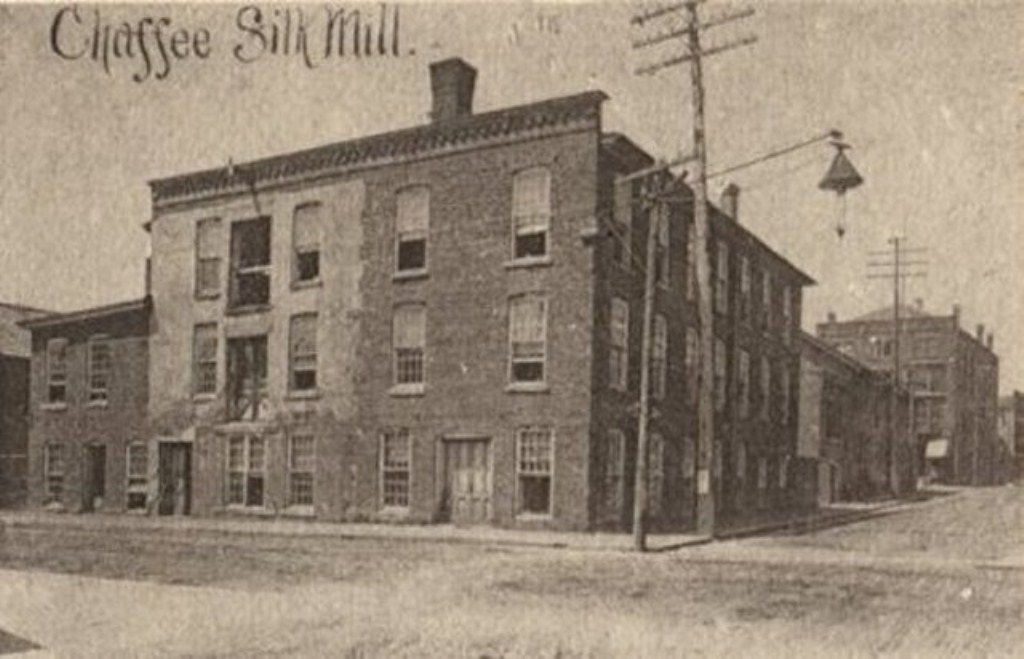
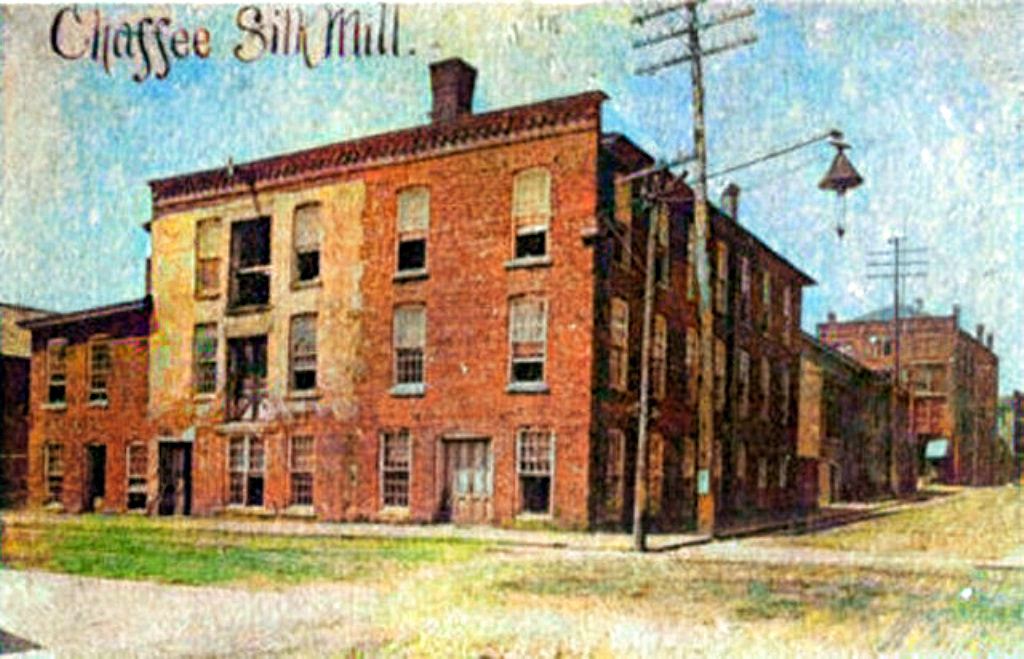 |
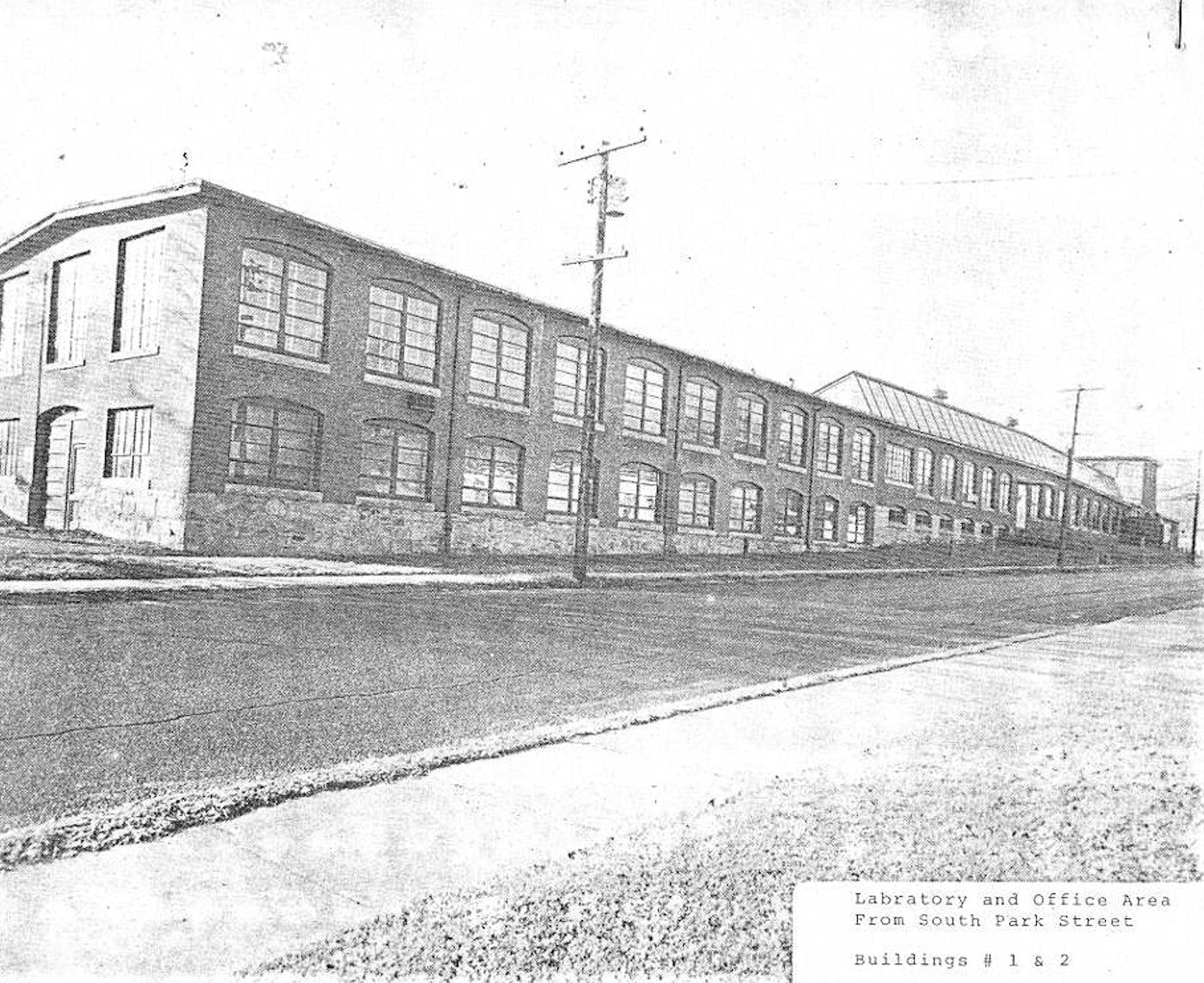
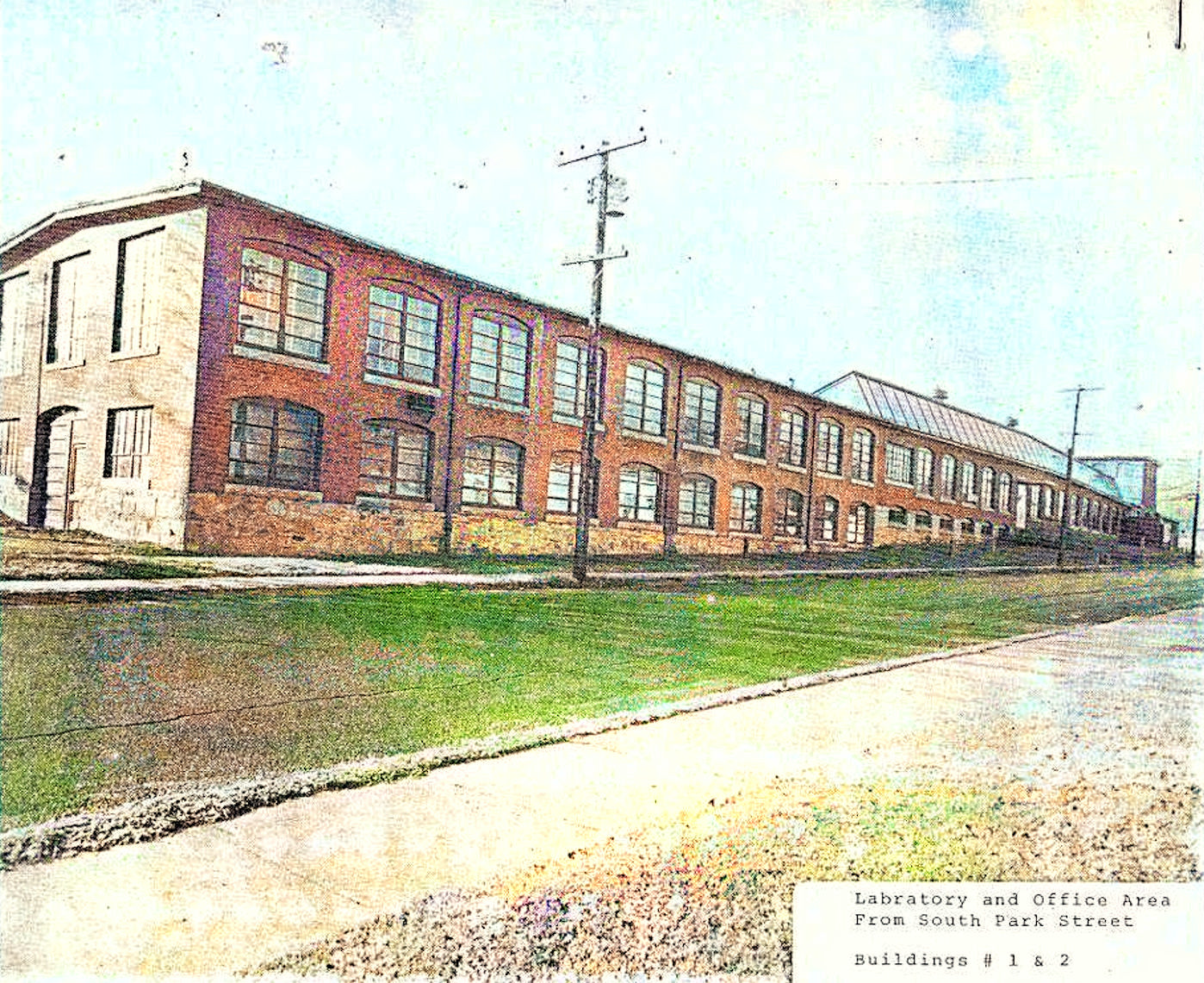 |
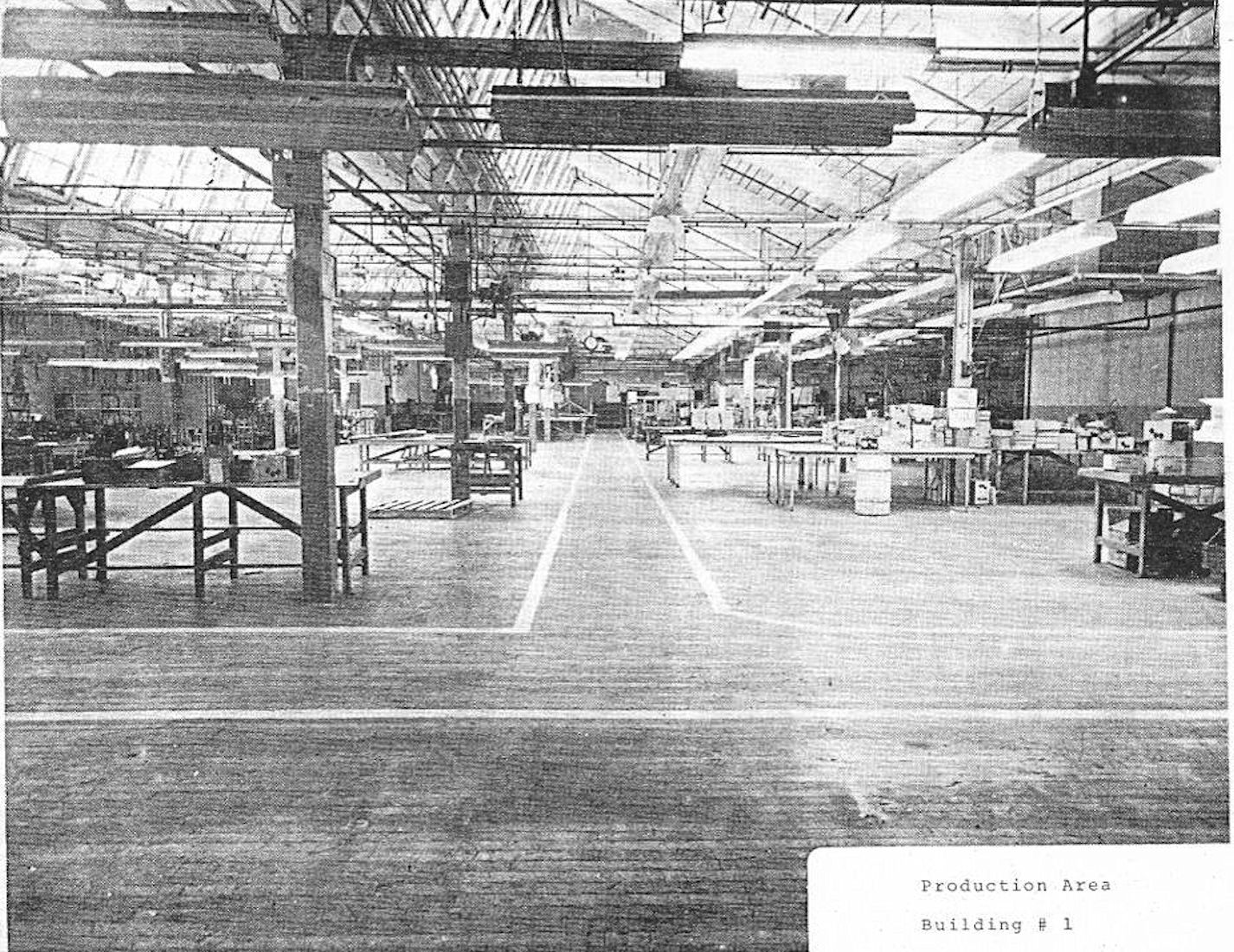
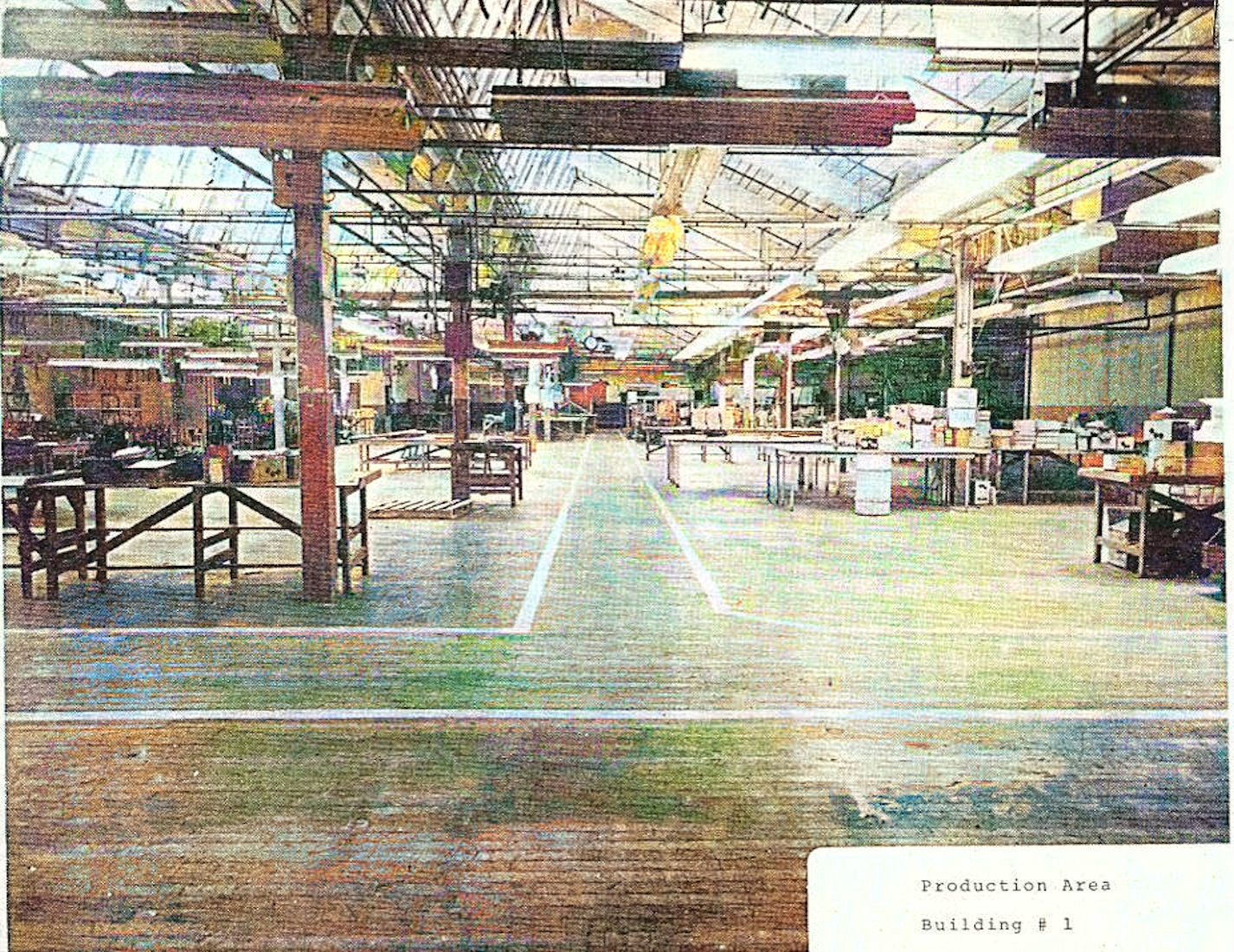 |
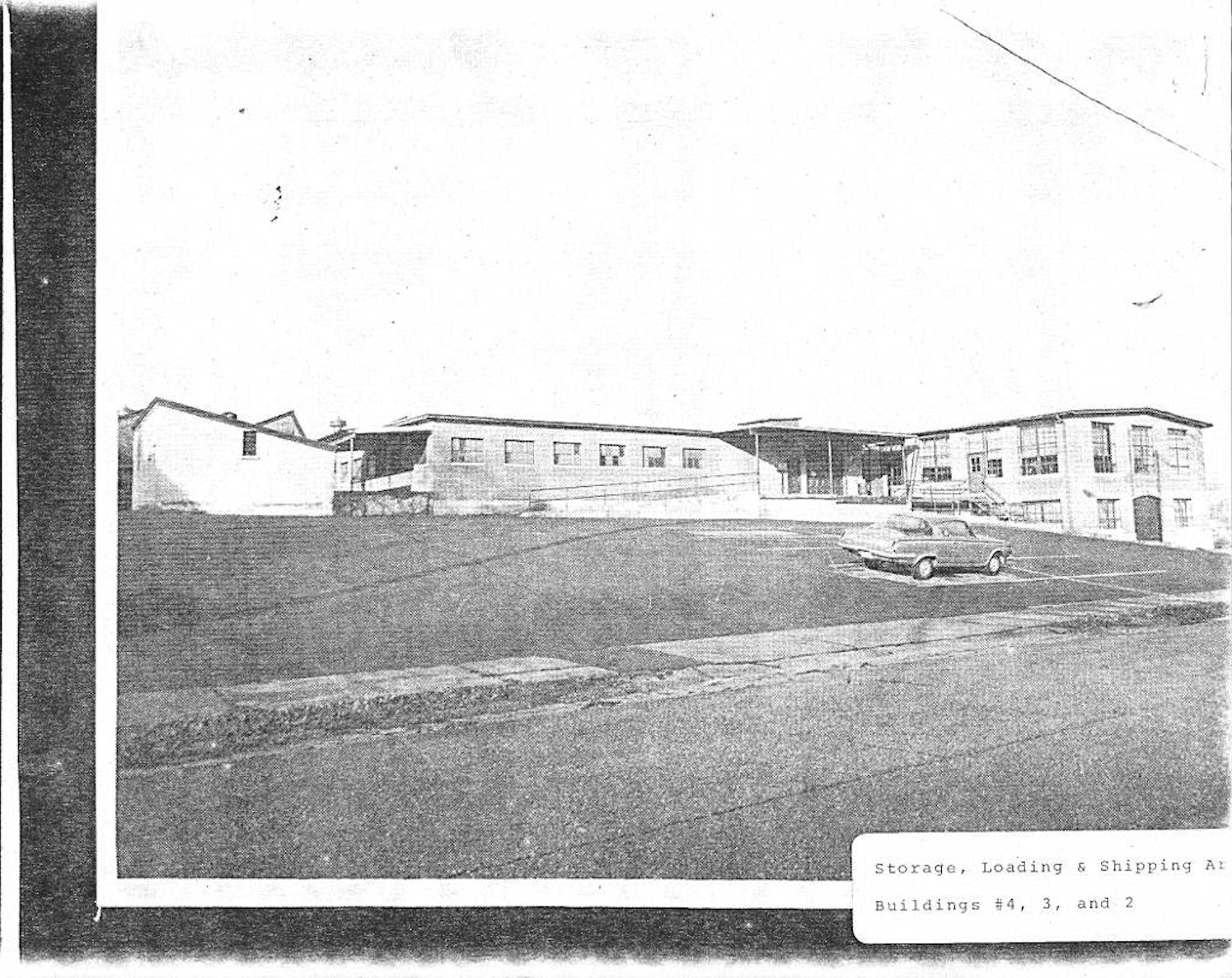
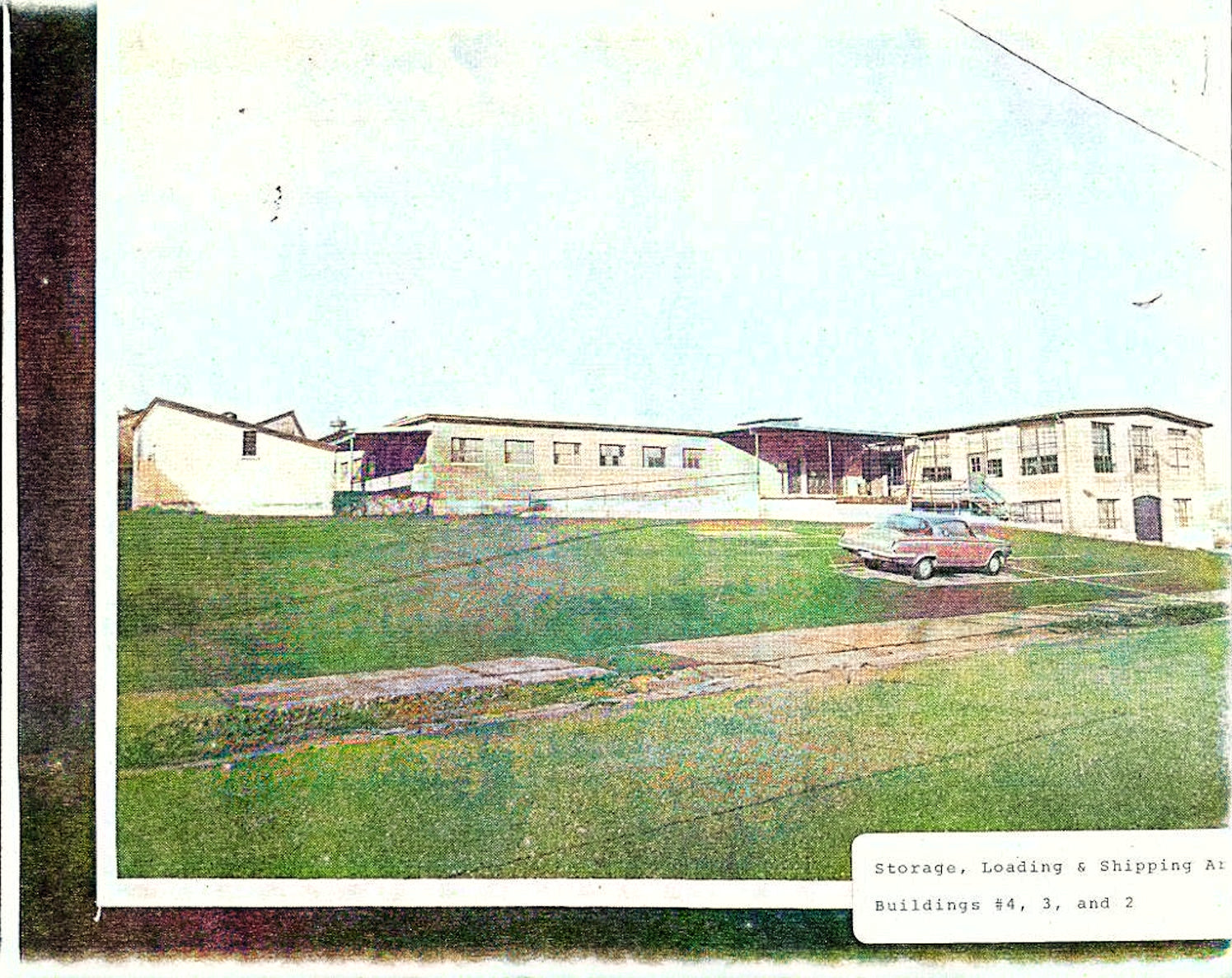 |
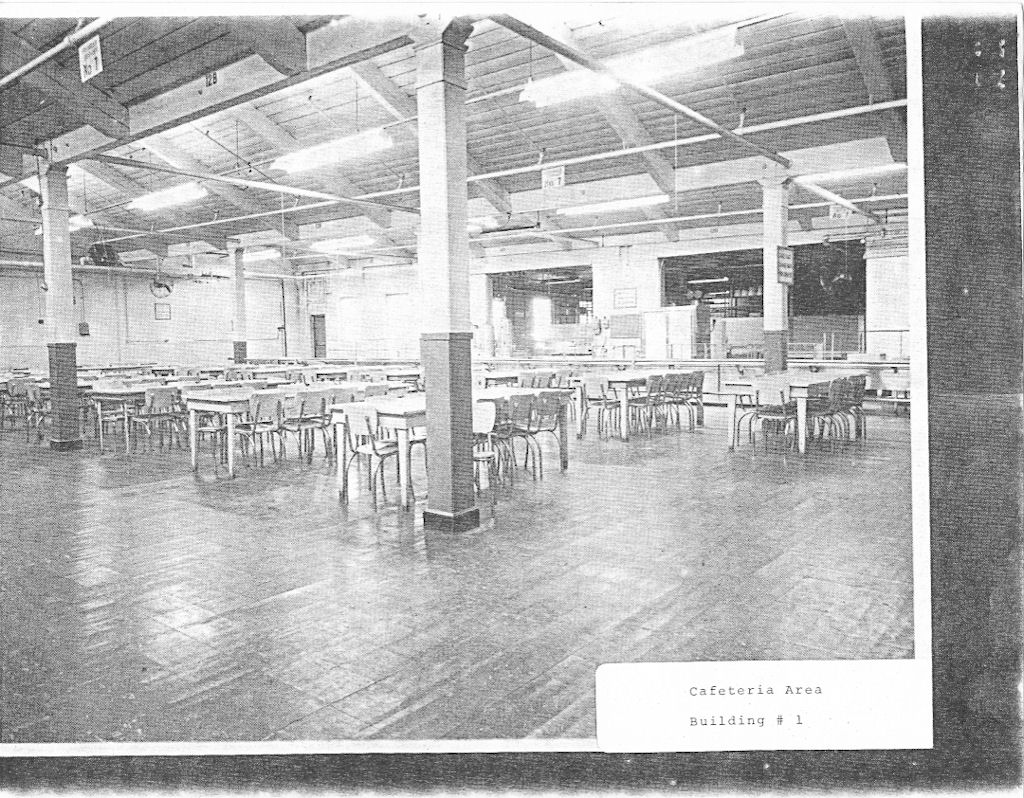
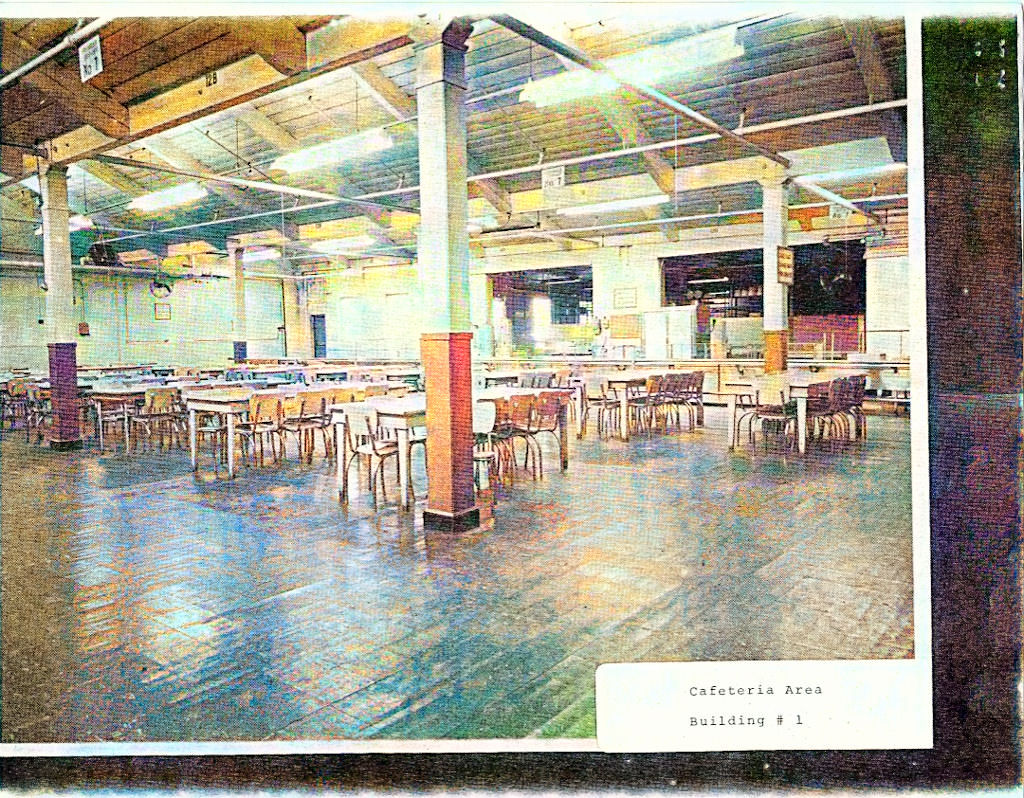 |
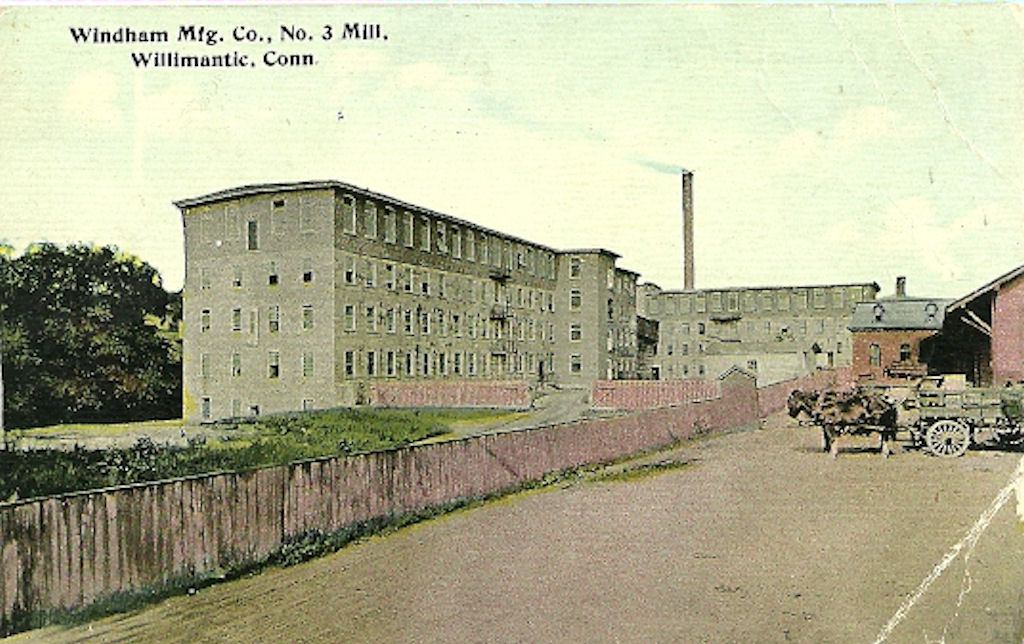
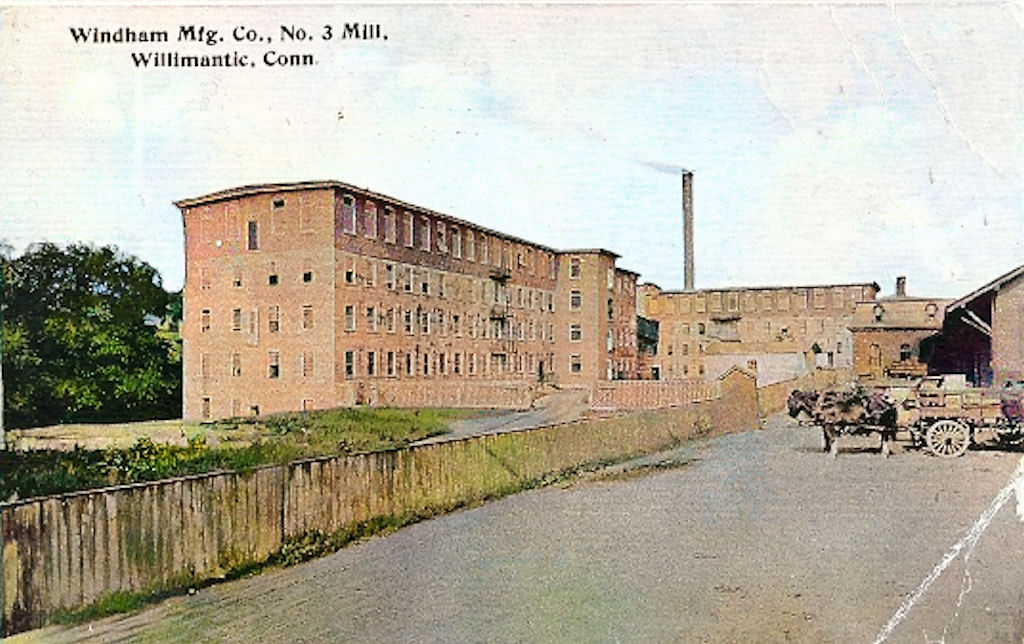 |
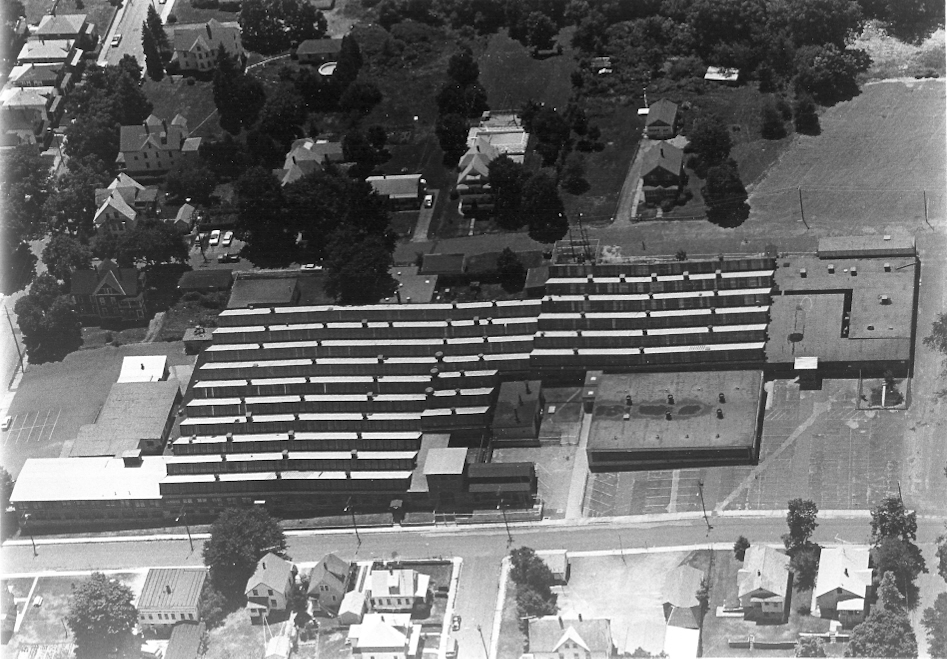
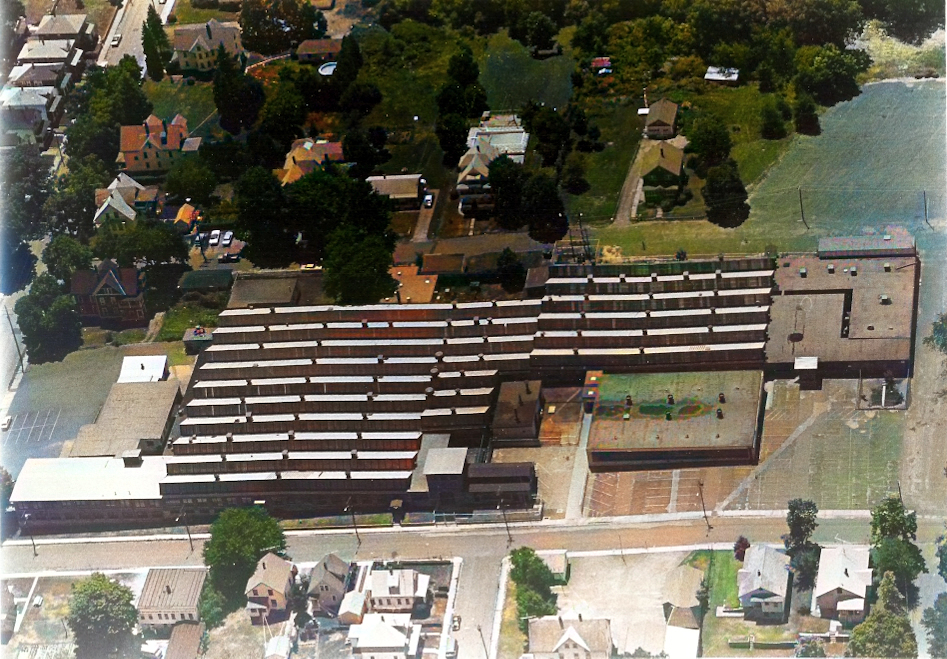 |
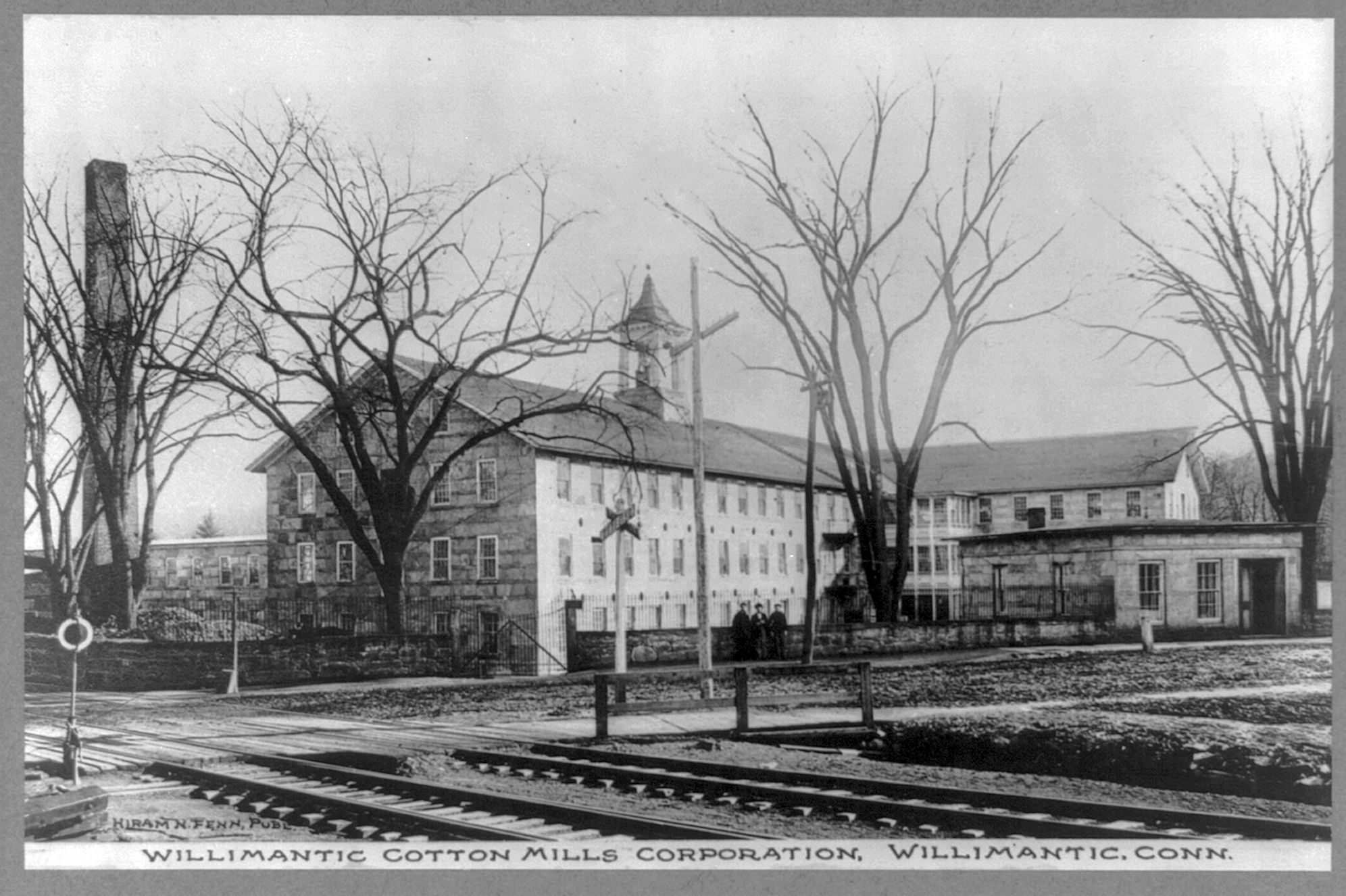
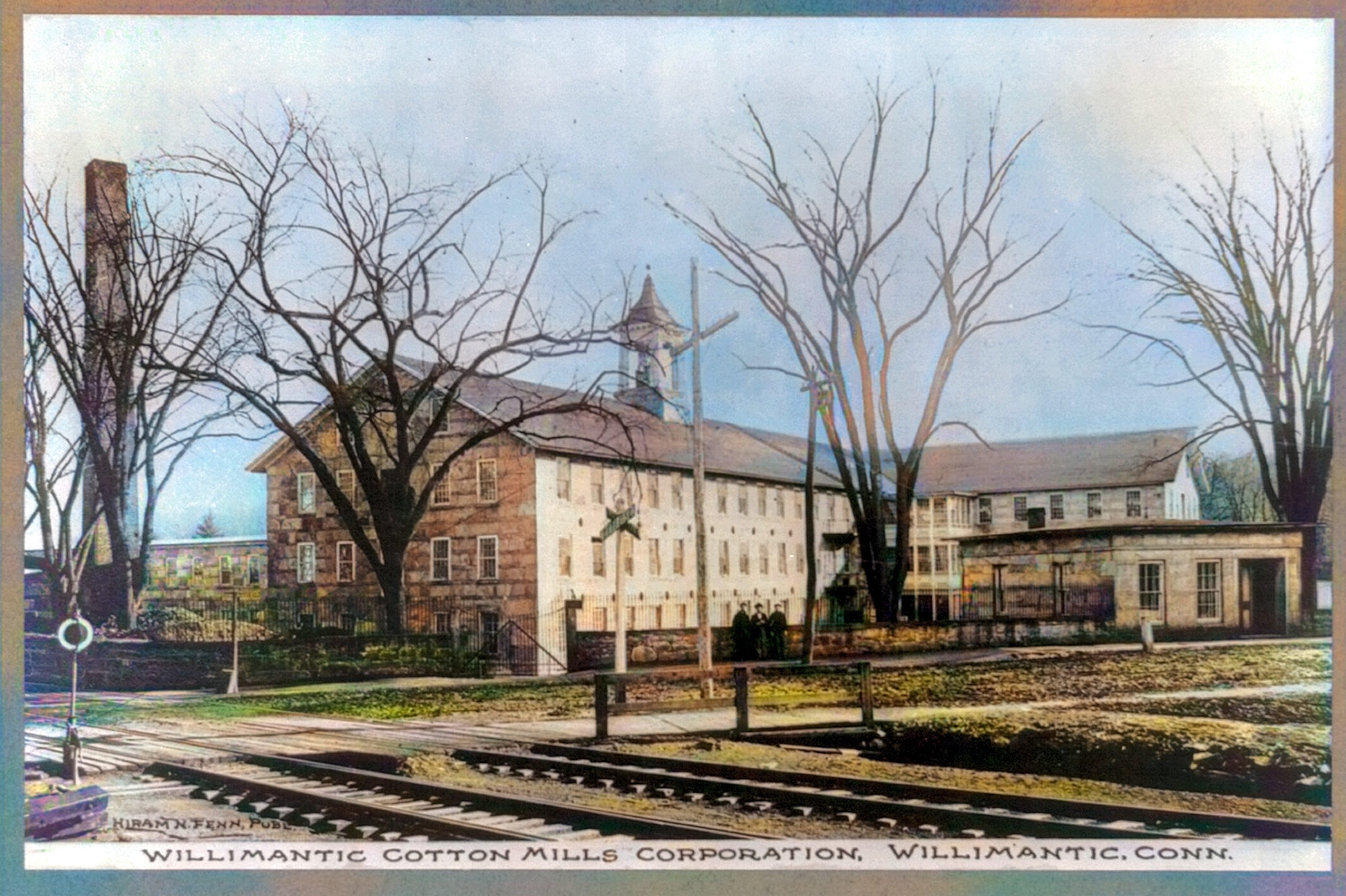 |

American Screw |
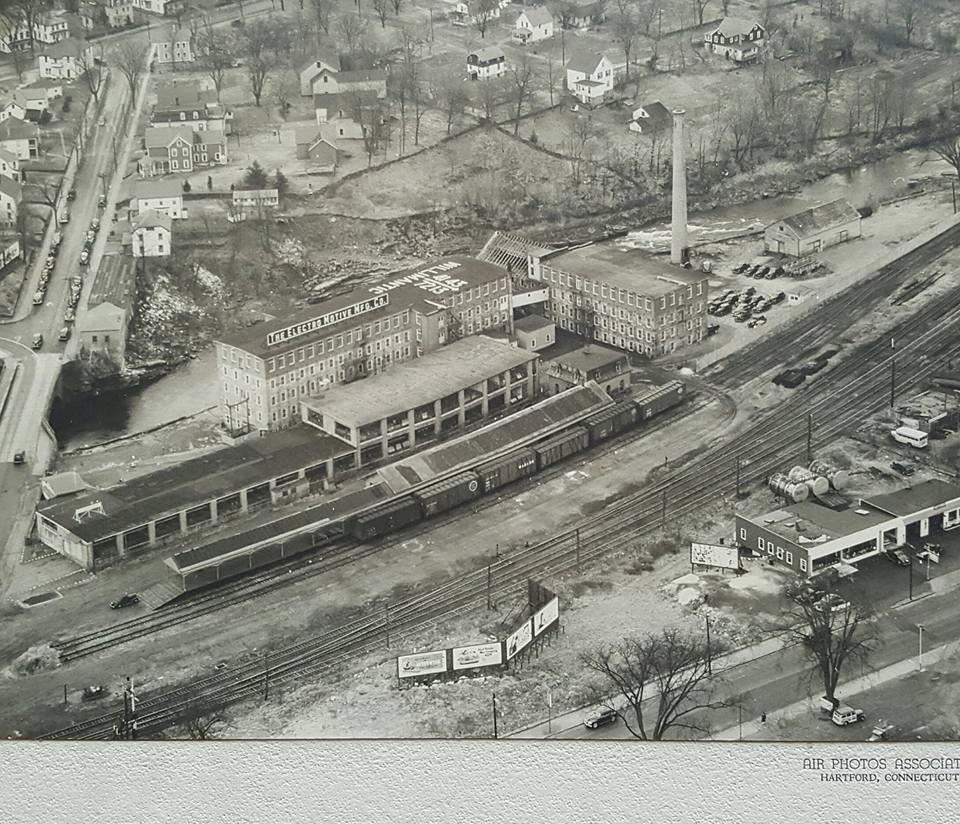 |
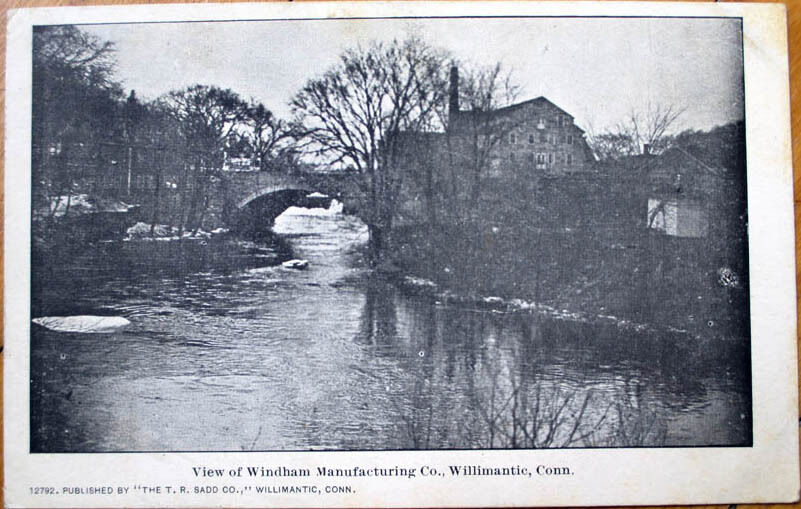
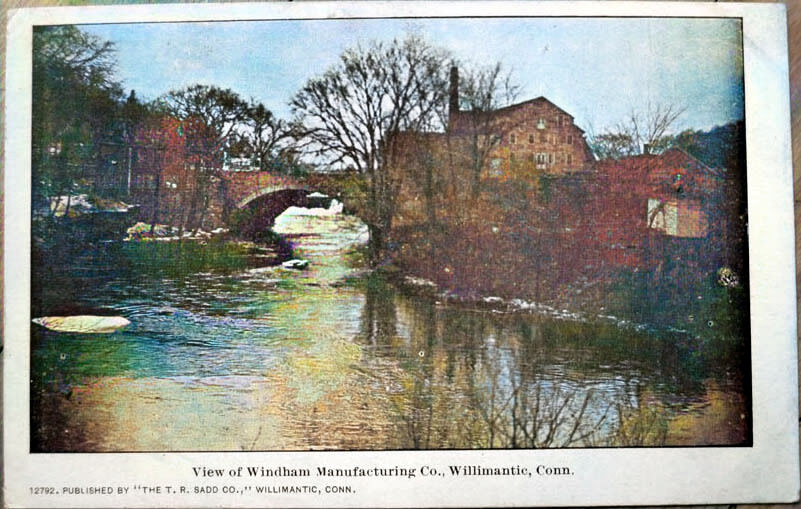 |
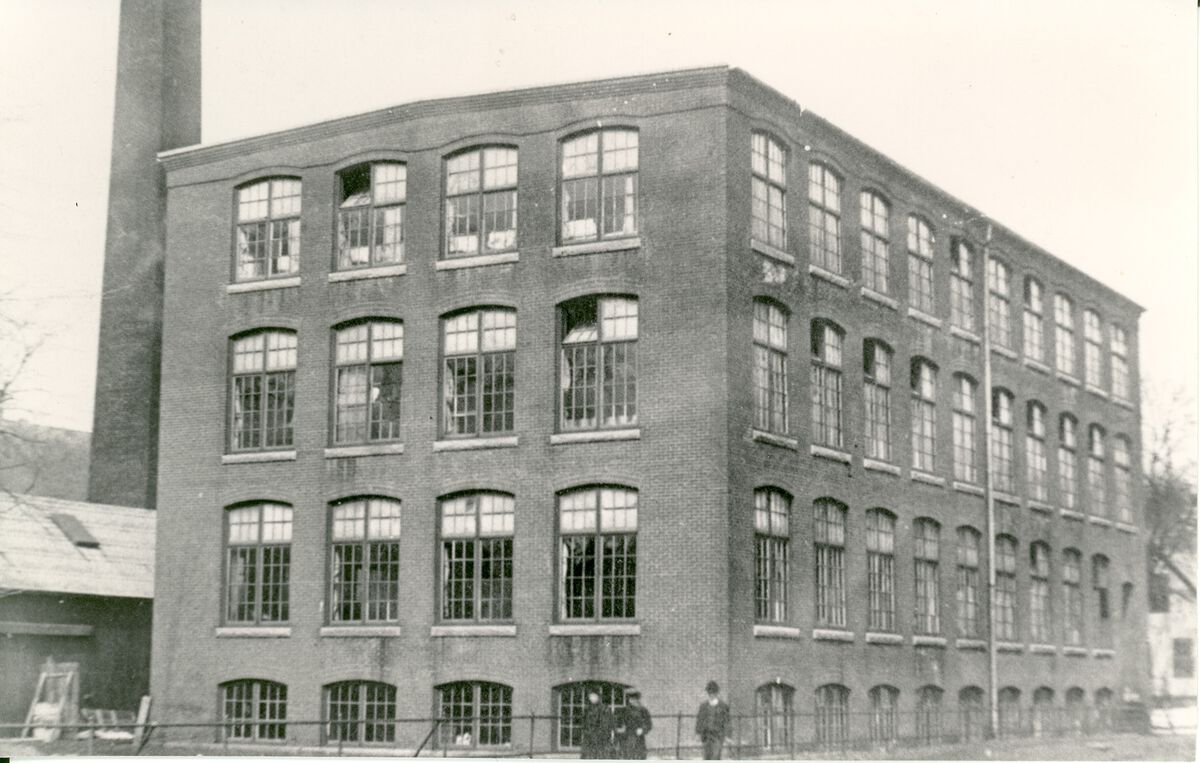 |
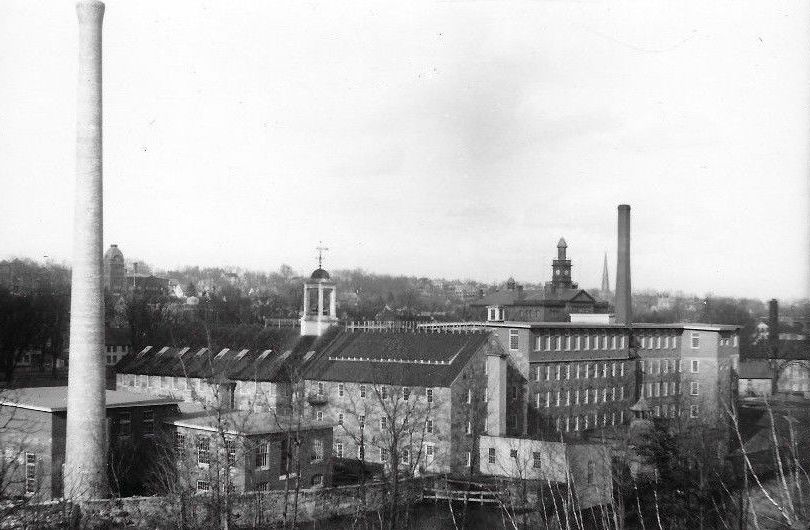
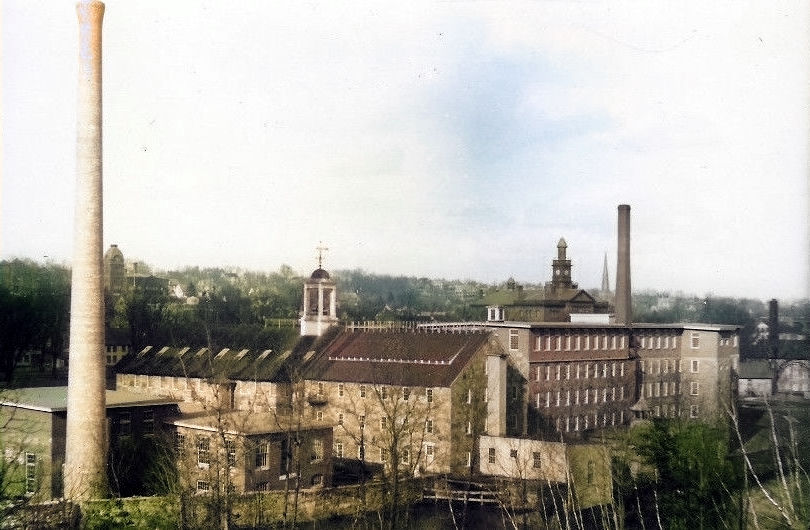
Quidnick Mfg.
Photo courtesy Butch Ives |
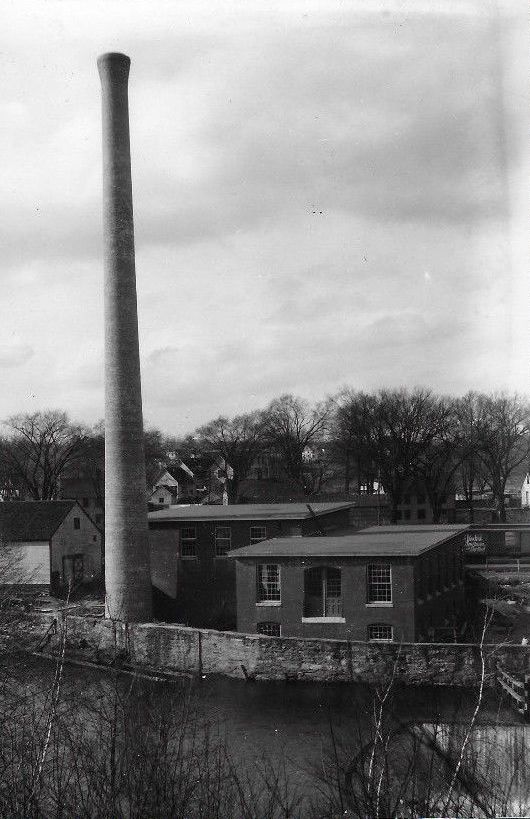 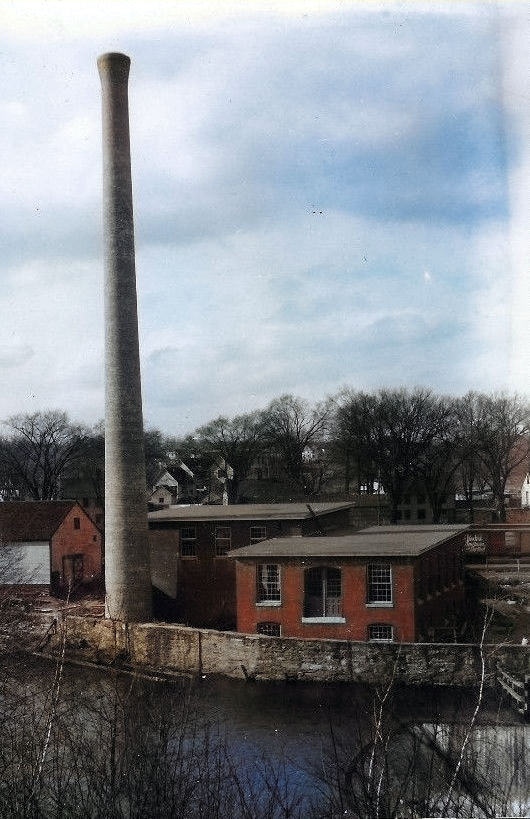
Quidnick Mfg.
Photo courtesy Butch Ives |
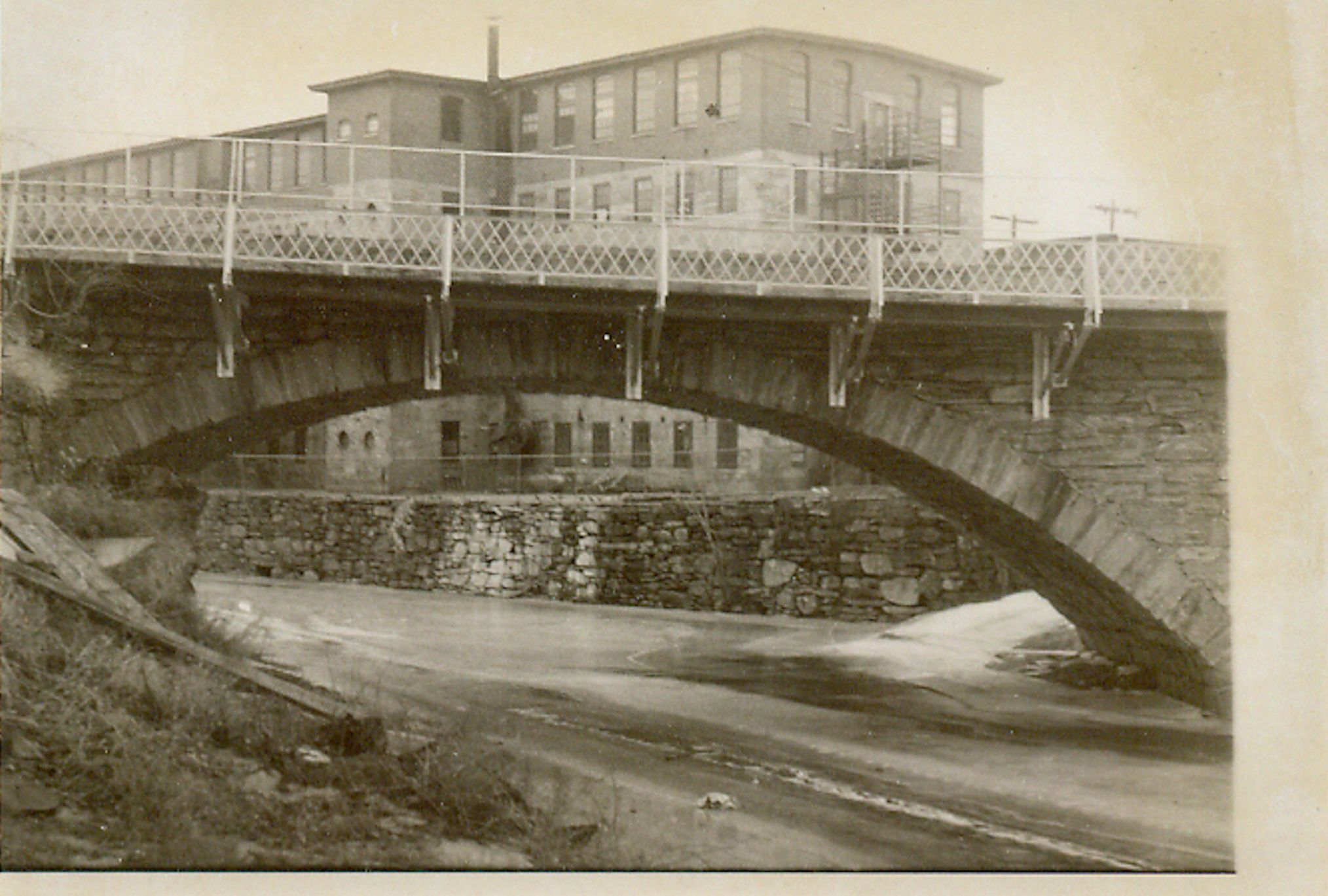
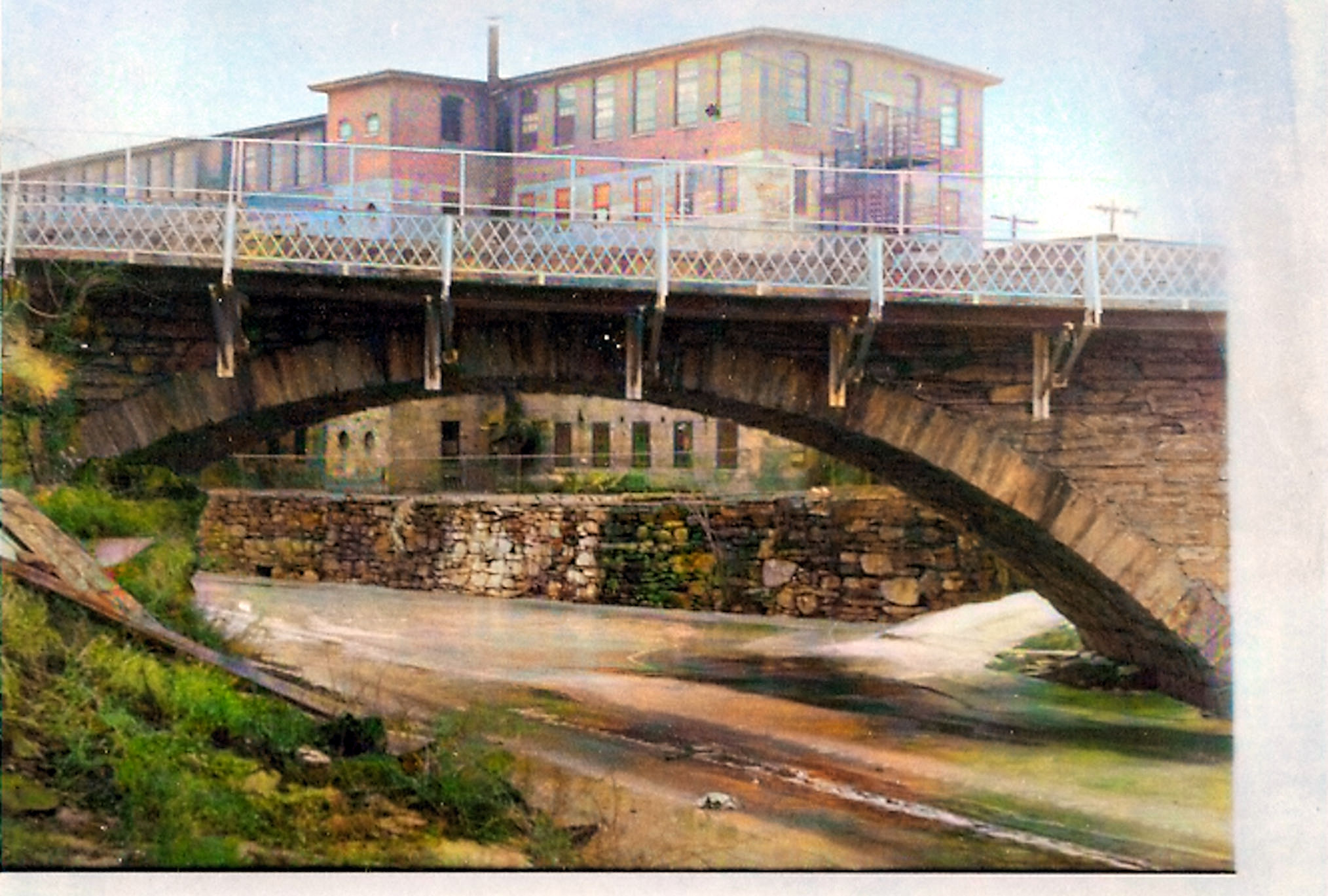 |